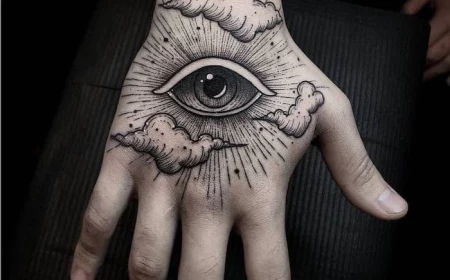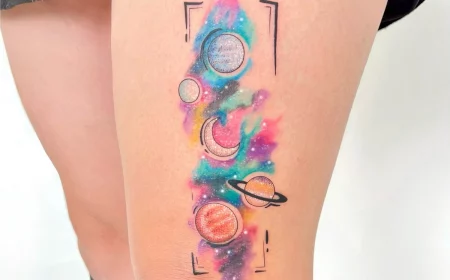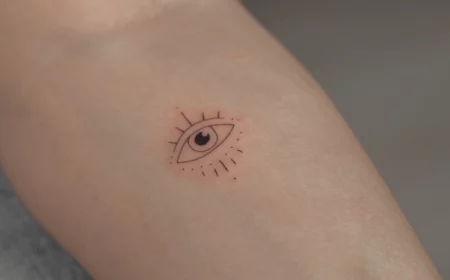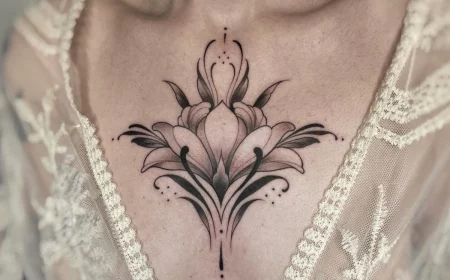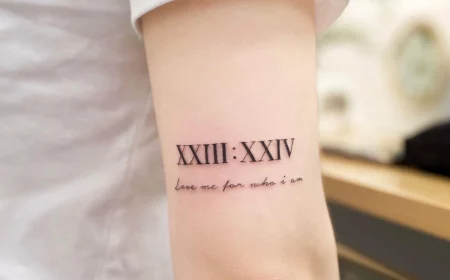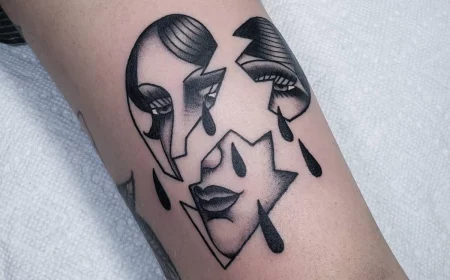Thinking About a Tattoo? Here’s Everything You’re Afraid to Ask
I’ve been in the tattoo world for a long time, well over a decade now. I’ve seen tiny, delicate symbols become the next big thing, and I’ve spent countless hours on massive, colorful back pieces. But the one thing that never, ever changes is the look on a person’s face when they see their finished tattoo in the mirror for the first time. It’s this wild mix of relief, excitement, and just a little bit of awe. And it should be! This is a piece of art you’re going to carry with you forever.
In this article
My goal here isn’t to show you a gallery of trendy designs—you can find that anywhere online. Instead, I want to walk you through the entire process like you’re sitting in my studio for a real consultation. We’re going to cover the stuff people are often too nervous to ask about: How much does it cost? How bad does it really hurt? And how do you pick a design that will still look amazing decades from now?
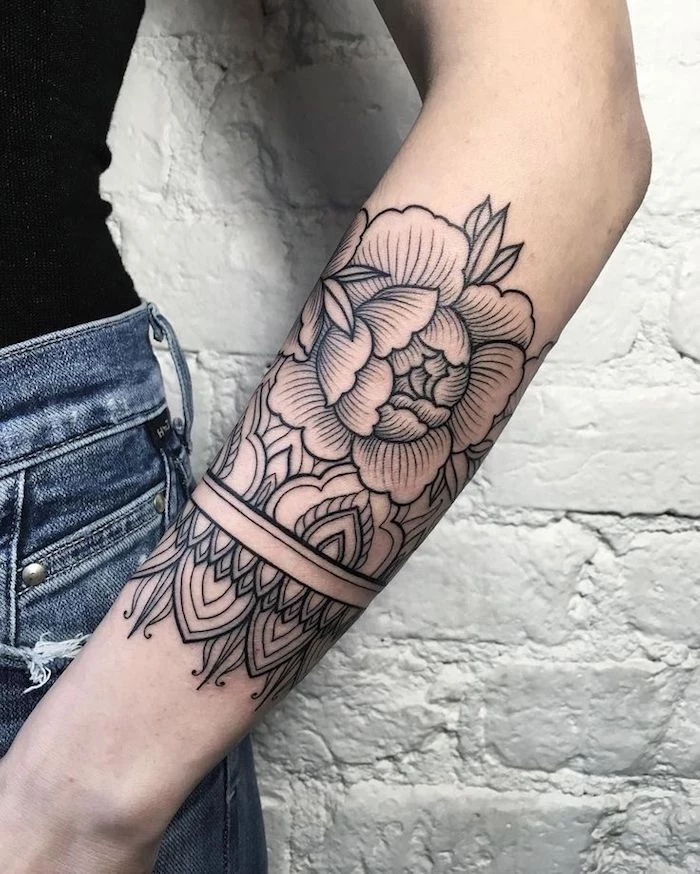
Getting a tattoo is a partnership. This guide will help you be a prepared and informed partner in that process.
First Things First: It’s All About the Canvas
Before you get your heart set on a specific image you found online, it’s super important to understand the canvas we’re working on—your skin. A beautiful drawing on a flat piece of paper won’t always translate perfectly to the human body. Knowing a little bit about how it all works helps you make choices that will look great for the long haul, not just for a few months on social media.
How Tattoos Actually Work
So, when you get a tattoo, the artist is using a machine with super-fine needles to deposit ink into the dermis, which is the stable layer of skin just below the surface layer (the epidermis). The epidermis is constantly shedding, so if the ink only went there, your tattoo would literally flake away in about a month.
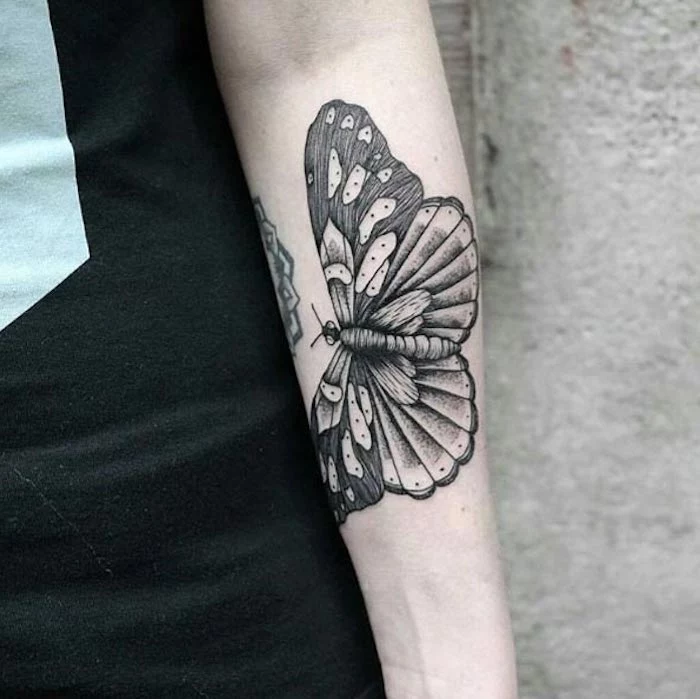
This process creates thousands of tiny puncture wounds, and your body’s immune system immediately kicks into gear. It sends out special cells to clean up the foreign invaders—in this case, the ink particles. But here’s the cool part: the ink particles are too large for these cells to break down. So, the cells basically engulf the ink and then just… get stuck there, locked in the dermis forever. That’s what you’re seeing from the outside. It’s a permanent feature because your body has contained it, not eliminated it.
This is also why your skin type matters. I’ve worked on very dry skin that can be tougher to saturate with color, and oily skin that can make it tricky for a stencil to stick. Older, thinner skin requires a much lighter touch. And heads up: sun-damaged skin is a big factor, as it can cause ink to spread or ‘blow out’ more easily. A good artist will always take a look at your skin and adjust their approach.
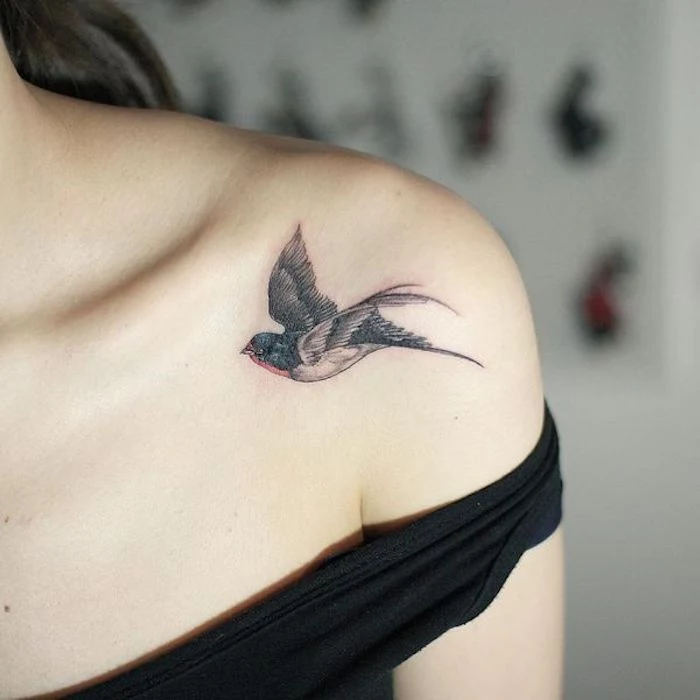
Matching Your Design to Your Body
Honestly, the biggest mistake I see clients make is falling in love with a design without thinking about where it will go. A long, straight-line design that looks amazing on a forearm can look warped and weird wrapped around a calf. A super-detailed circular design needs a relatively flat plane, like your back or chest, to be seen properly.
Think about your body’s natural lines. A design with a lot of movement, like a snake or a dragon, can look absolutely incredible when it follows the curve of a hip or wraps around an arm. It creates a sense of flow and makes the tattoo look like it truly belongs there. When a client isn’t sure about placement, I often print the design in a few different sizes. We’ll stick them on the body and see how the design moves when they walk and turn. A tattoo doesn’t just exist in a static photo; it lives on a moving, breathing person.
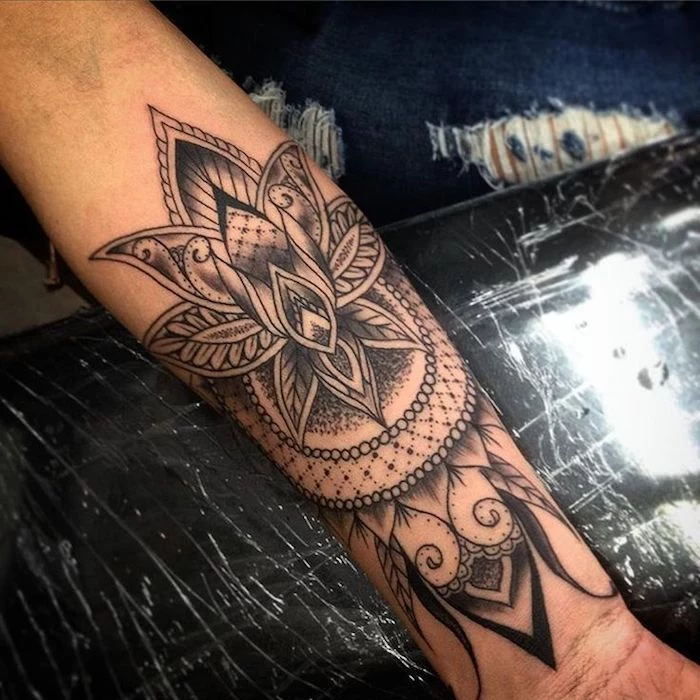
Finding Your Artist and Nailing the Design
Once you have a general idea, the single most important step is finding the right artist. Don’t just look for a tattoo shop; focus on finding a specific artist whose work makes you say, “Wow, I need that.”
How to Properly Vet an Artist
An artist’s portfolio is their entire resume. You can usually find it on their social media or personal website. When you’re looking, don’t just focus on the subject matter—pay close attention to the technical quality.
Here’s what the pros look for:
- Solid, Clean Lines: Are the outlines smooth and consistent? They shouldn’t be shaky, blurry, or have weird gaps in them.
- Smooth Shading: Whether it’s black and grey or color, the shading should have beautiful, seamless transitions. It shouldn’t look patchy or blotchy.
- Rich Color Saturation: If there’s color, is it bright and fully packed into the skin? You shouldn’t see any little empty spots, which we call ‘holidays.’
- Healed Photos (This is a big one!): A fresh tattoo will almost always look bold and dark. A healed tattoo shows the artist’s real skill. After a month or two, did the lines hold their sharpness? Is the color still vibrant? An artist who proudly posts healed work is showing you they’re confident in the longevity of their tattoos.
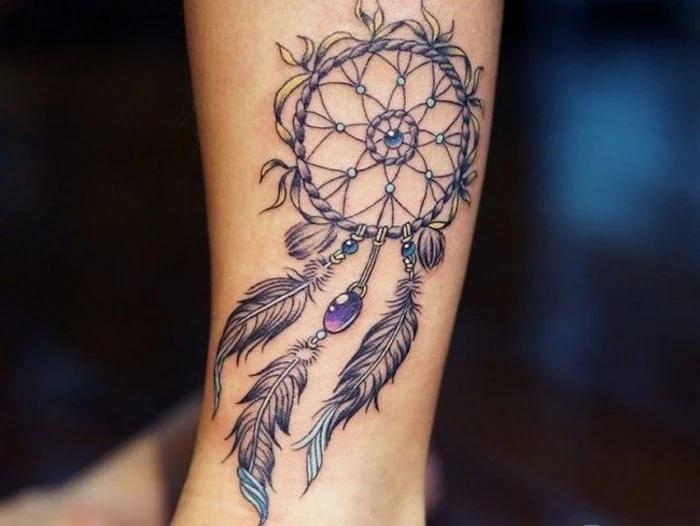
The Consultation: What to Expect (and What to Avoid)
A good consultation is a conversation, a creative collaboration. Bring your reference images, but be open to the artist’s input. A professional knows what will work as a tattoo. They might suggest changing the composition for better flow or simplifying a design that’s too cluttered to age well.
By the way, here are some red flags to watch out for during this process:
- An artist who bad-mouths other artists or shops.
- Someone who pressures you to put down a deposit on the spot without giving you time to think.
- An artist who agrees to everything you say without offering any professional feedback. That can be a sign of inexperience or just not caring about the final product.
- Refusing to show you photos of their HEALED work. This is the biggest red flag of all.
A good artist wants you to be 100% happy. I once spent a full 30 minutes with a client just repositioning a tiny bird stencil on her shoulder until it felt perfect to her. That time is always worth it.
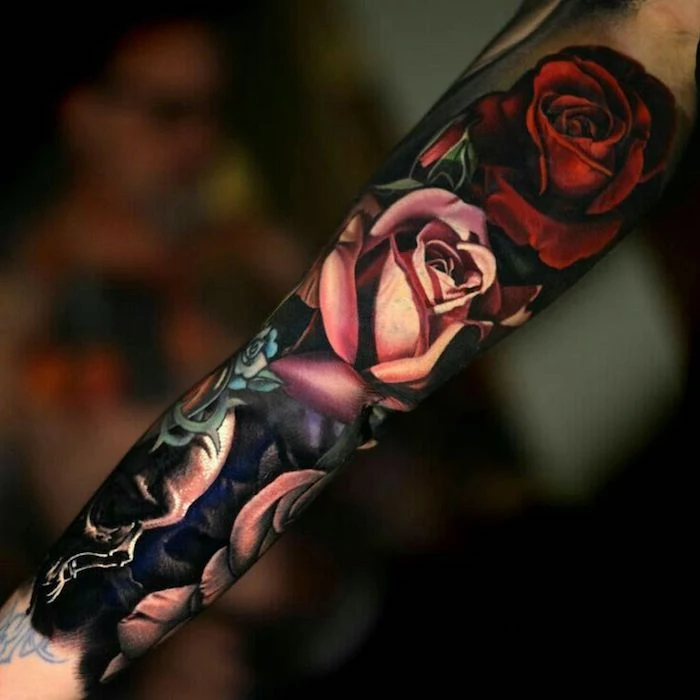
Let’s Talk Money (Finally!)
Okay, let’s get into the topic everyone is thinking about but is often too polite to ask. How much does this cost?
First off, nearly every reputable shop has a shop minimum. This is the absolute minimum they will charge you, even for a tiny dot. It covers the cost of a brand new, sterile setup (needles, ink, gloves, etc.). Expect this to be anywhere from $100 to $150. So no, you can’t get a
Inspiration Gallery
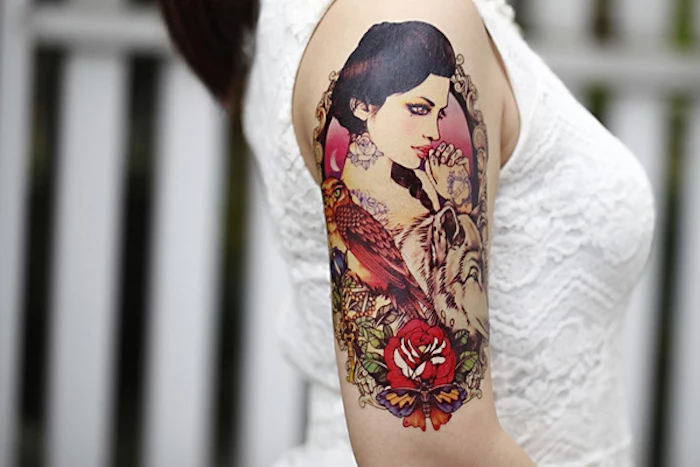
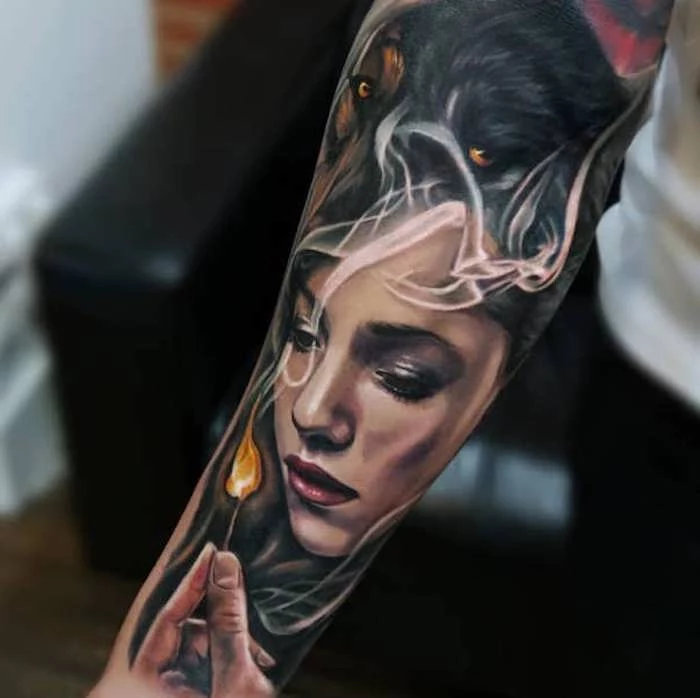
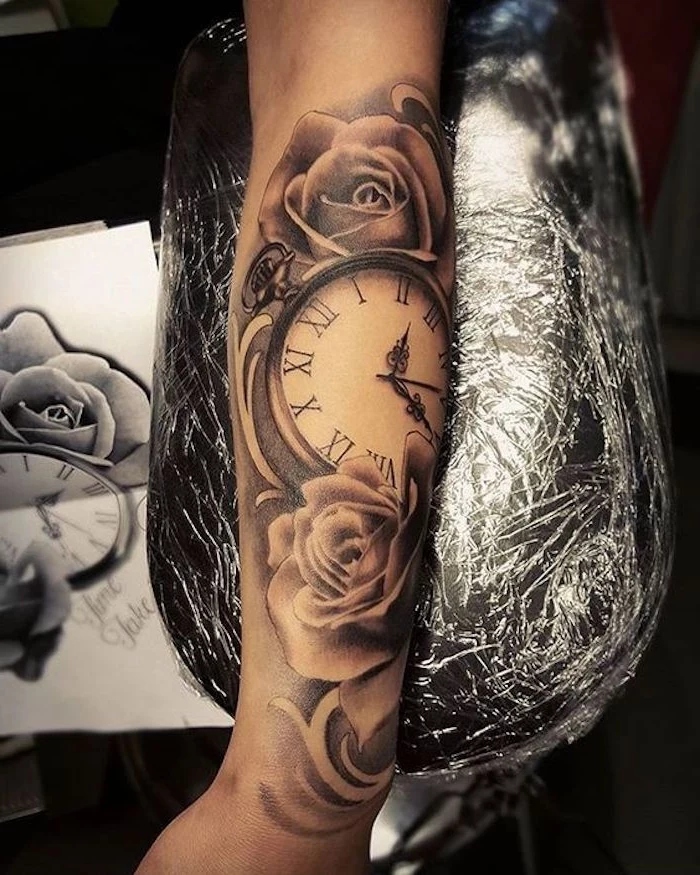
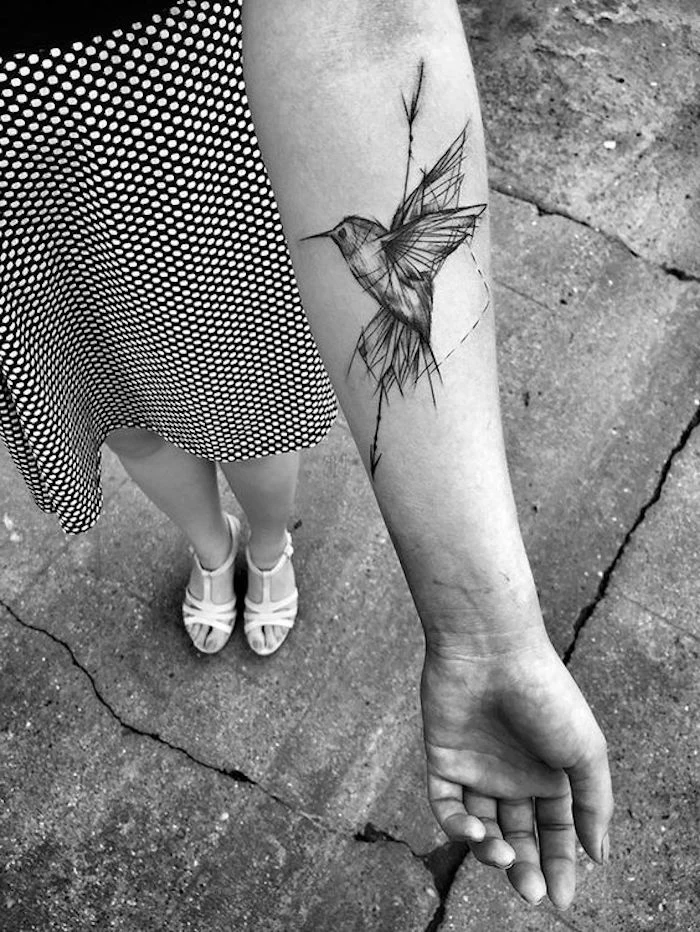
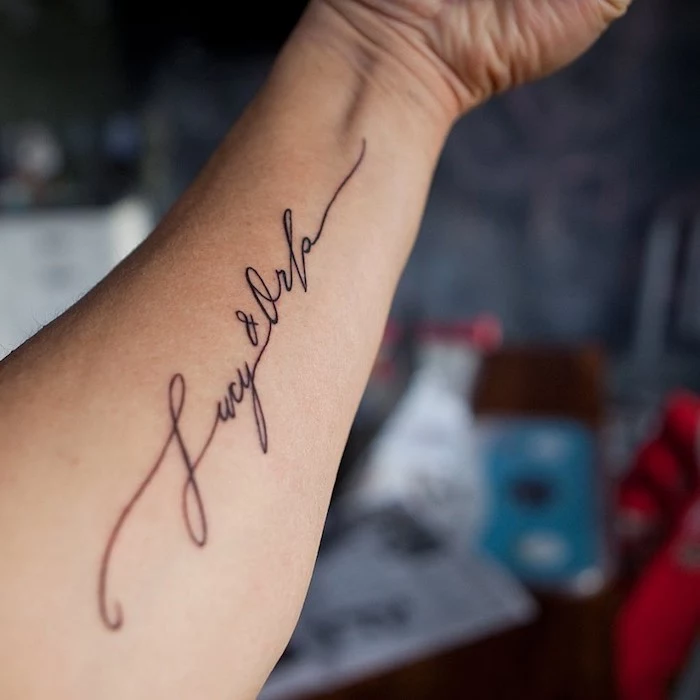
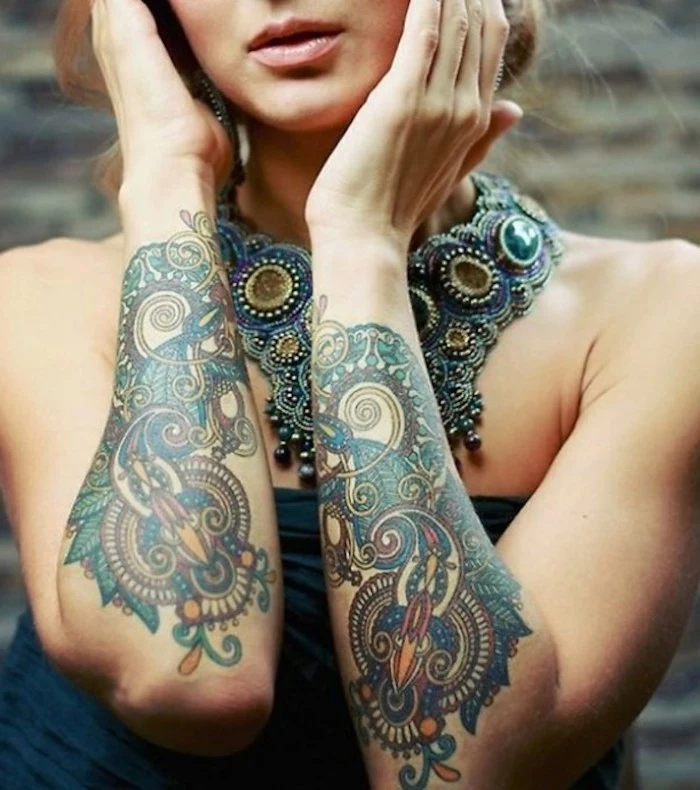
The Golden Rule of Aftercare: Your artist’s instructions trump everything you read online. That said, most will recommend a gentle, fragrance-free soap and a thin layer of a specialized ointment. Popular choices among professionals include Hustle Butter Deluxe for its all-natural ingredients or classic Bepanthen, which is technically for diaper rash but works wonders on healing skin.

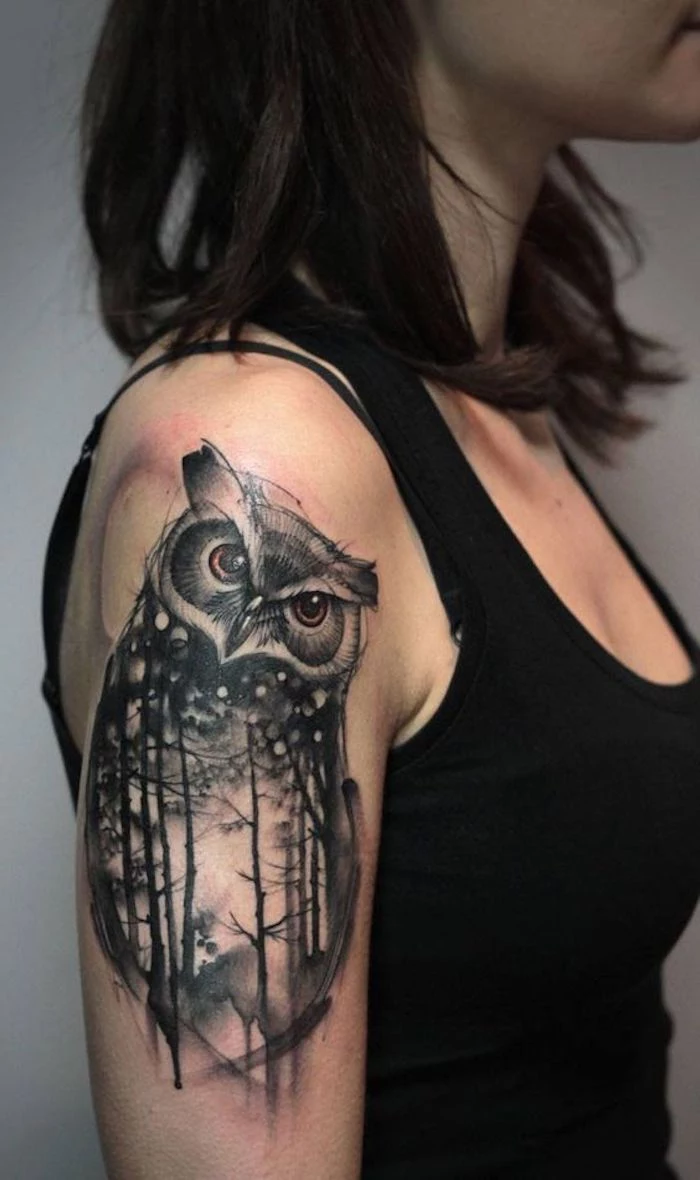
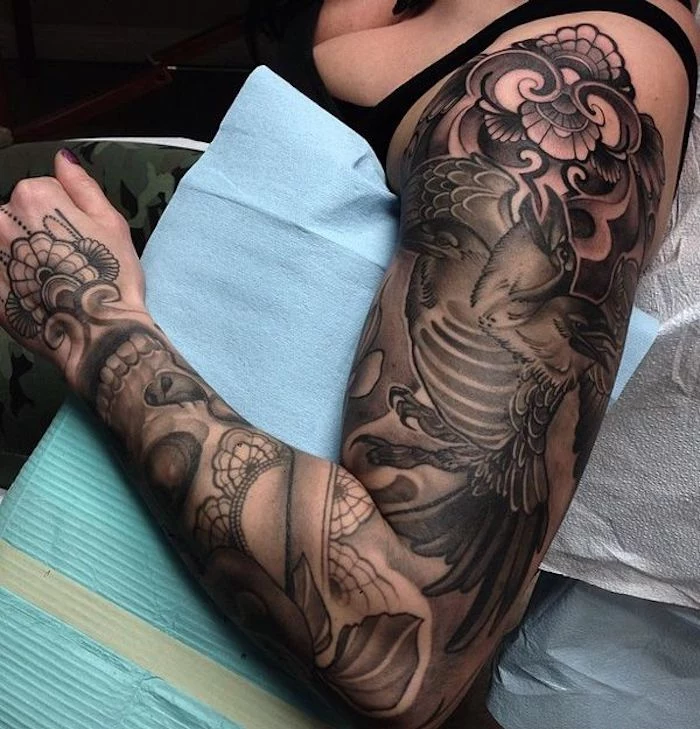
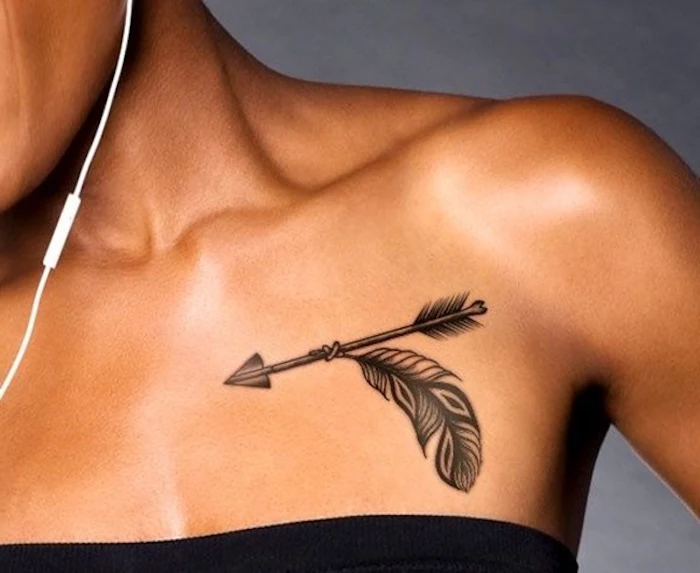
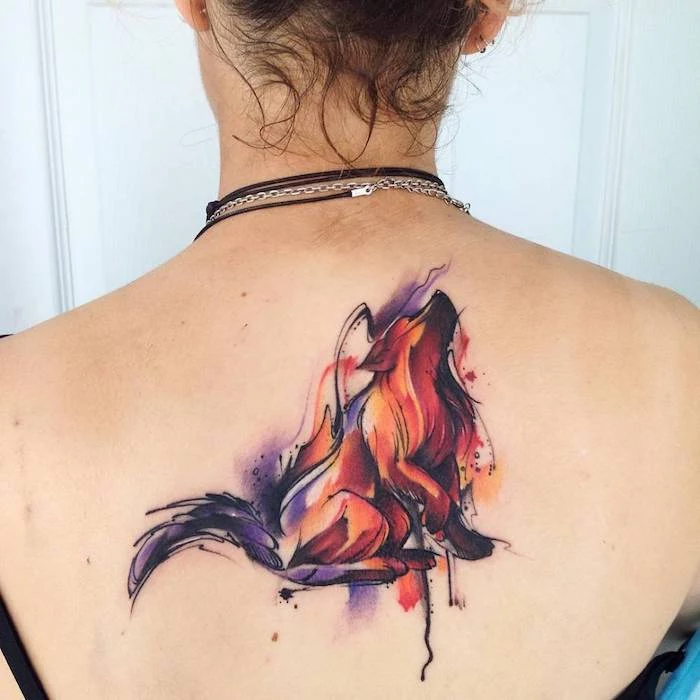
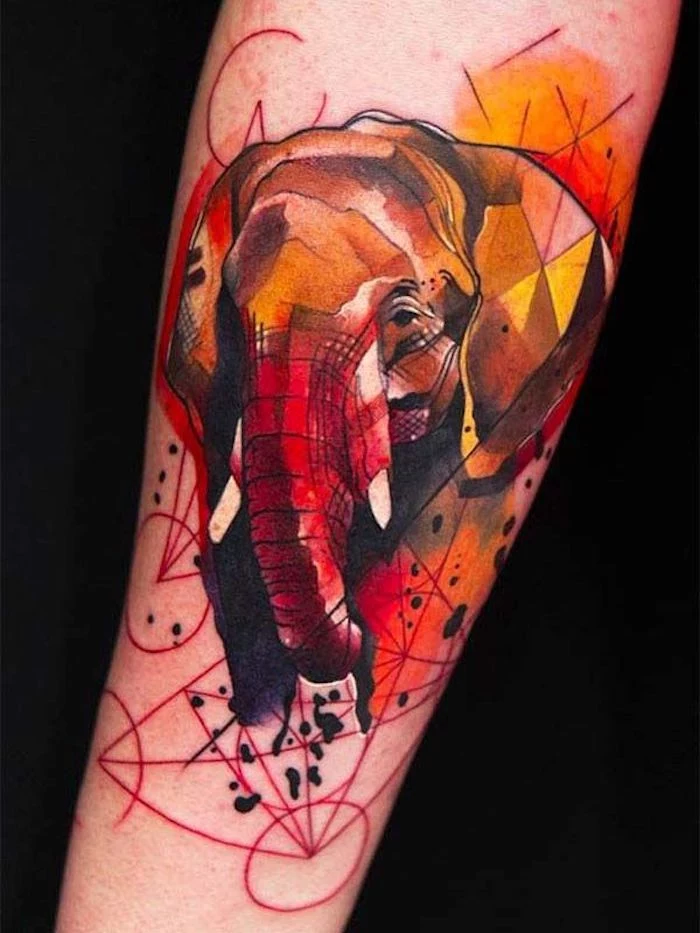
A tattoo is a true poetic creation, and is always more than meets the eye. — V. Vale
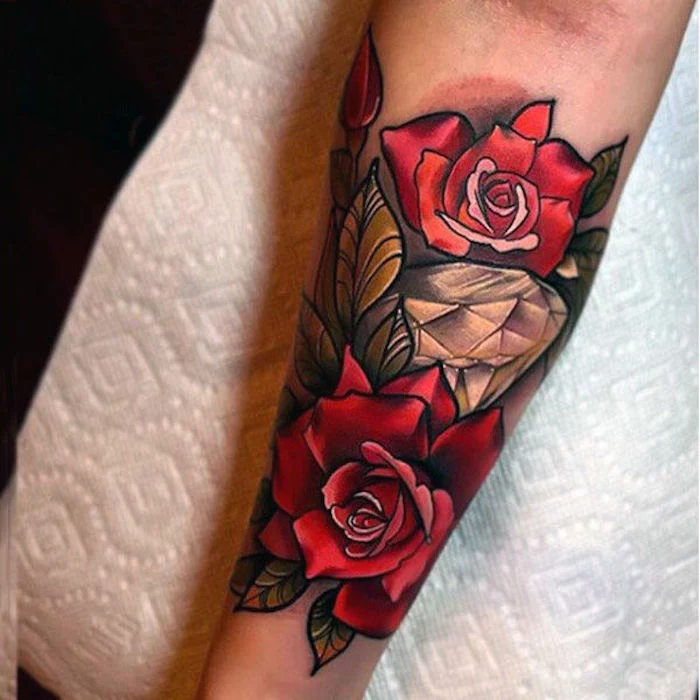
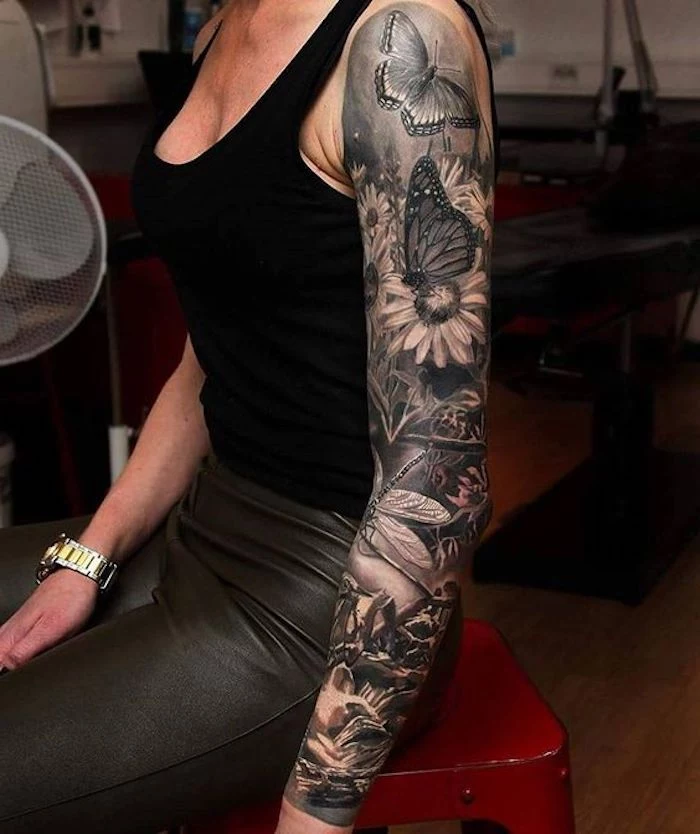
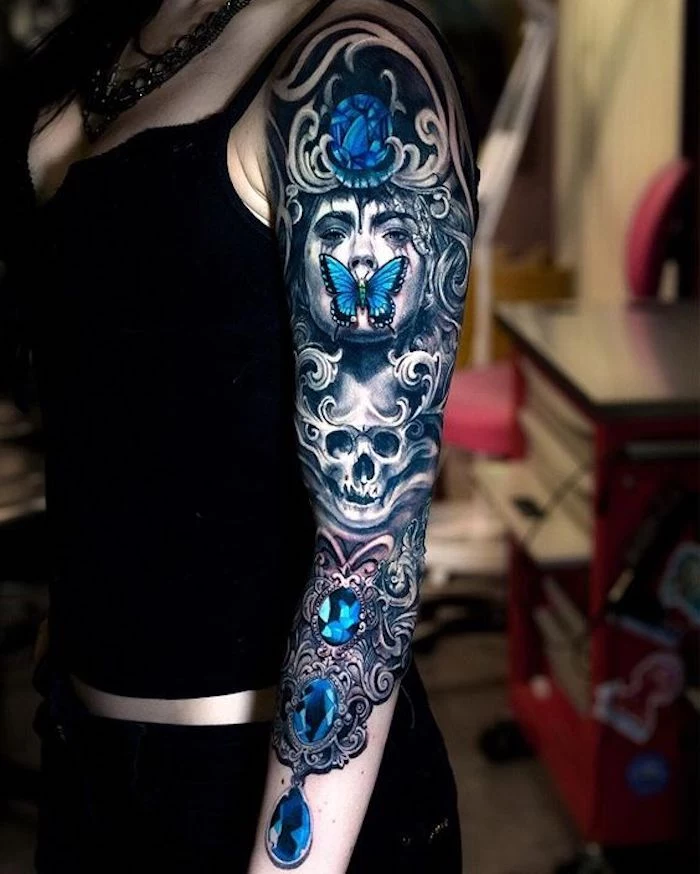
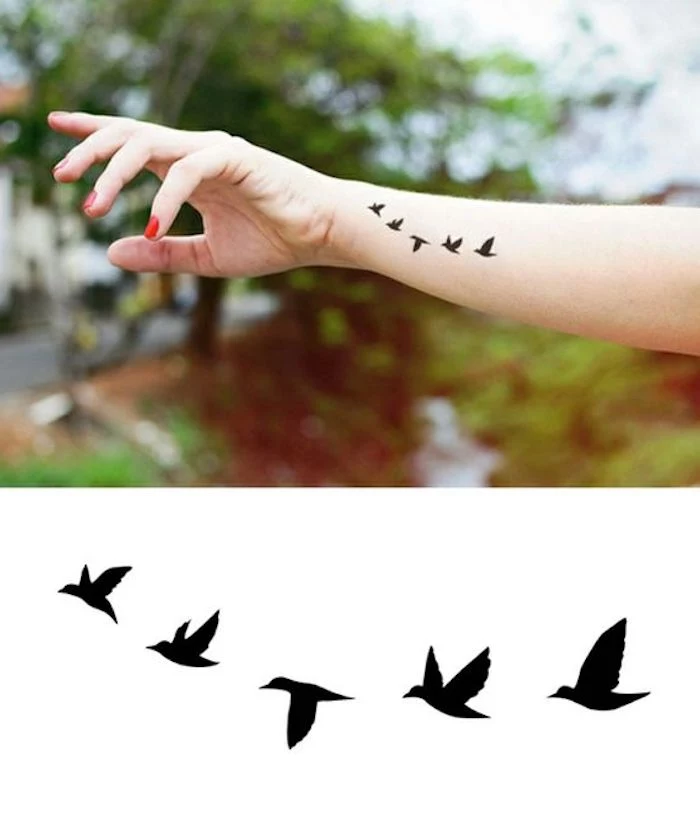
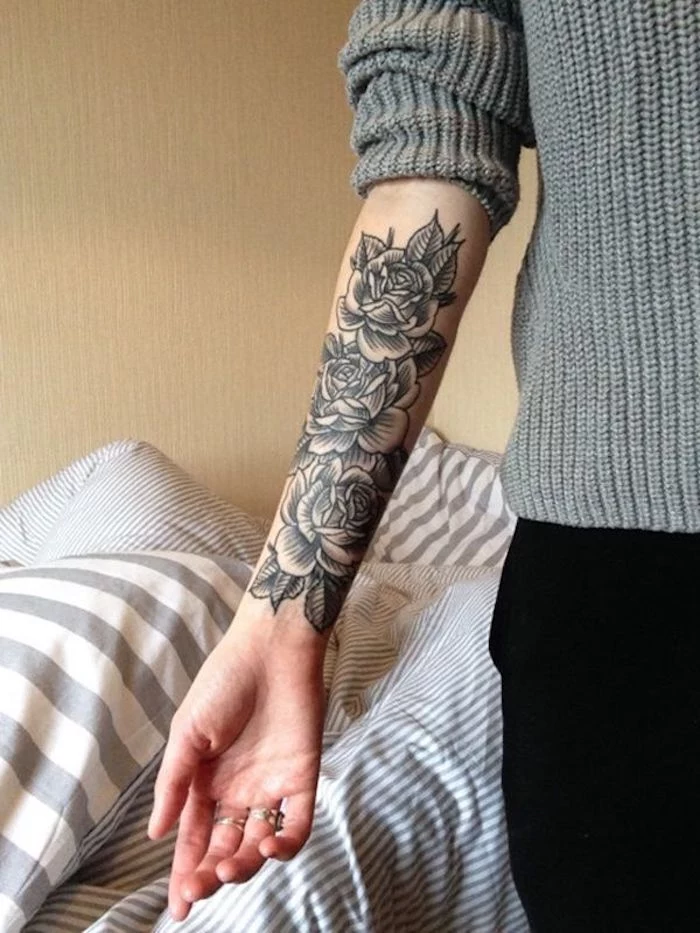
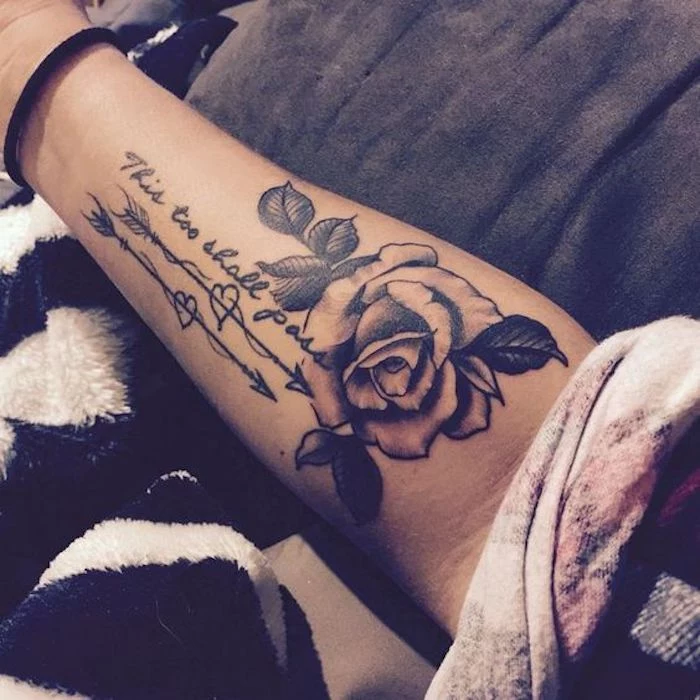
Will it fade?
Yes, all tattoos fade slightly over time as the skin ages. But you are its greatest guardian. Diligent use of a high-SPF sunscreen (SPF 30 or higher) is non-negotiable. Sun exposure is the number one cause of premature fading and color dulling. Think of sunscreen as the lifetime warranty for your body art investment.
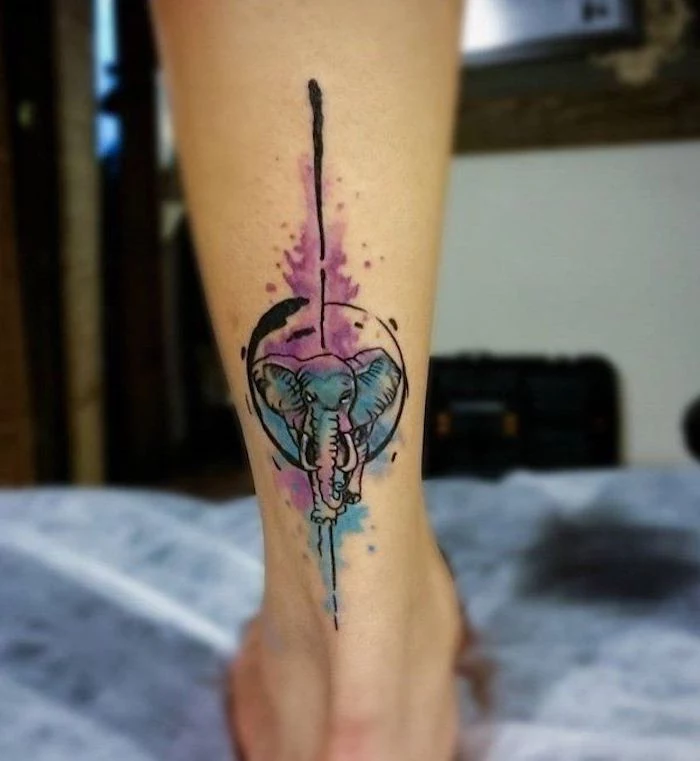
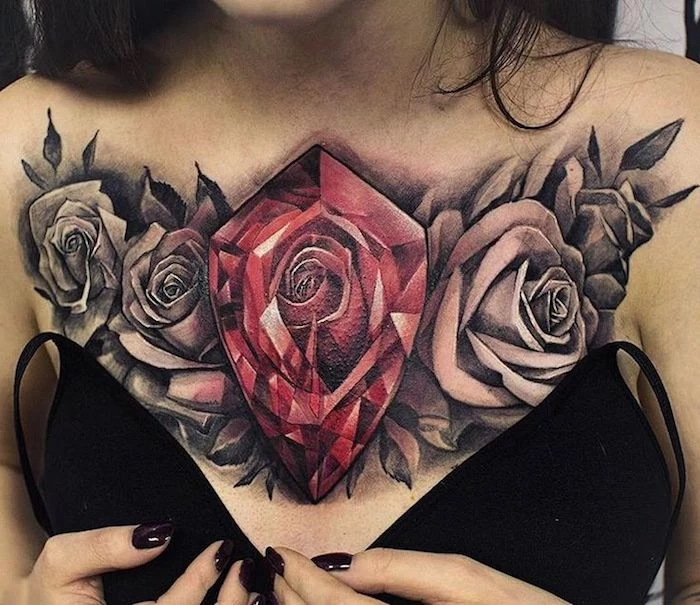
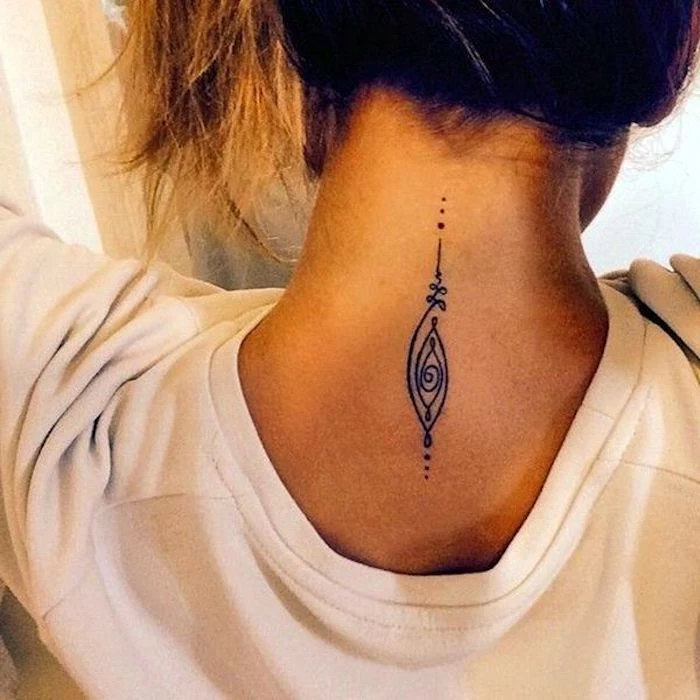
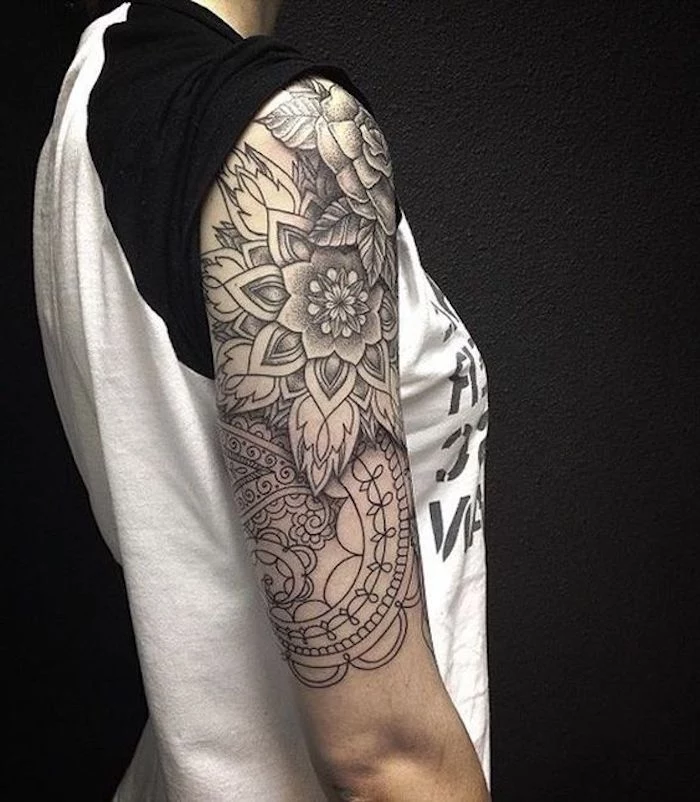
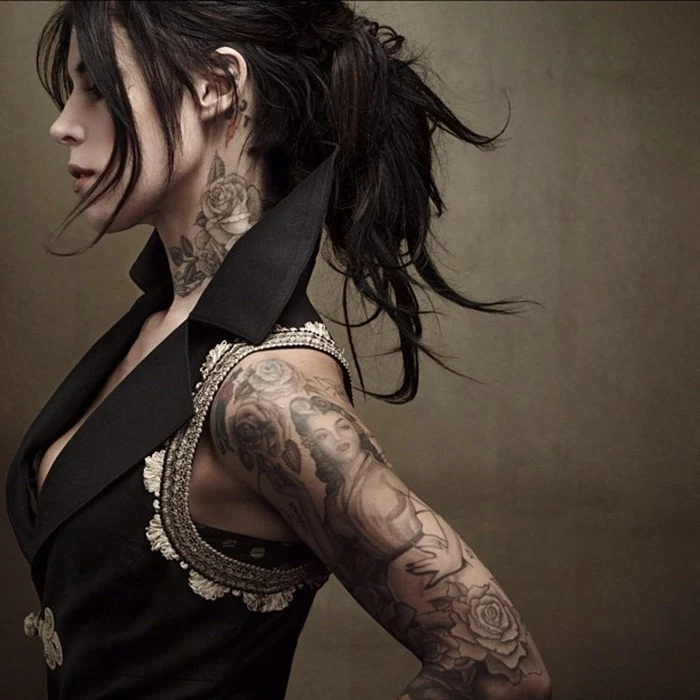
- Vibrant, eye-catching, and can create painterly effects.
- Requires more time and can be more expensive.
- May need color touch-ups more frequently over the decades.
The difference? How you approach color. A classic black and grey piece focuses on shading and contrast, offering timeless longevity. A color tattoo, on the other hand, lives and breathes with pigment, perfect for expressive, dynamic designs.
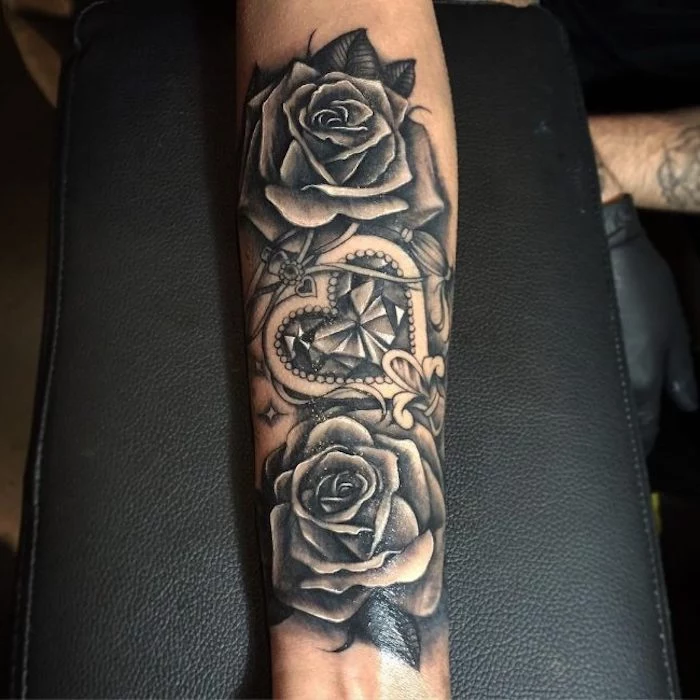
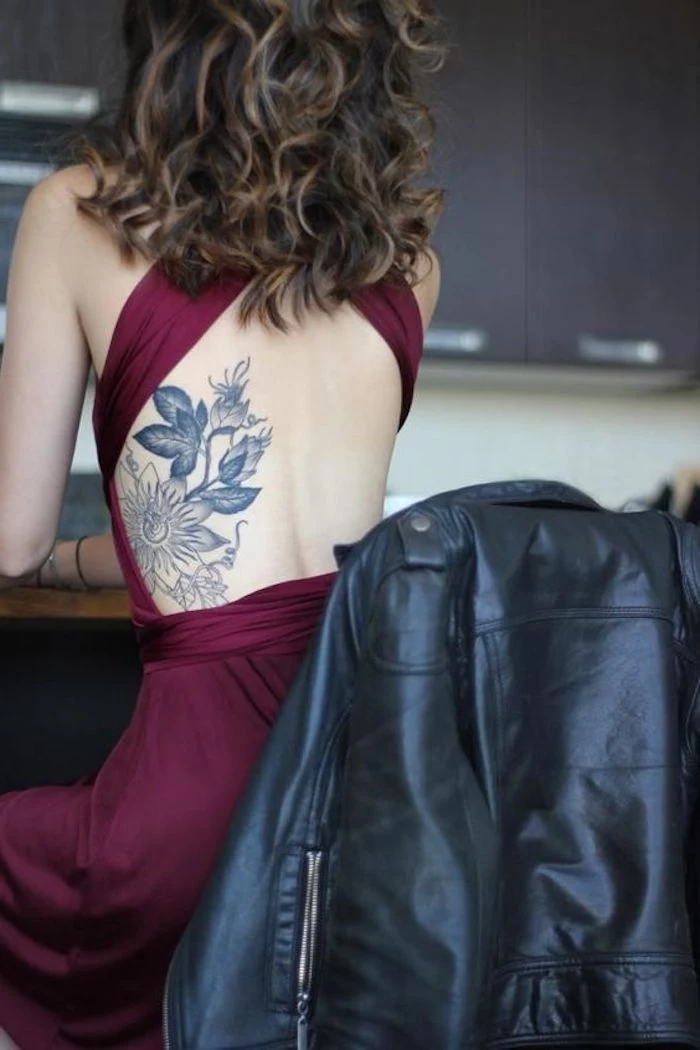
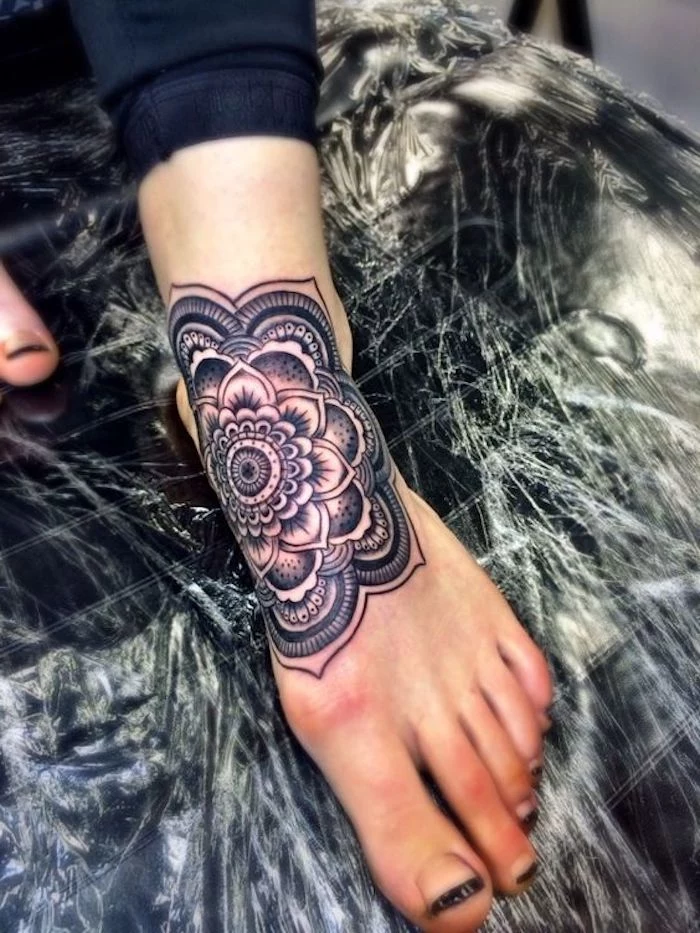
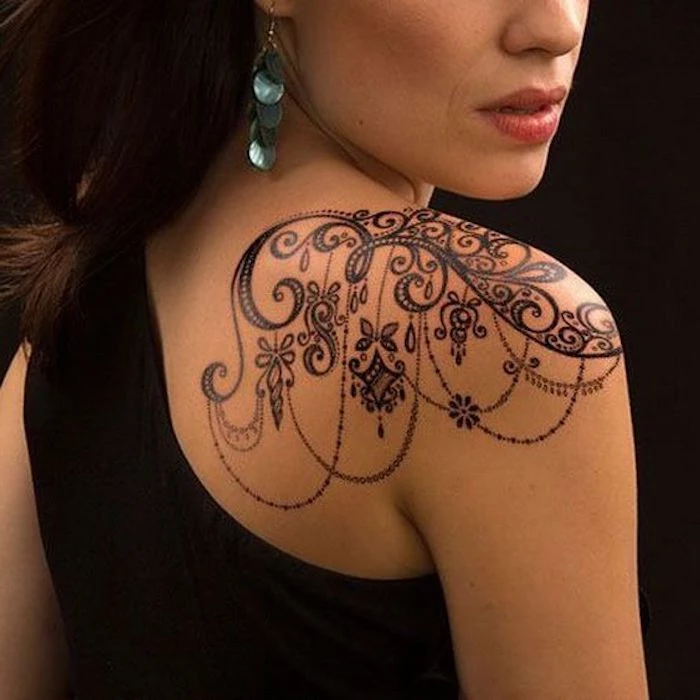
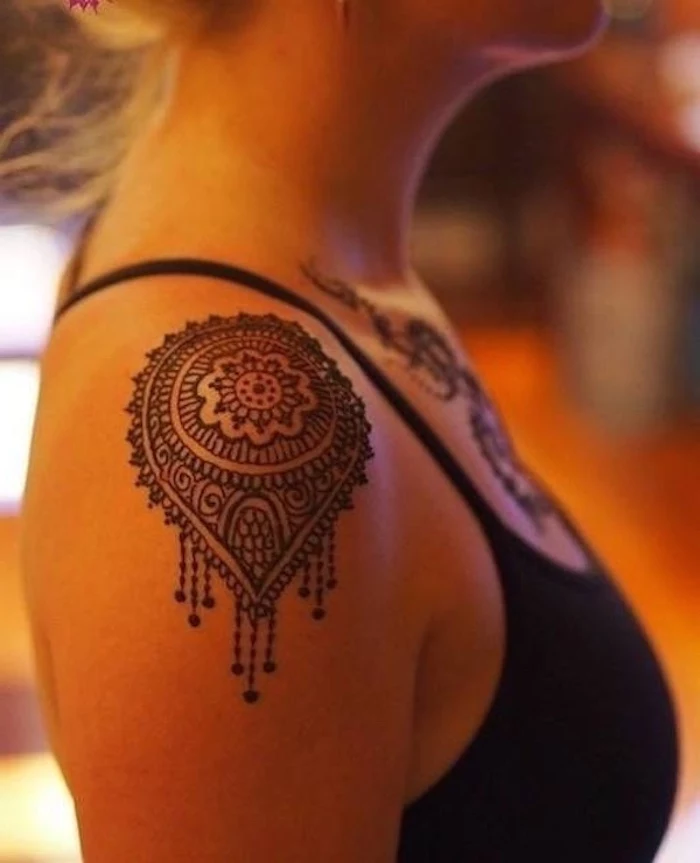
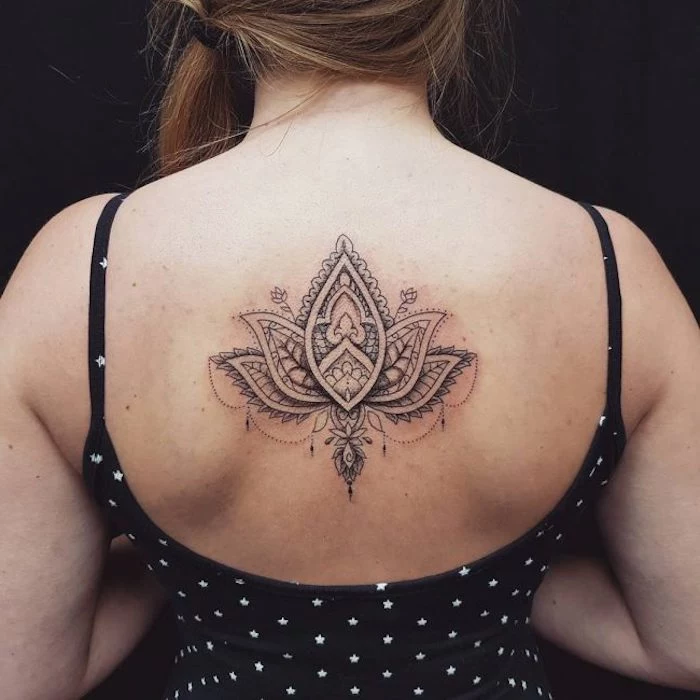
Thinking about placement? Consider how your body moves. A design on a joint like an elbow or knee will look different when bent versus straight. An artist will design with this in mind, ensuring the art flows with you, not against you. Ribs, feet, and inner biceps are notoriously painful, while the outer thigh and forearm are generally more manageable for a first-timer.
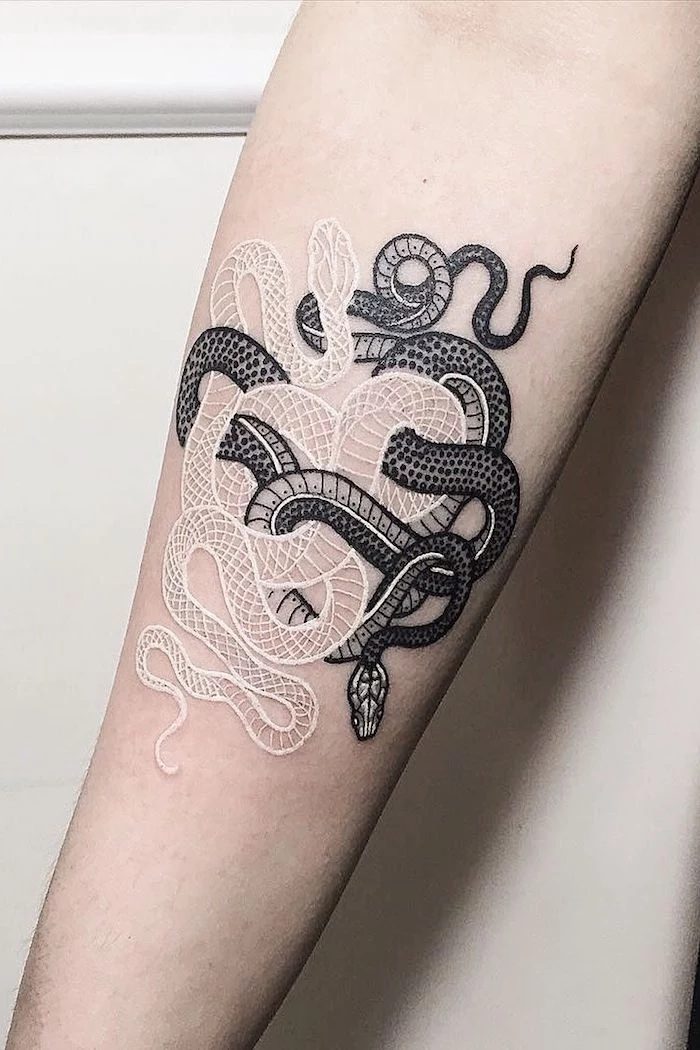
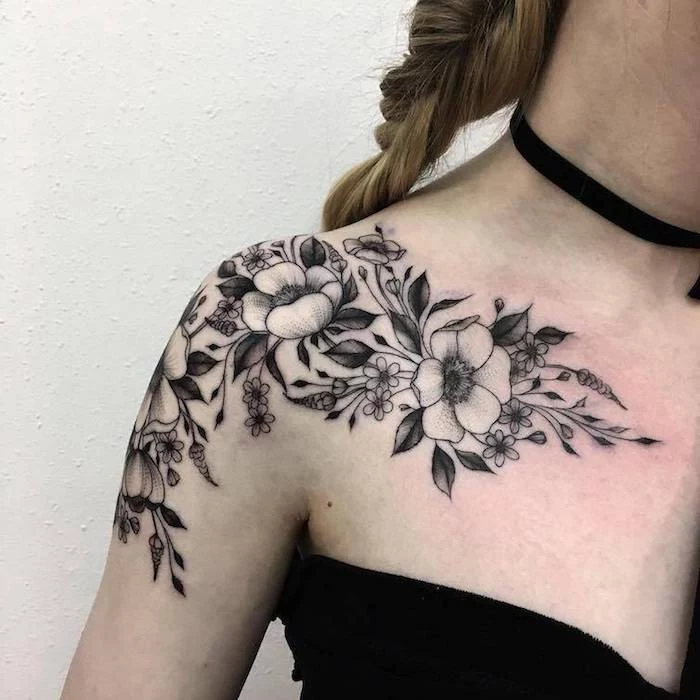
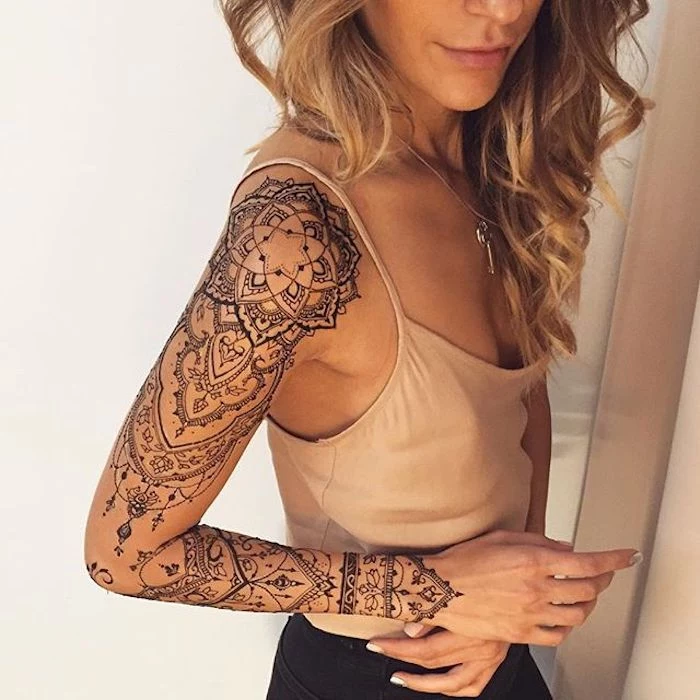
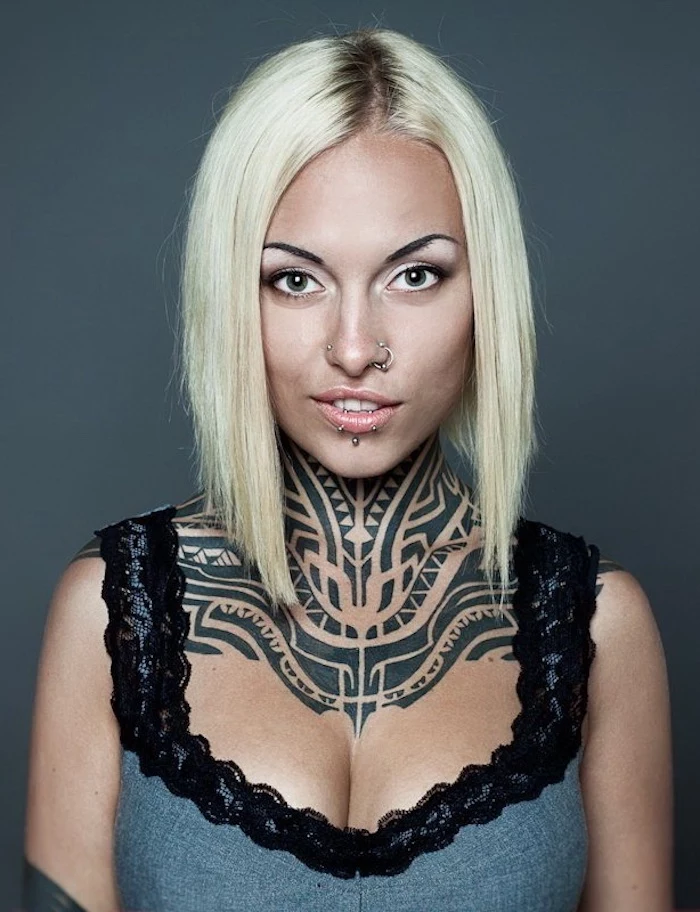
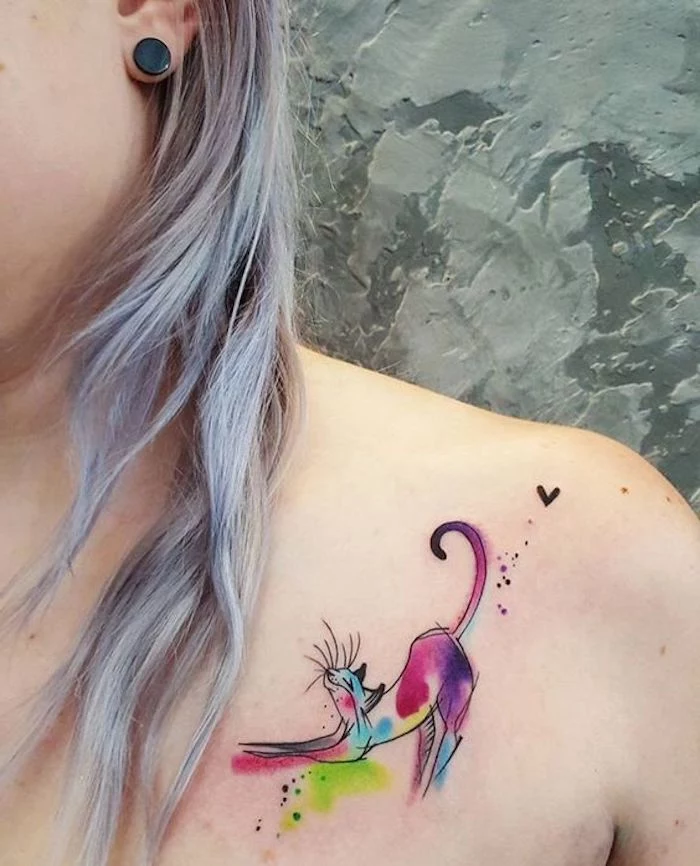
A 2019 study showed that the top reason for tattoo regret wasn’t a breakup, but choosing a design that was a passing trend.
This highlights the importance of choosing something with personal meaning over what’s popular on Instagram this month. A timeless symbol or a custom piece that tells your story will resonate far longer than a fleeting aesthetic.
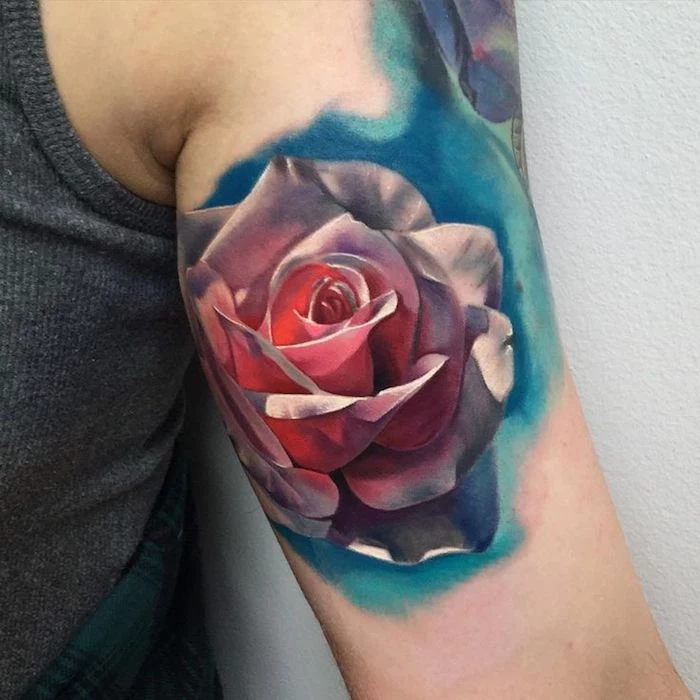
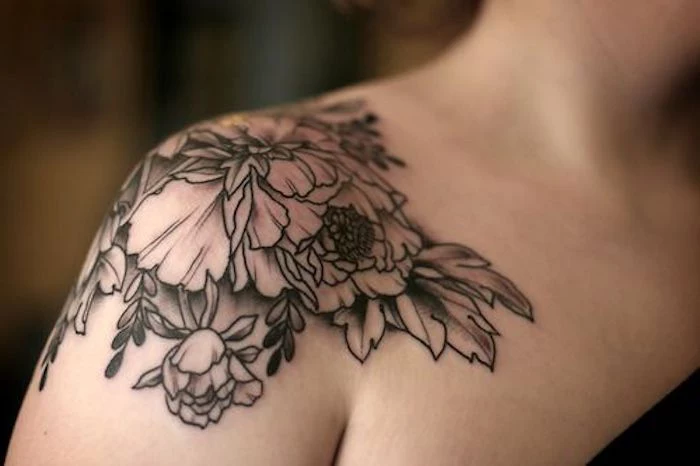
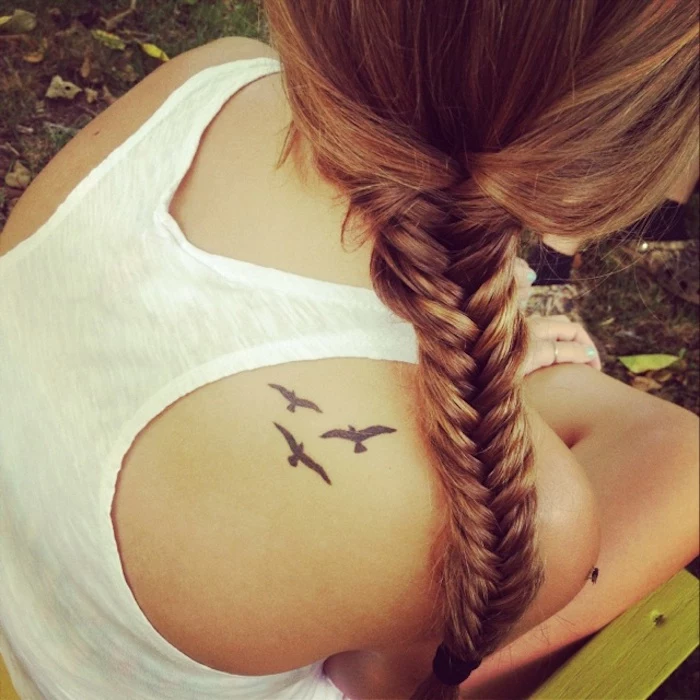
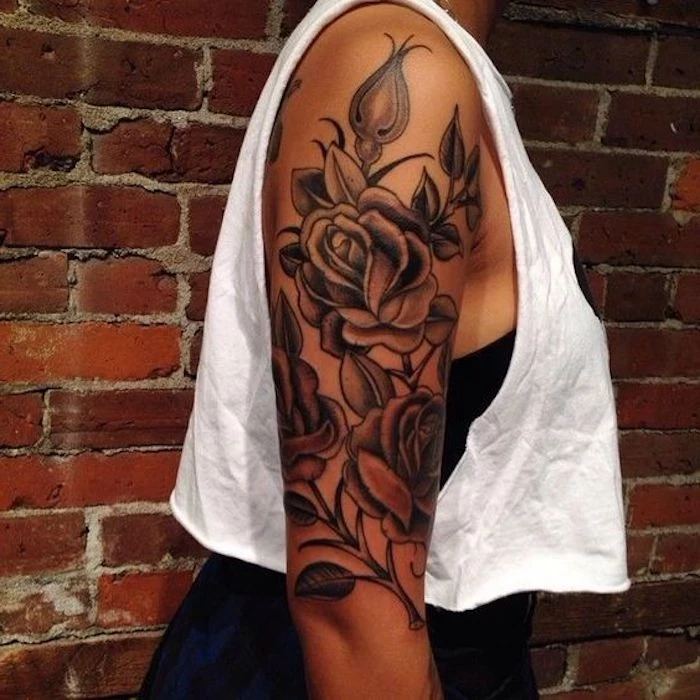
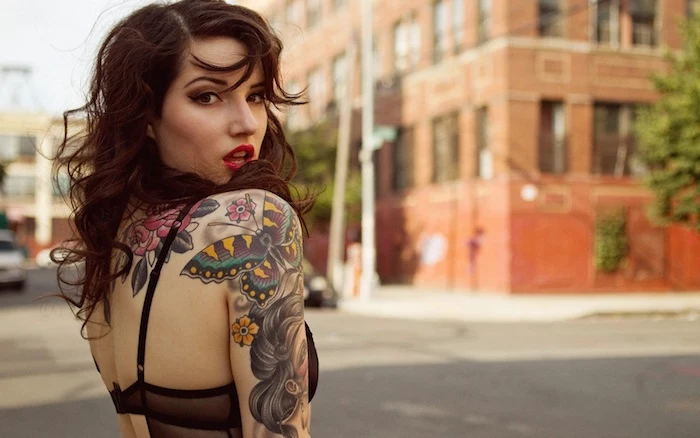
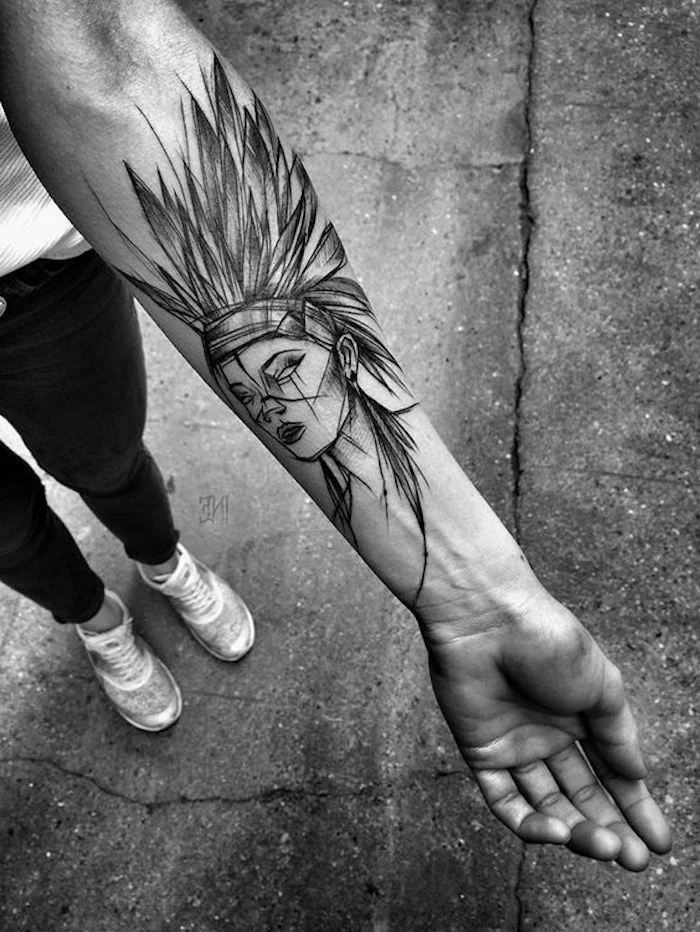
That steady buzzing sound you hear in a studio is the heart of the process. It’s the sound of the tattoo machine’s motor driving the needles. For many, the initial apprehension towards the sound quickly fades, becoming a strangely meditative and focusing background noise during the session.
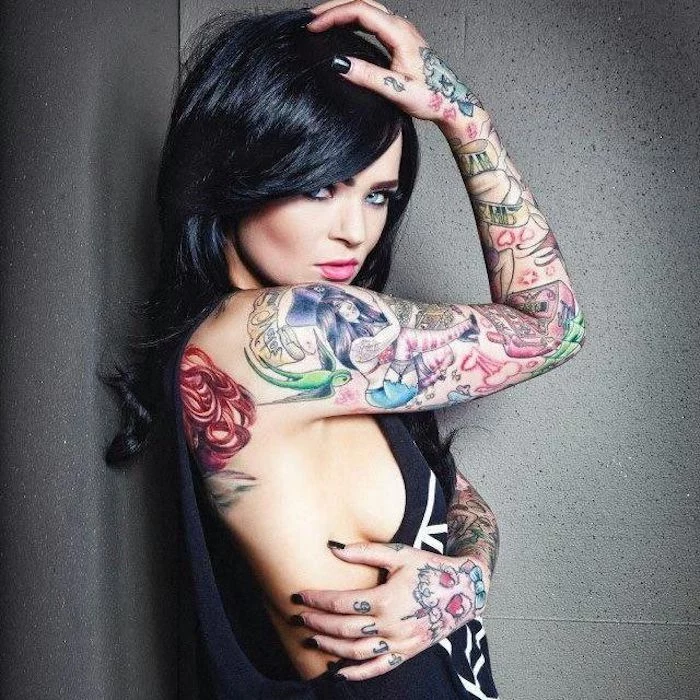
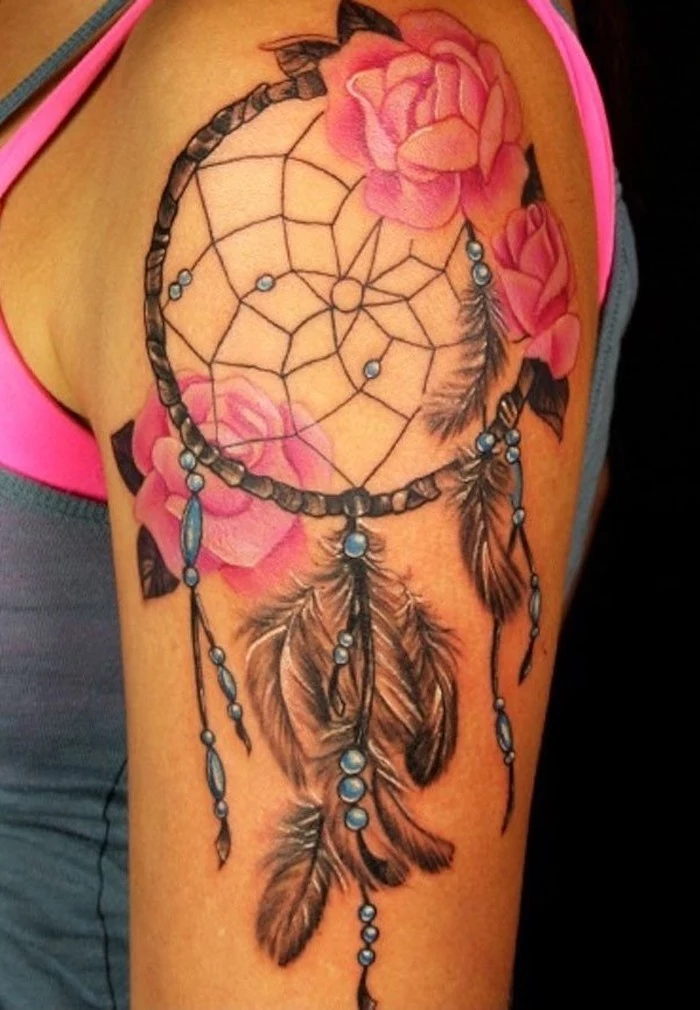
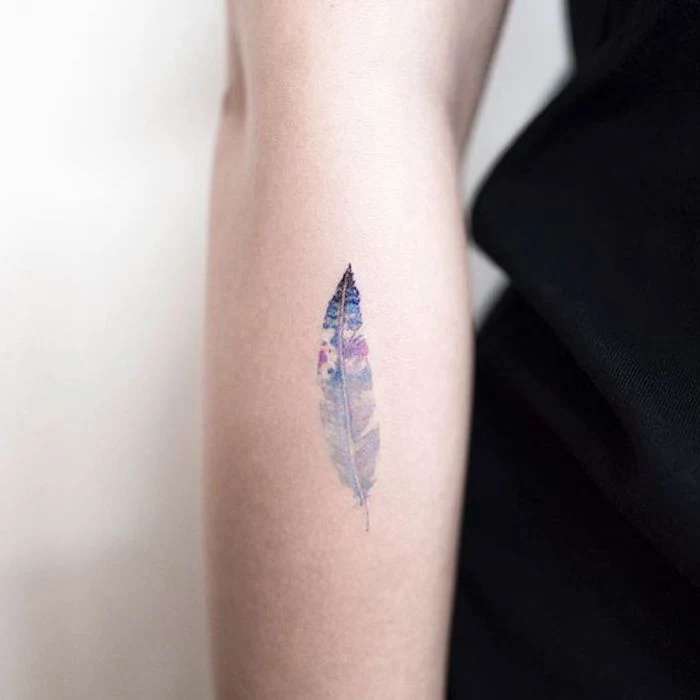
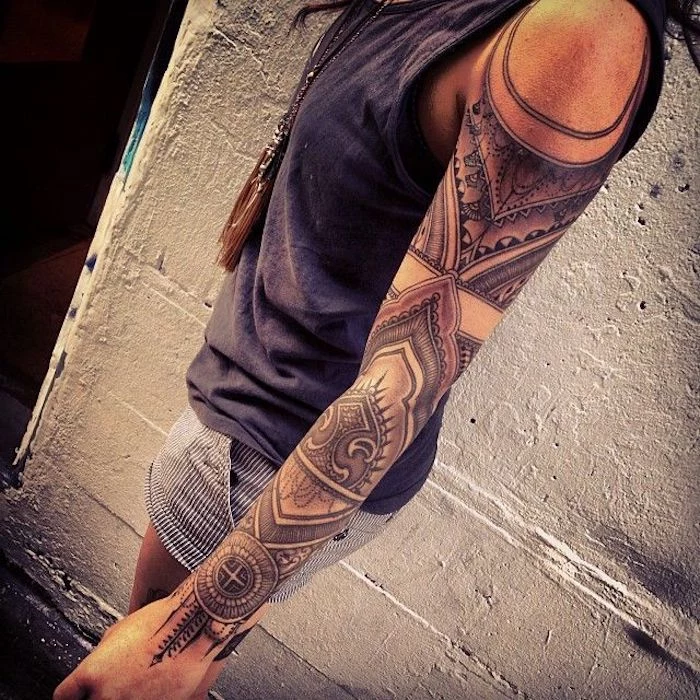
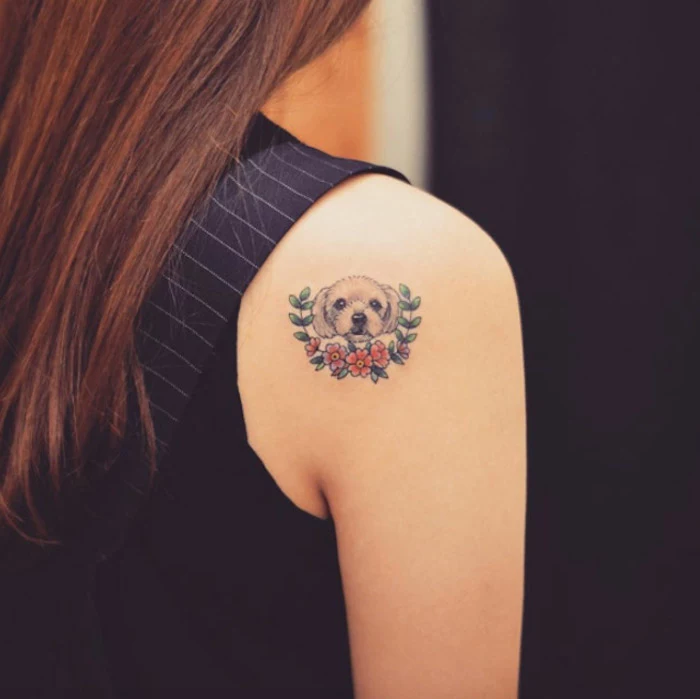
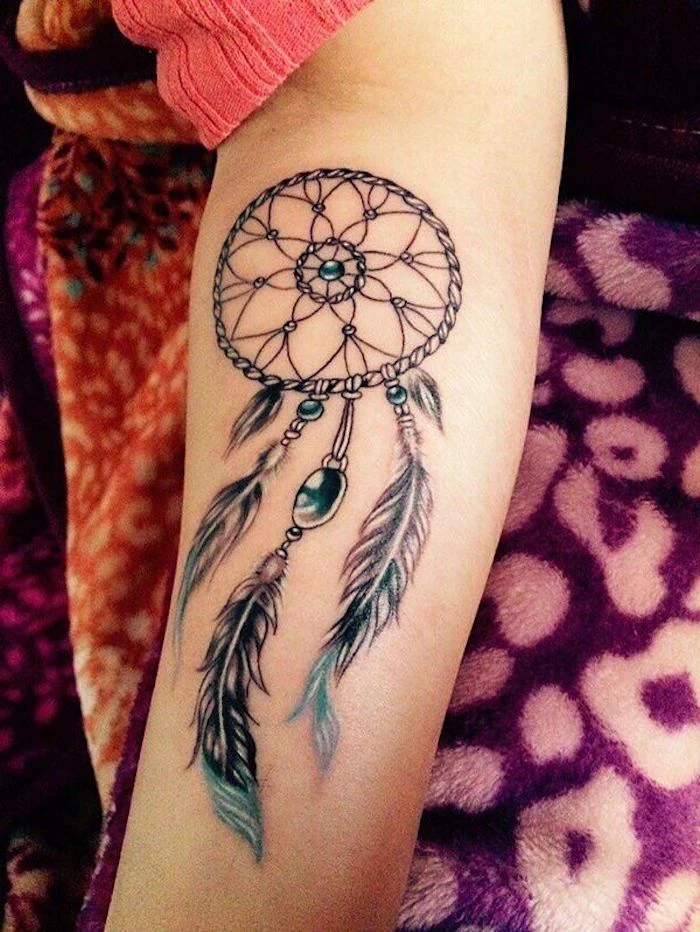
Black & Grey: Classic and timeless, it relies on shading and line work. Heals predictably and tends to age very gracefully, with less risk of colors shifting over time.
Full Color: Offers incredible artistic freedom for styles like watercolor or new school. It can make a piece pop, but be aware that yellows and whites may fade faster, and it often requires more time in the chair.
Ultimately, the choice depends entirely on your desired aesthetic and the design itself.
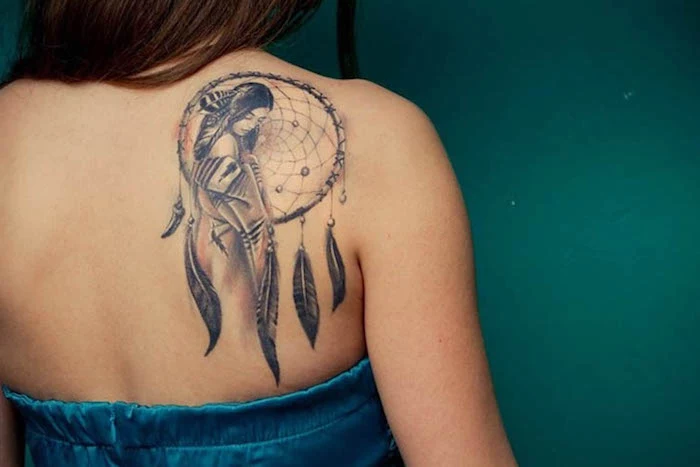
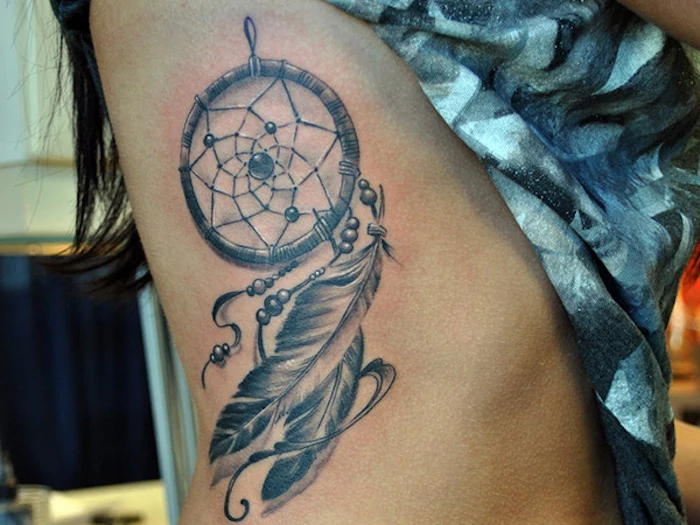
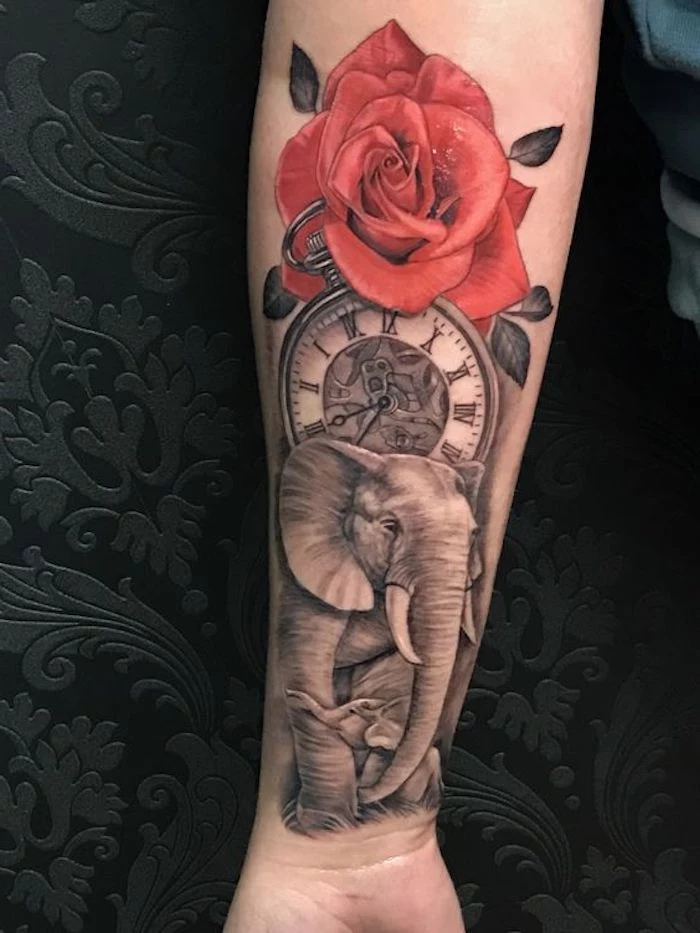
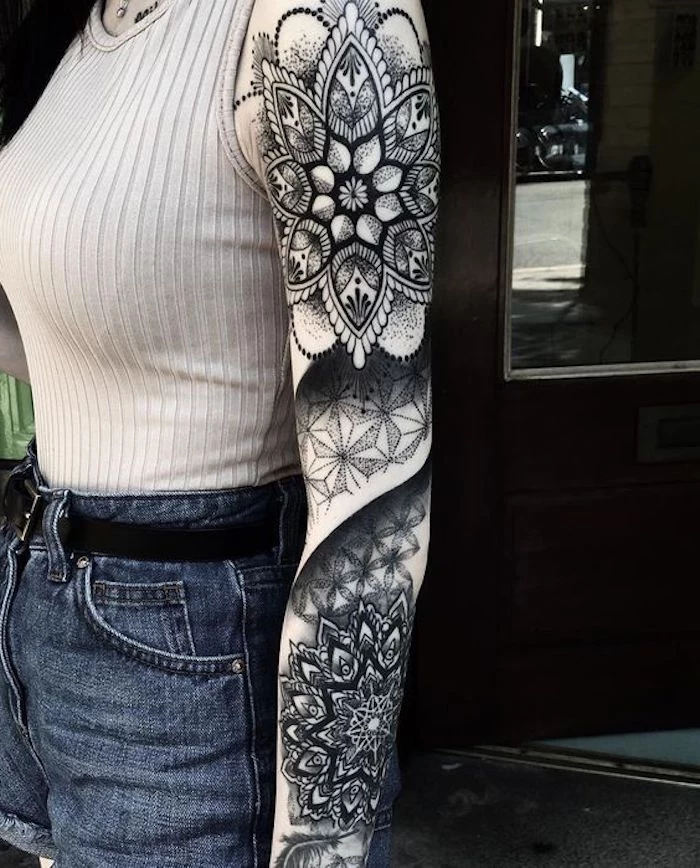
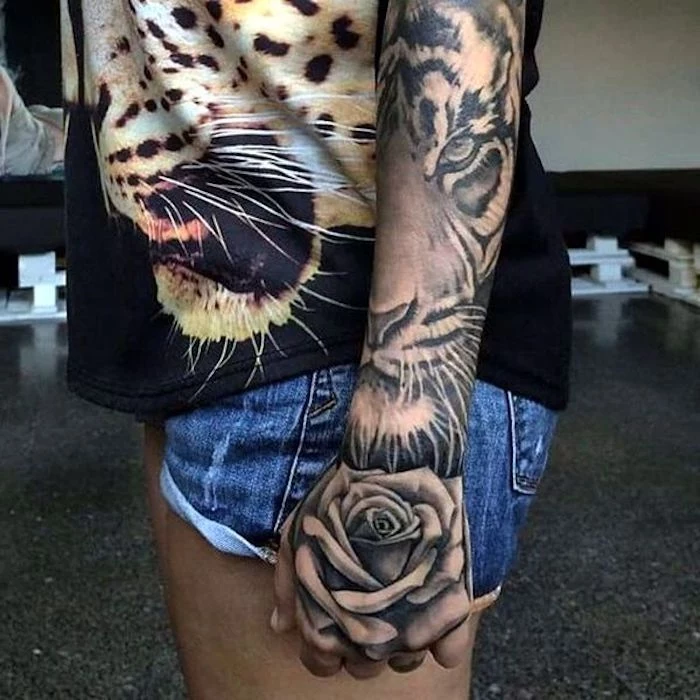
Preparing for your appointment is about more than just being mentally ready. It’s crucial for a smooth session for both you and your artist.
- Get a good night’s sleep.
- Eat a solid meal an hour or two before you go in.
- Stay hydrated, but avoid alcohol for at least 24 hours beforehand as it thins the blood.
- Wear comfortable, loose clothing that gives easy access to the area being tattooed.
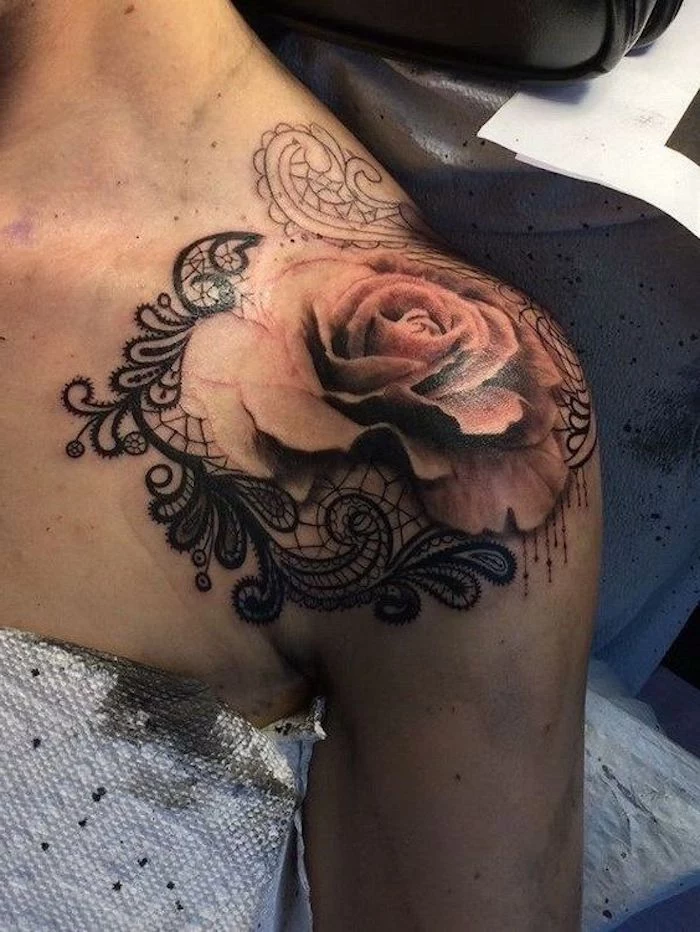
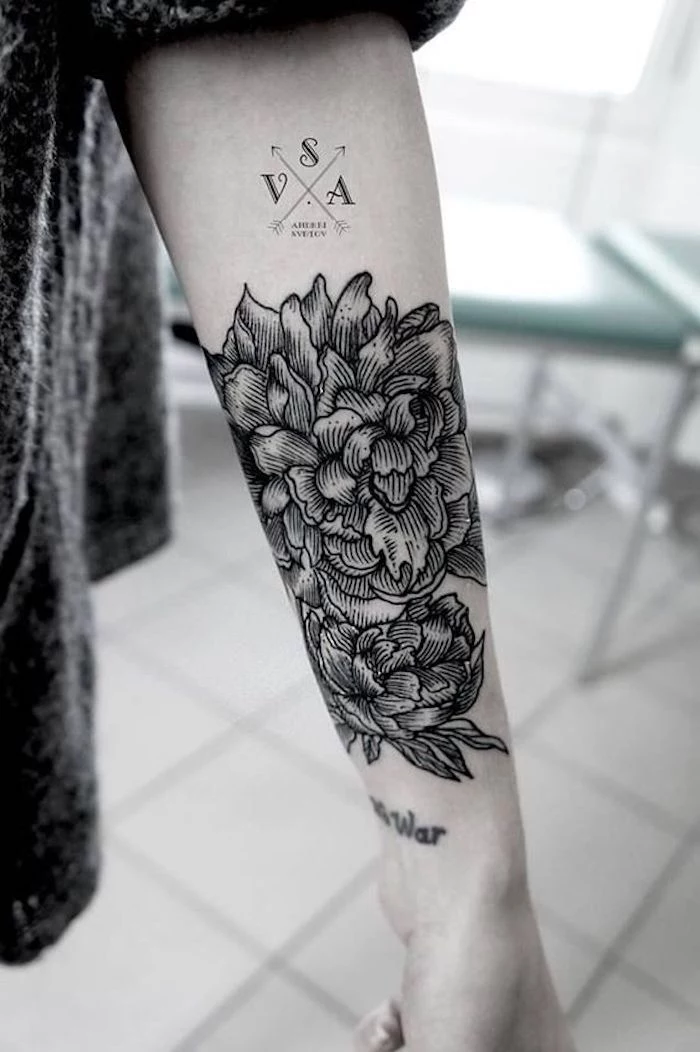
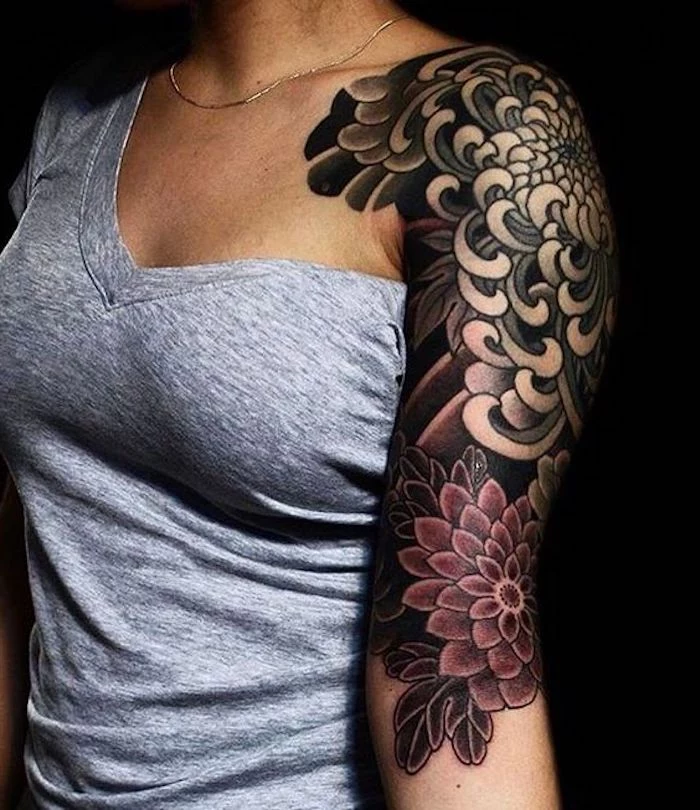

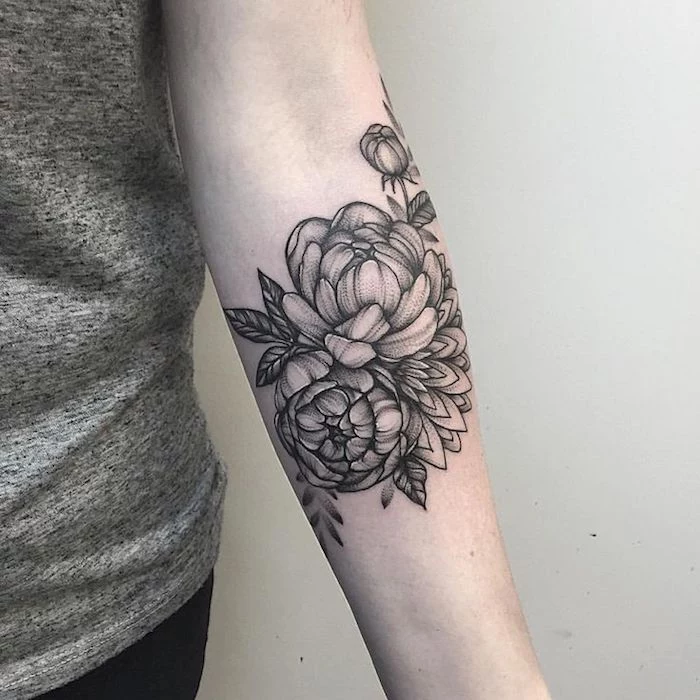
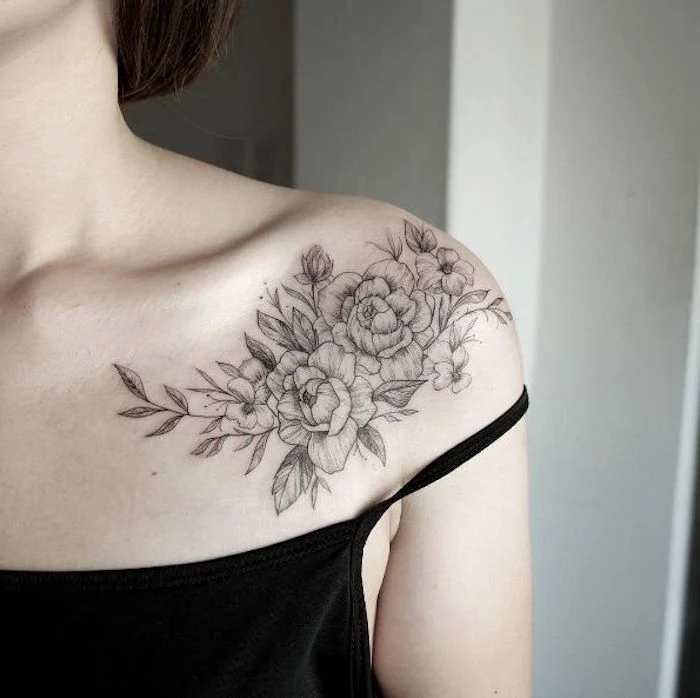
Is tipping necessary?
While not mandatory, tipping your tattoo artist is a standard practice in the industry and is always appreciated. It shows respect for their time, skill, and artistry. A good guideline is to tip 15-20% of the total cost, similar to how you would in a restaurant. For multi-session pieces, tipping after each session is customary.
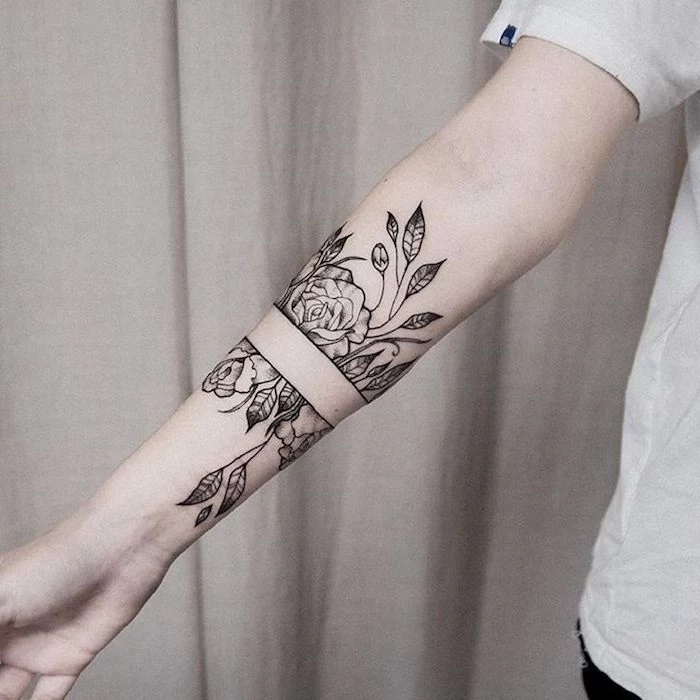
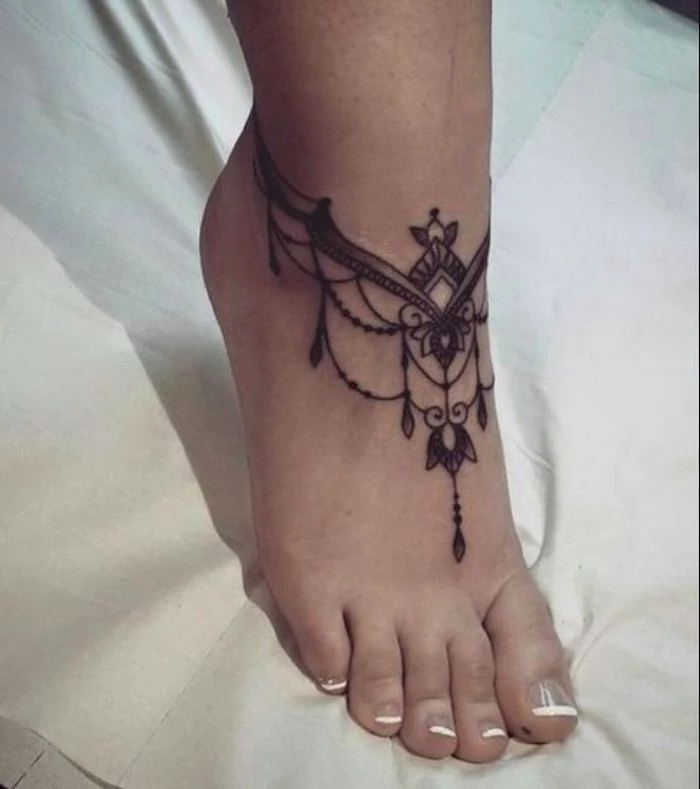
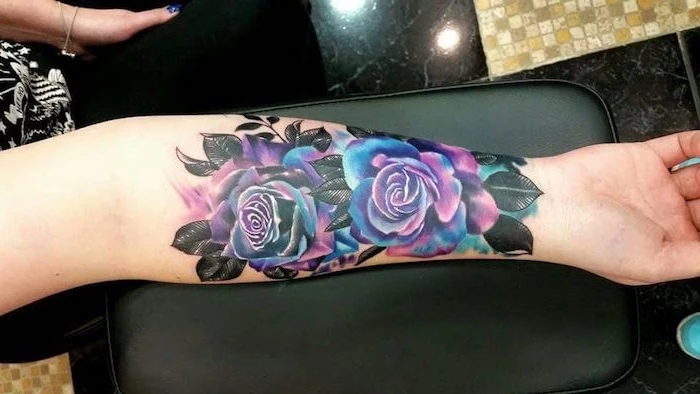
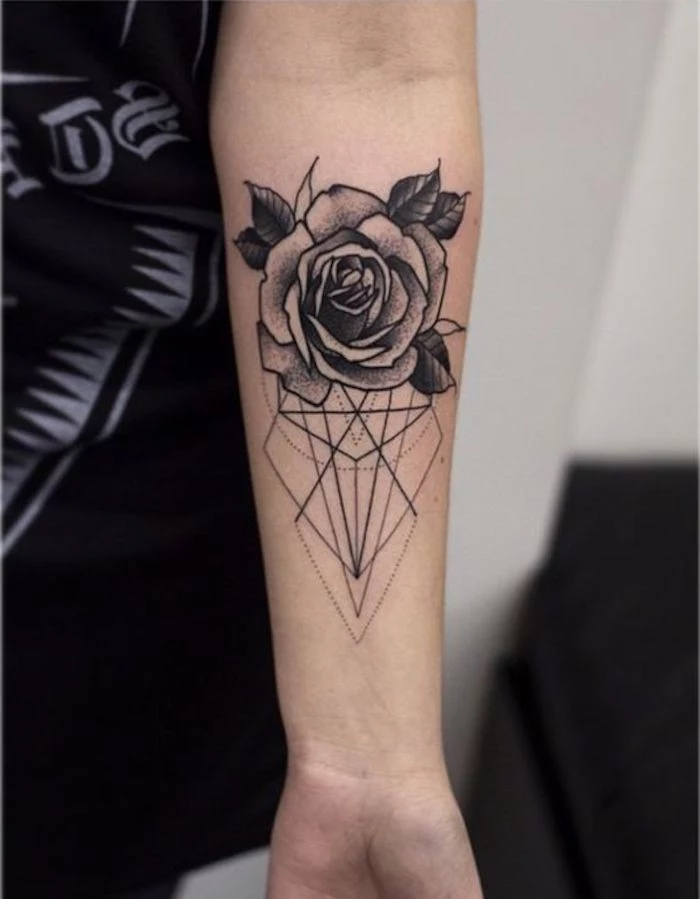
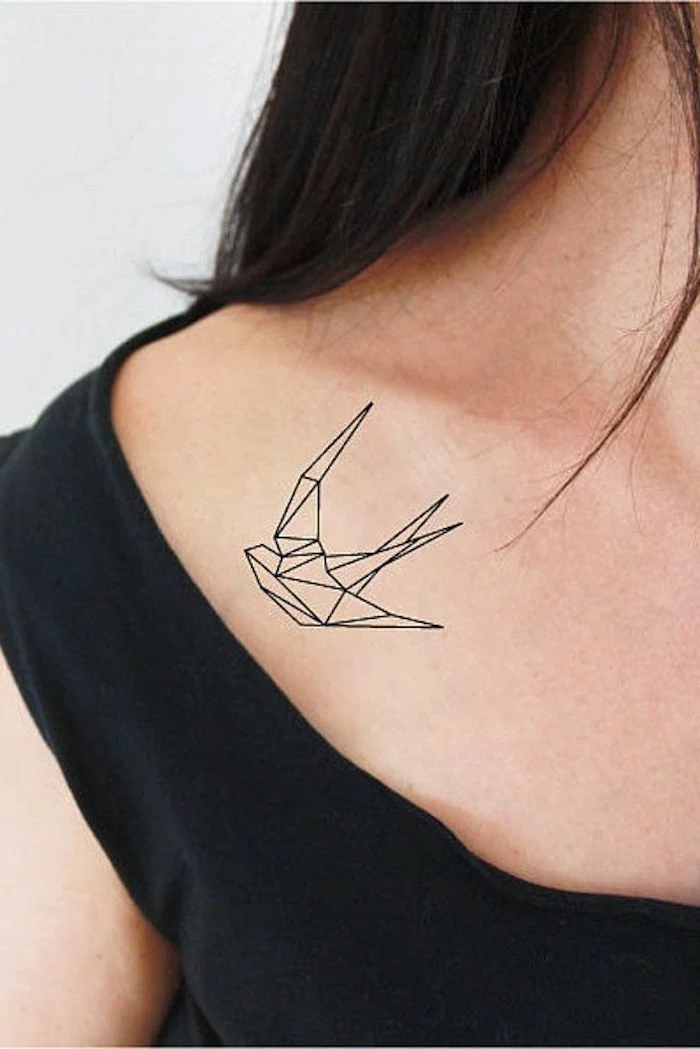
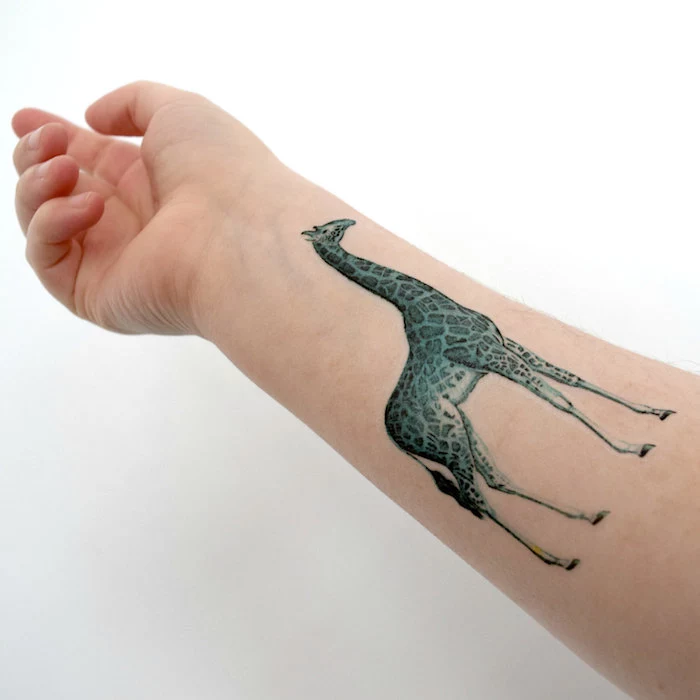
Don’t just look at an artist’s fresh tattoos on their social media. Actively search for photos of their *healed* work. Ink settles and lines soften as a tattoo heals and becomes part of the skin. A great artist’s work will look just as sharp, saturated, and clean a year later as it did on day one. This is the true test of their technical skill.
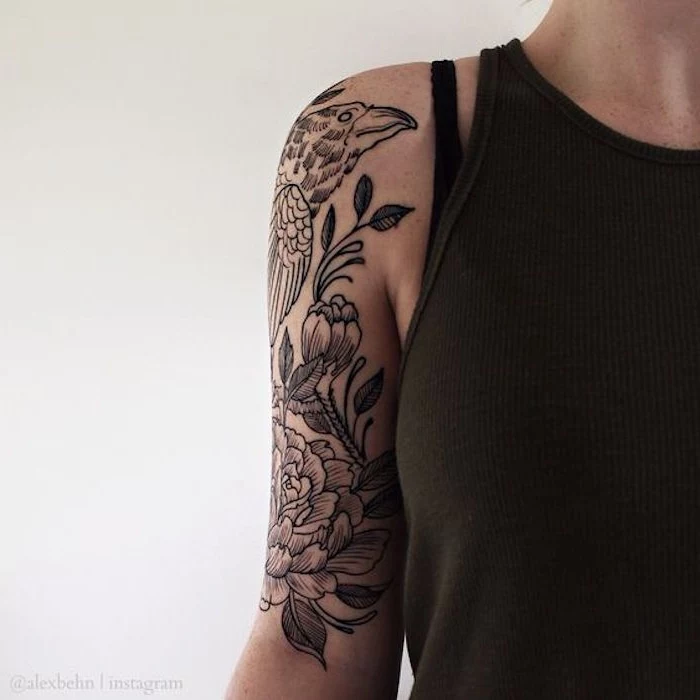
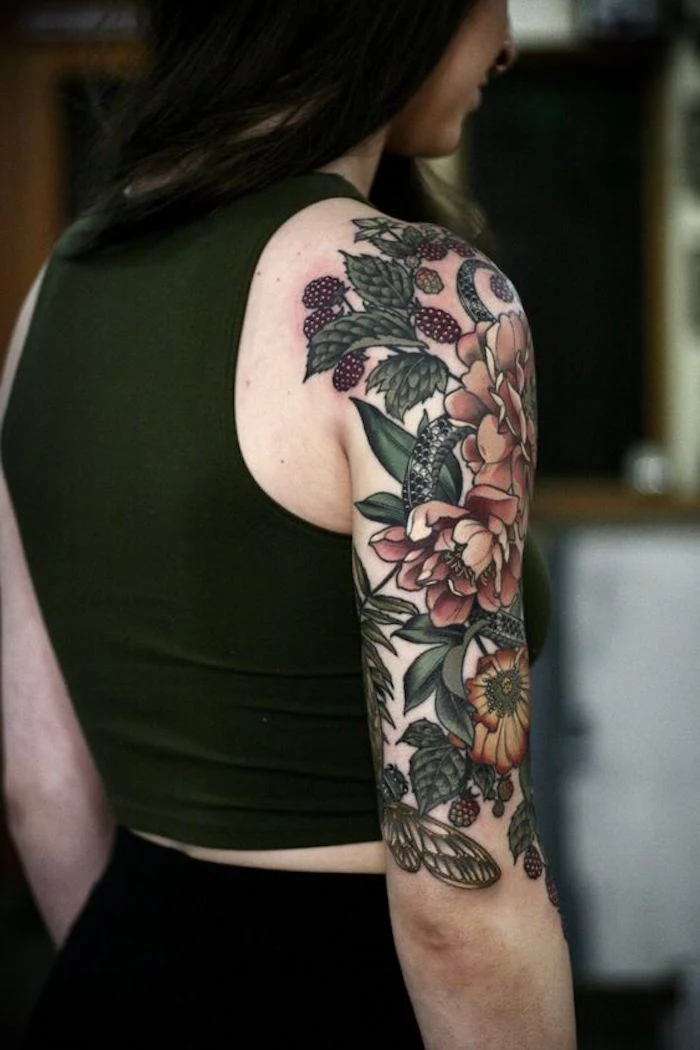
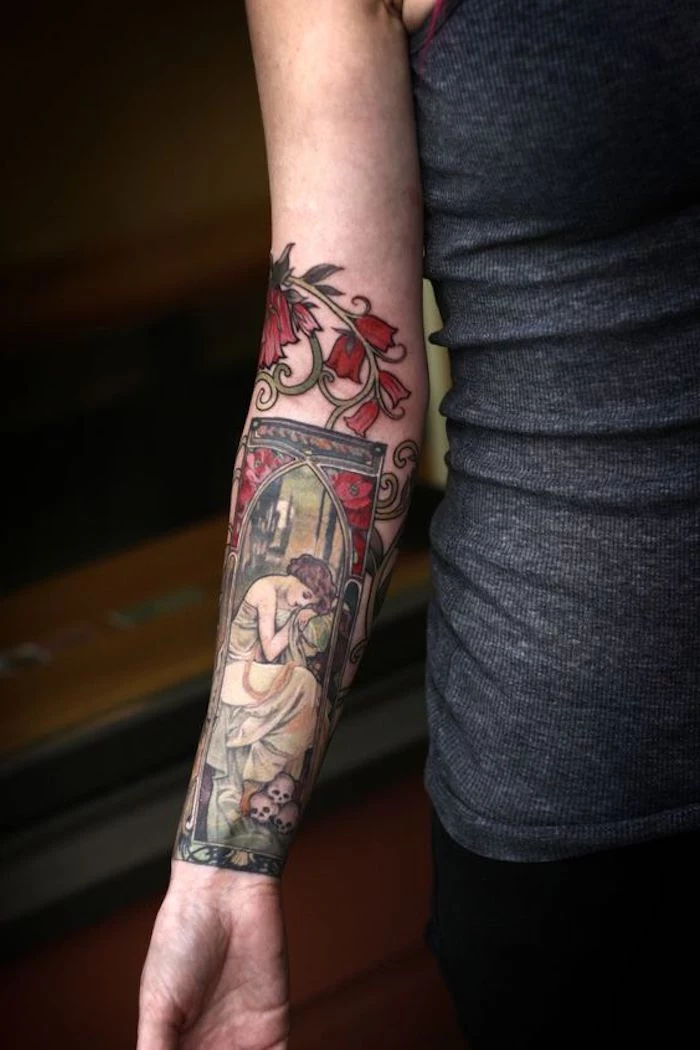
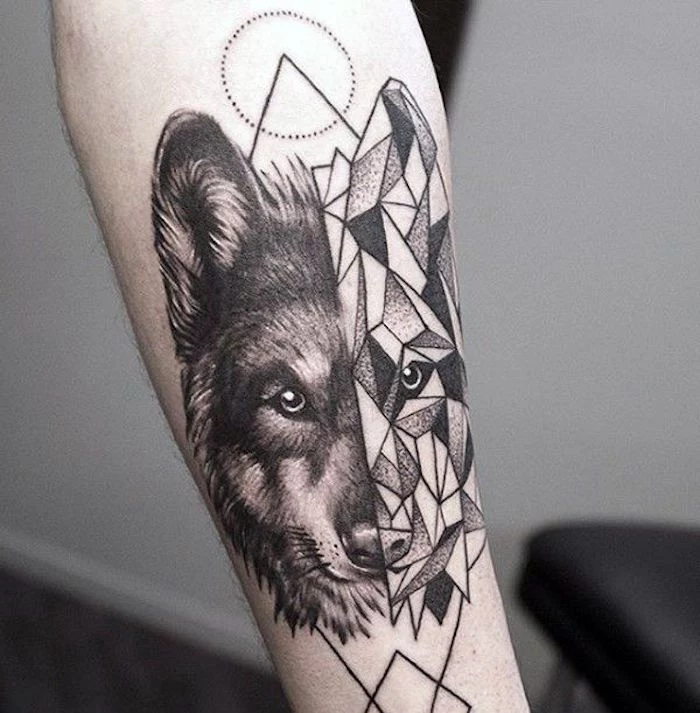
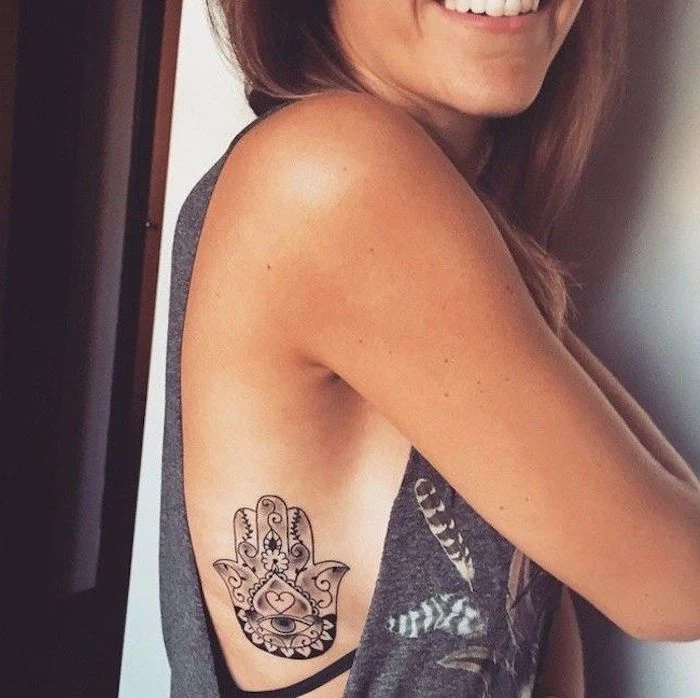
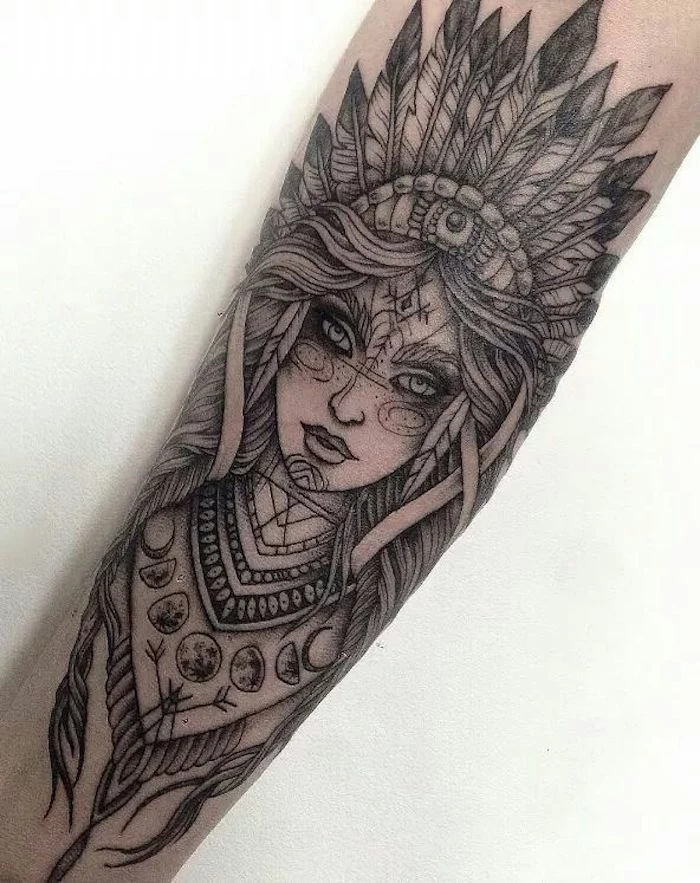
- Allows for incredible subtlety and detail.
- Often perceived as more delicate or elegant.
- Generally quicker and less painful than heavily saturated work.
The secret? Single-needle or fine-line tattooing. This technique uses a smaller needle grouping to create crisp, thin lines, perfect for minimalist designs, script, and micro-realism.
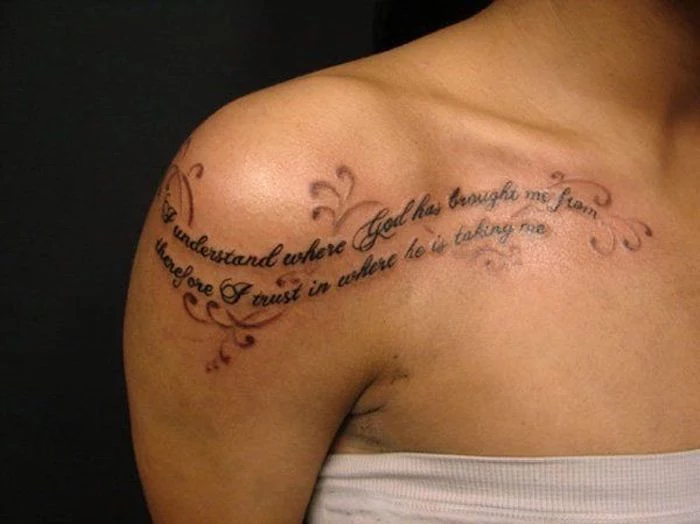
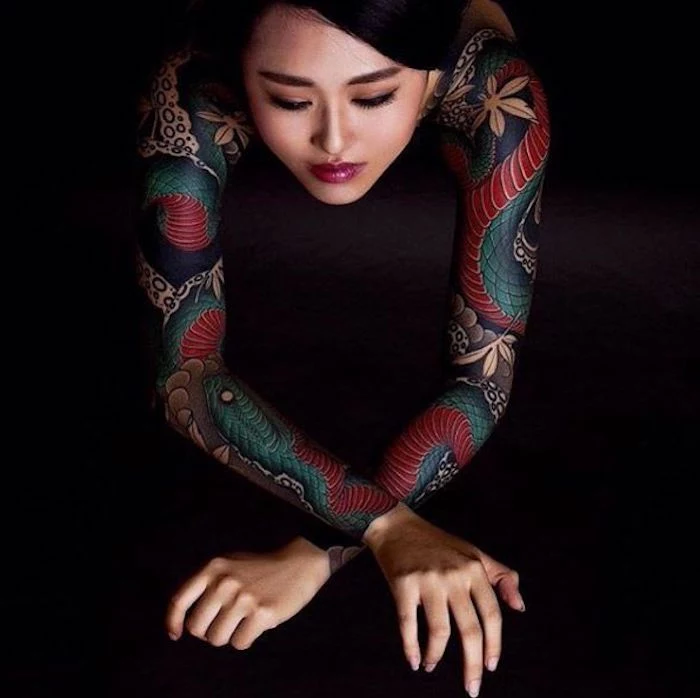
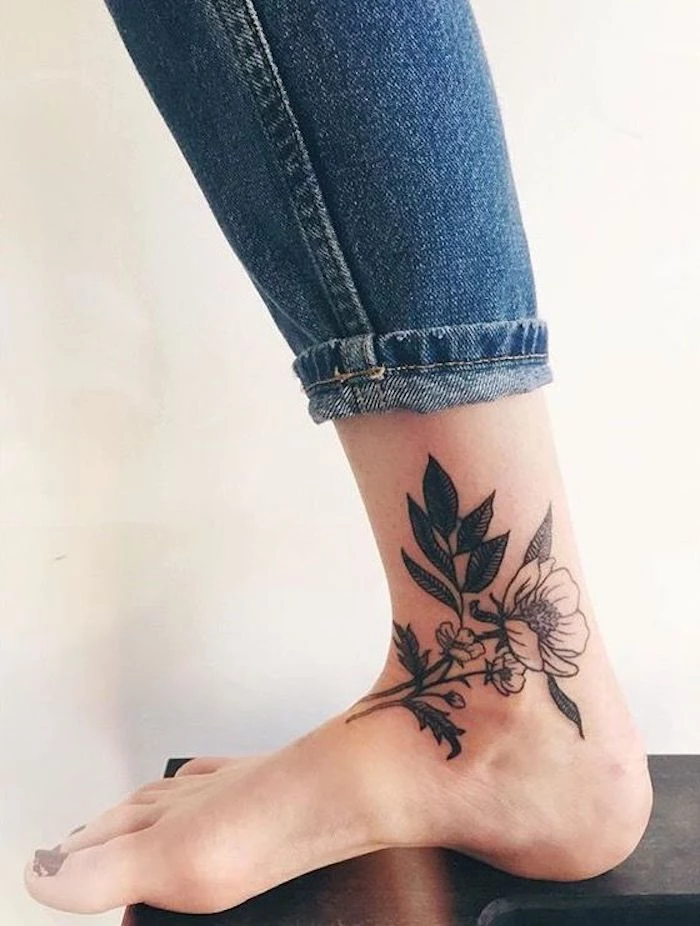
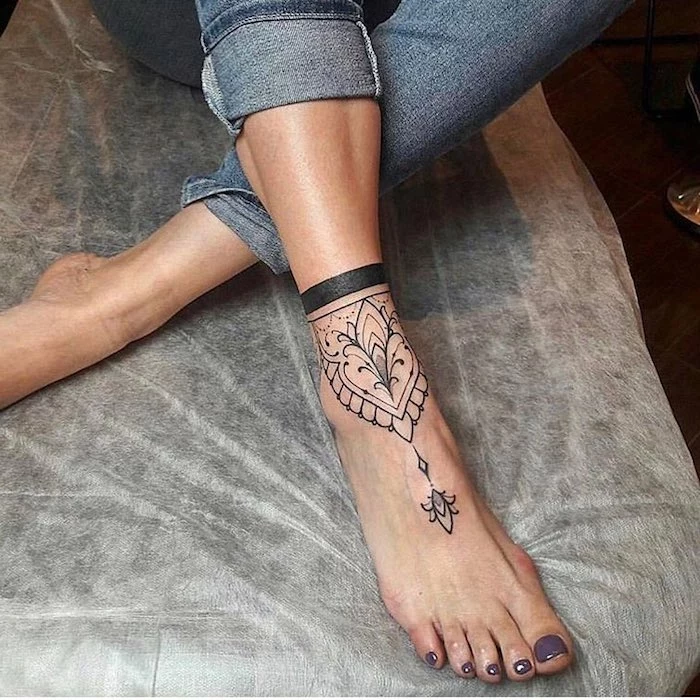
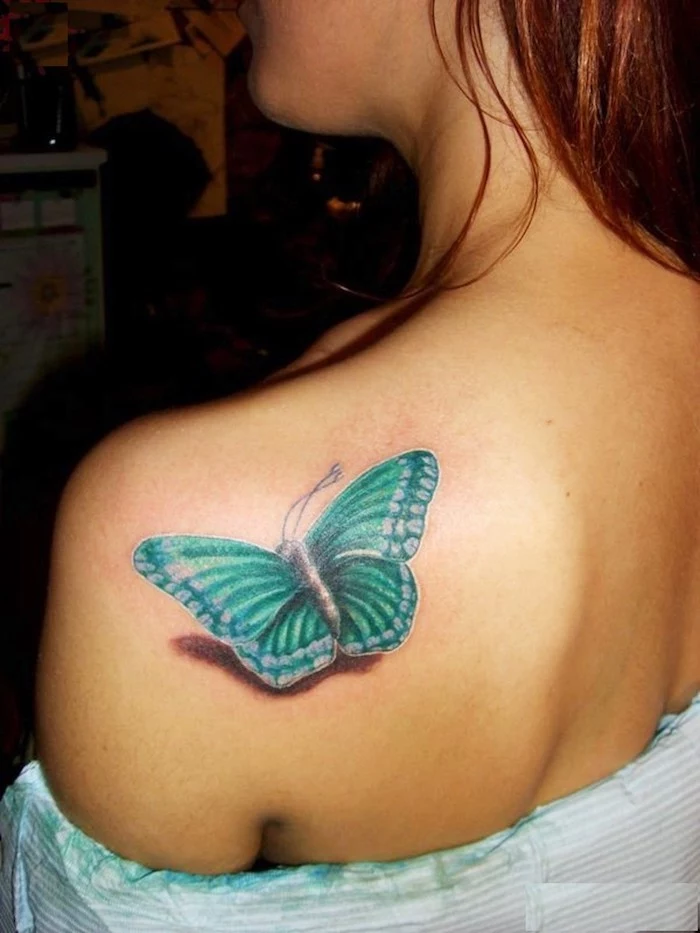
The rise of brands like World Famous Ink and Eternal Ink, which offer extensive vegan-friendly lines, has made it easier than ever to get tattooed without animal-derived products. Glycerin carriers and pigments are now often plant-based.
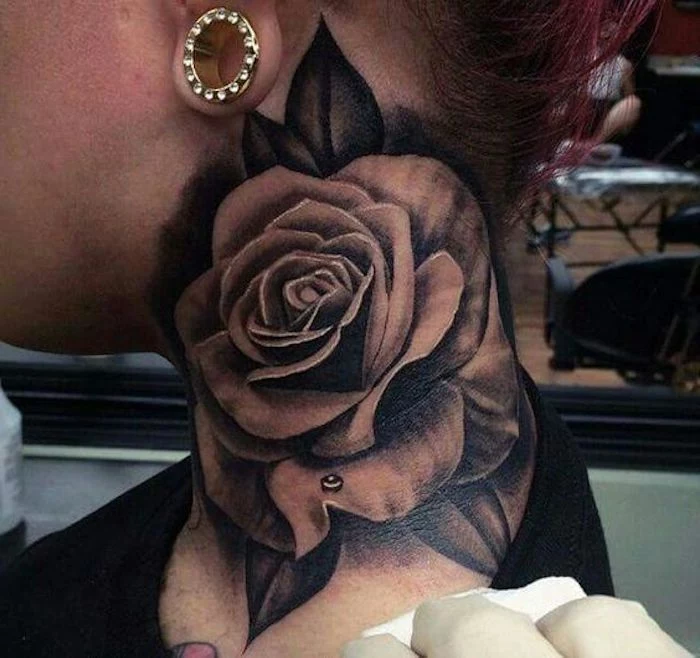
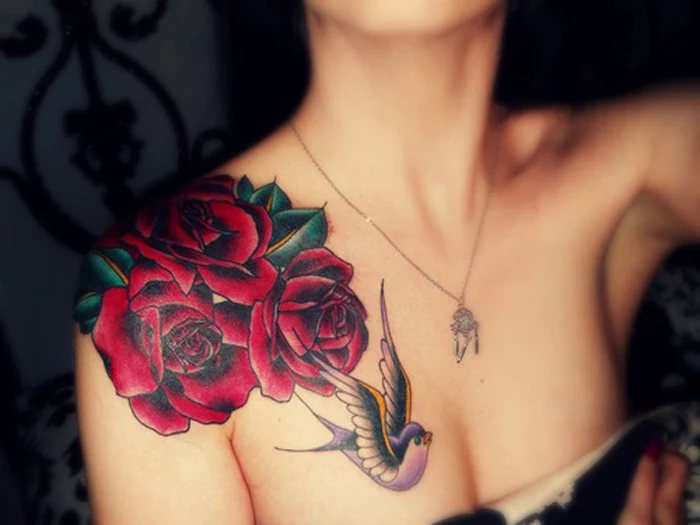
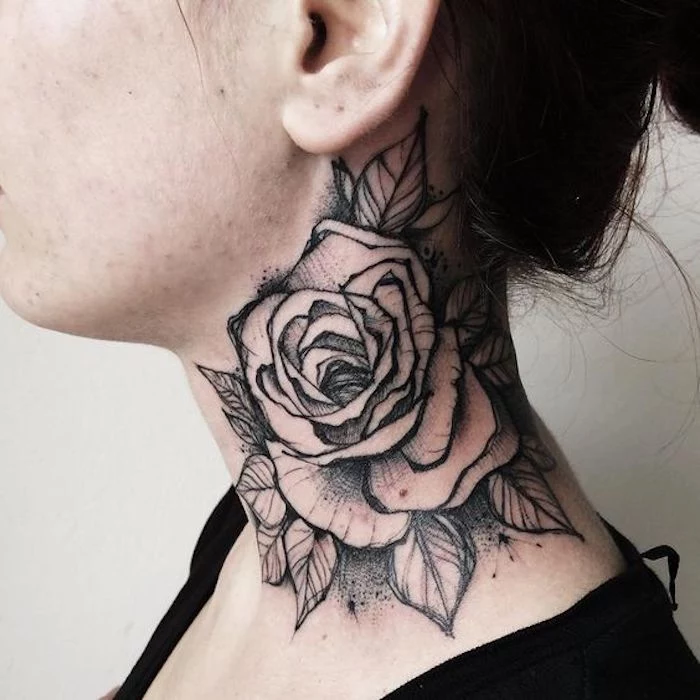
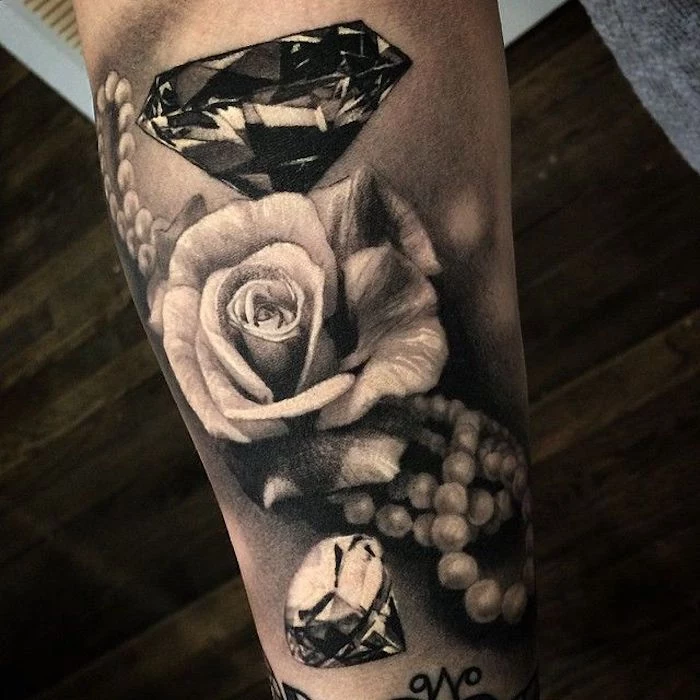
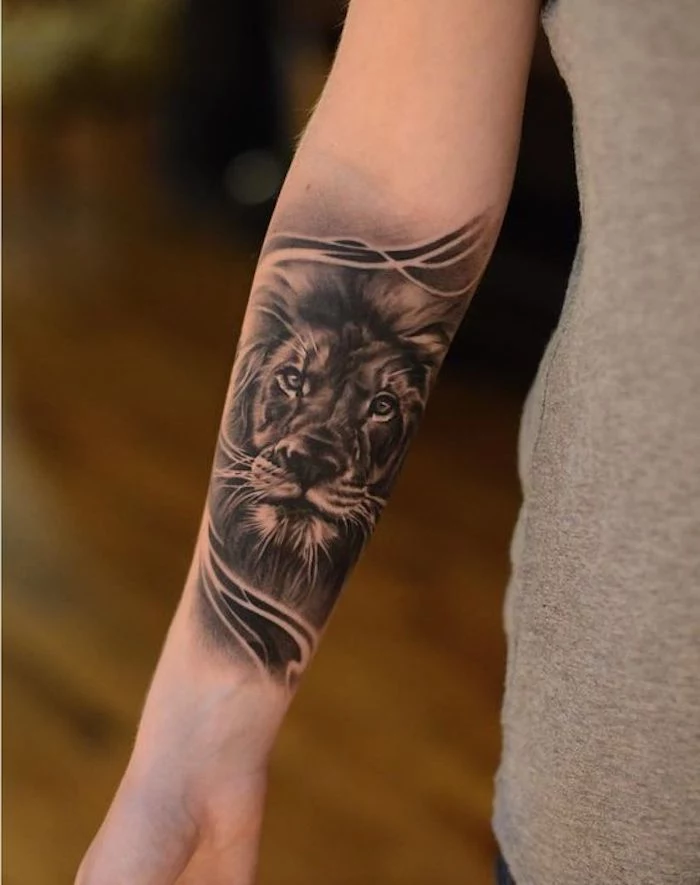
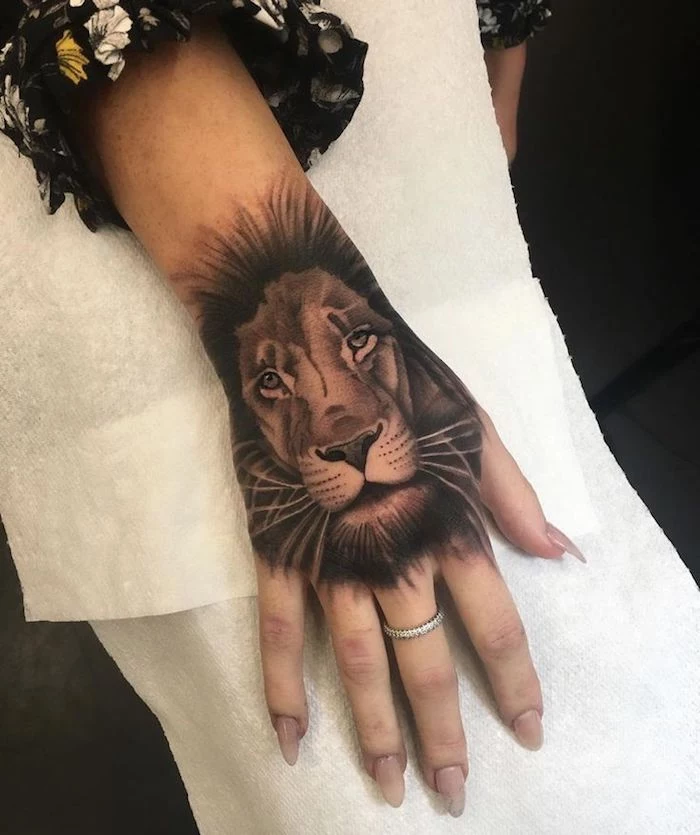
A word on white ink: While it can look striking when fresh, white ink is notoriously tricky. It can fade quickly, sometimes turning a yellowish or beige hue as it ages and is exposed to the sun. It’s most effective when used as a highlight to contrast with darker inks, rather than as the main feature of a design.
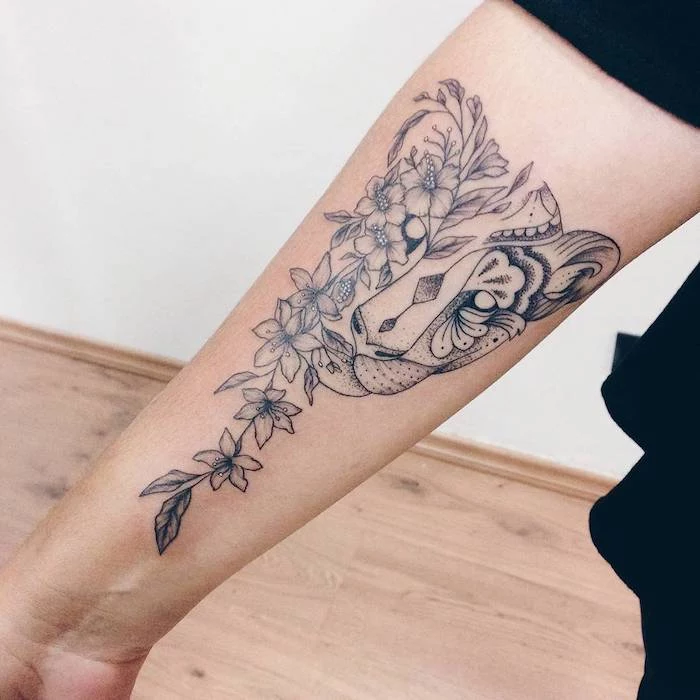

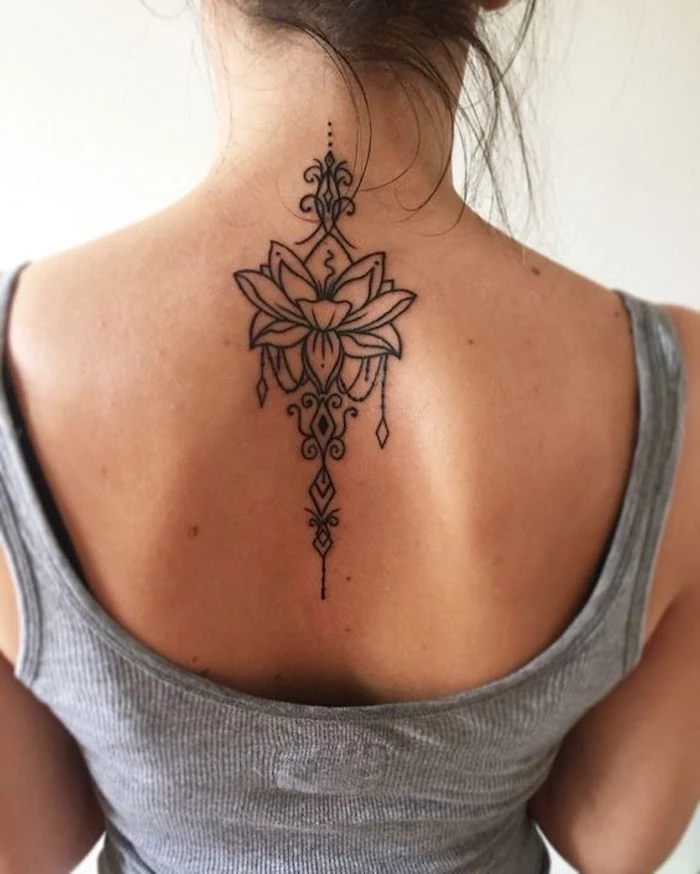
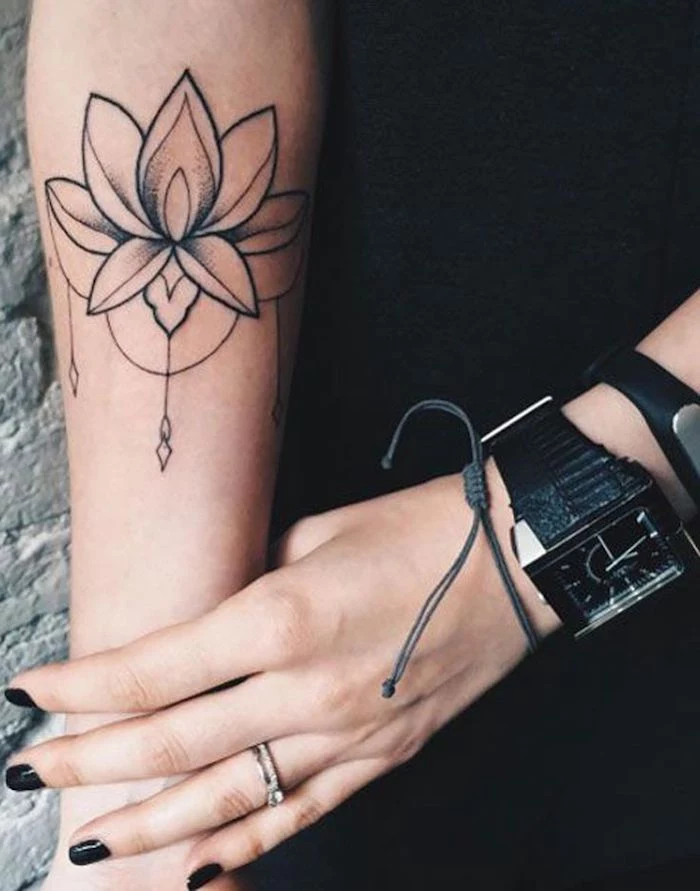
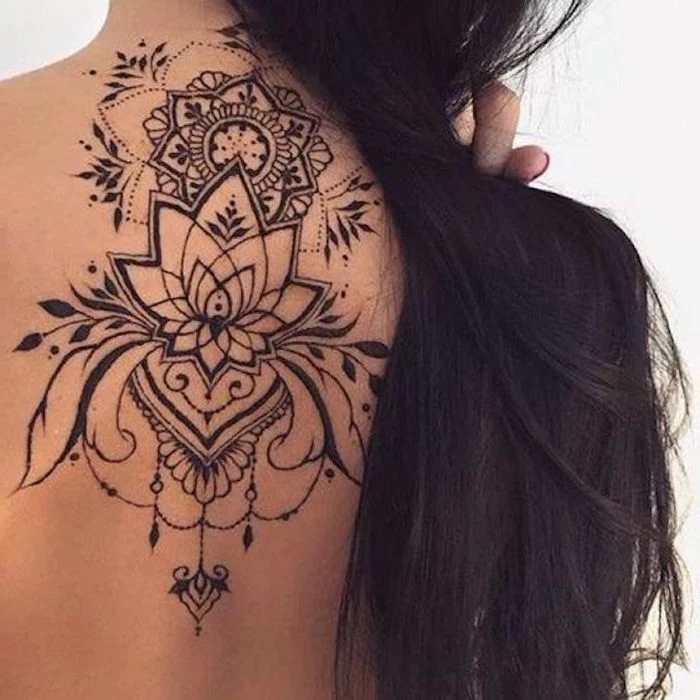
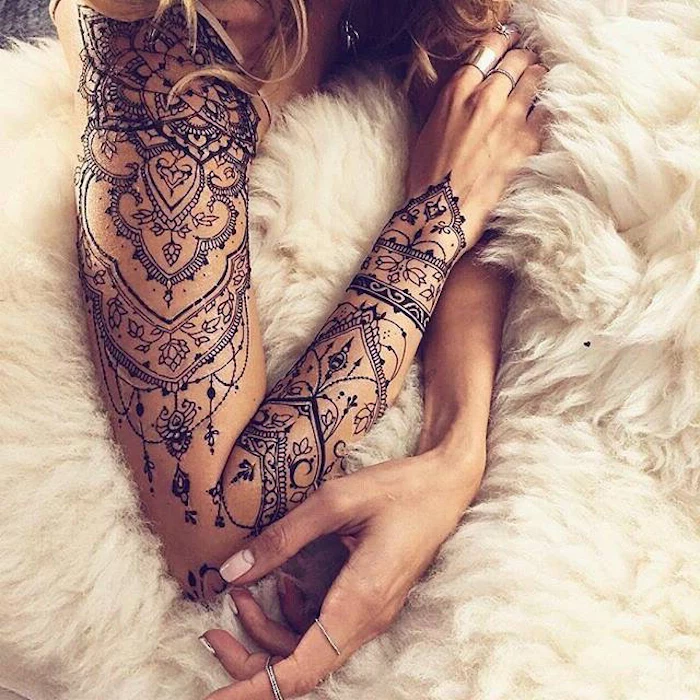
American Traditional: Think bold black outlines, a limited color palette (red, green, yellow, black), and iconic, simple imagery like eagles, roses, and anchors. It’s designed to be readable from a distance and to age exceptionally well.
Japanese (Irezumi): Characterized by its large scale, flowing backgrounds (like wind bars and water), and mythological creatures like dragons and koi. It’s a style deeply rooted in storytelling and designed to fit the body’s form.
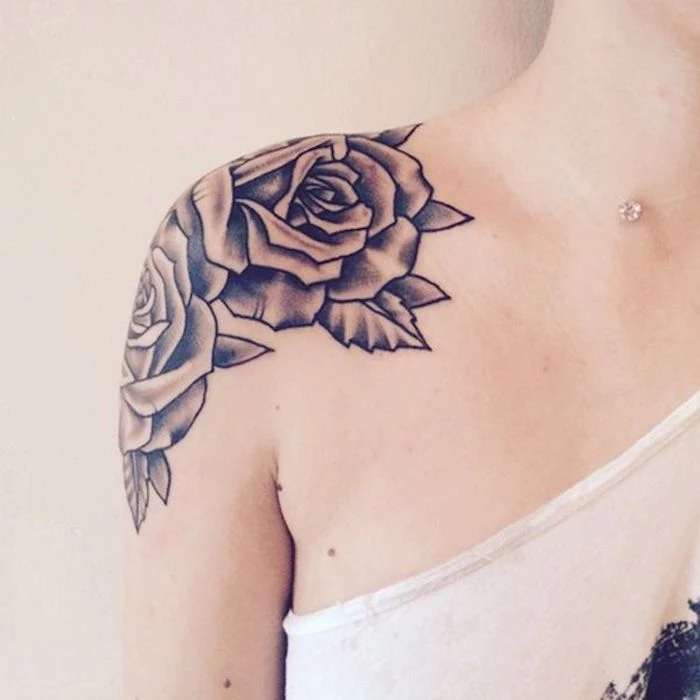
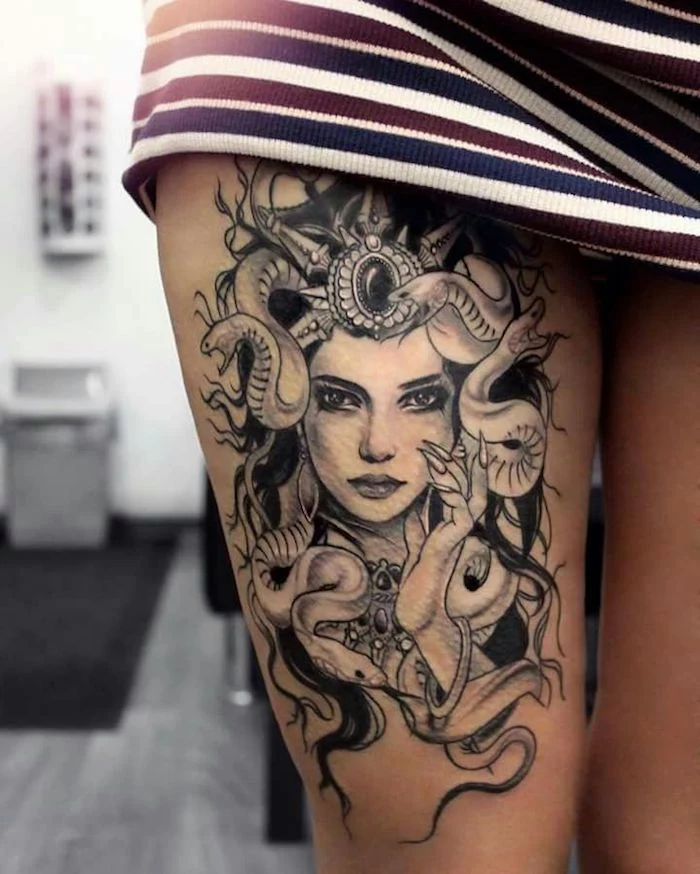
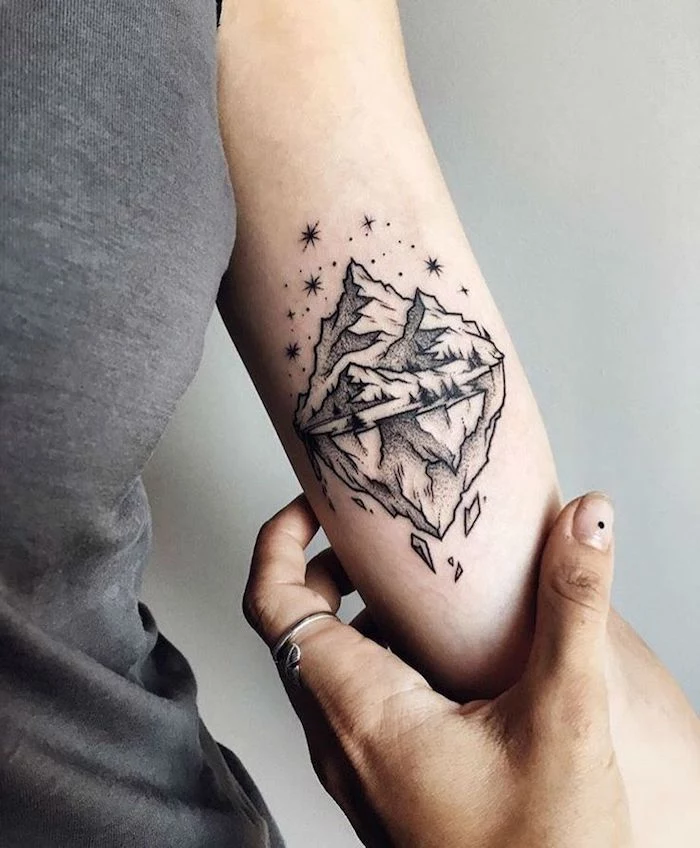
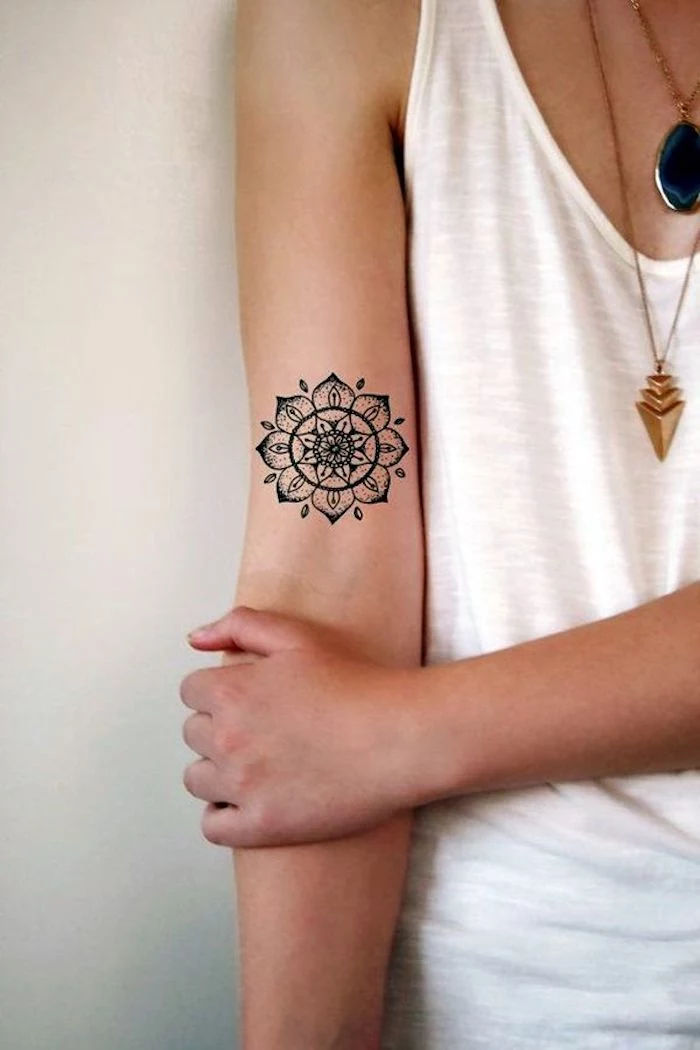
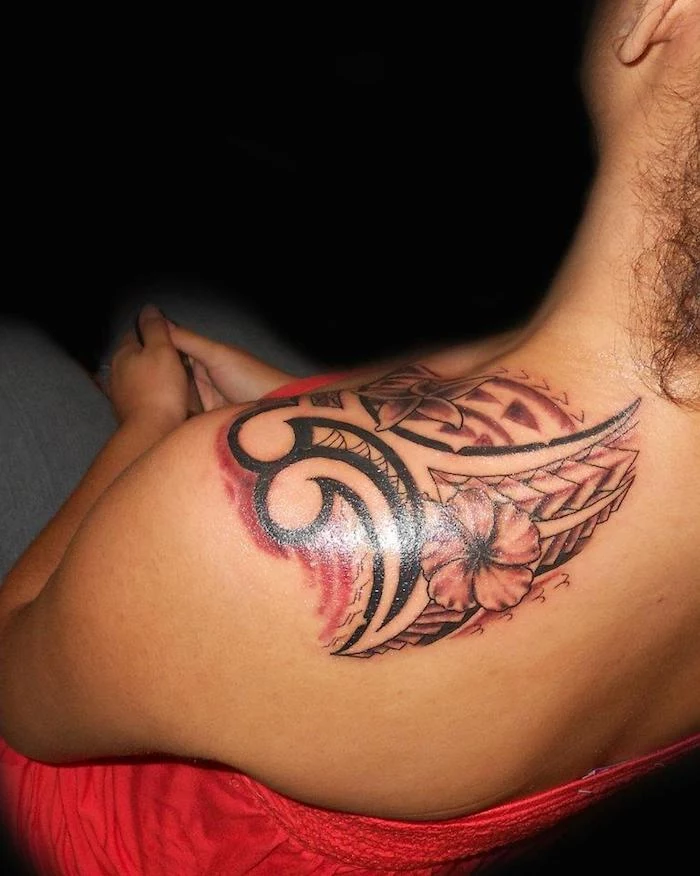
Bringing references is great, but let them be a starting point, not a finished product. A true collaboration happens when you bring your ideas and let the artist use their expertise to design something unique that fits the flow and shape of your body. An image that works on a flat screen rarely translates perfectly to a curved forearm or shoulder blade without adaptation.
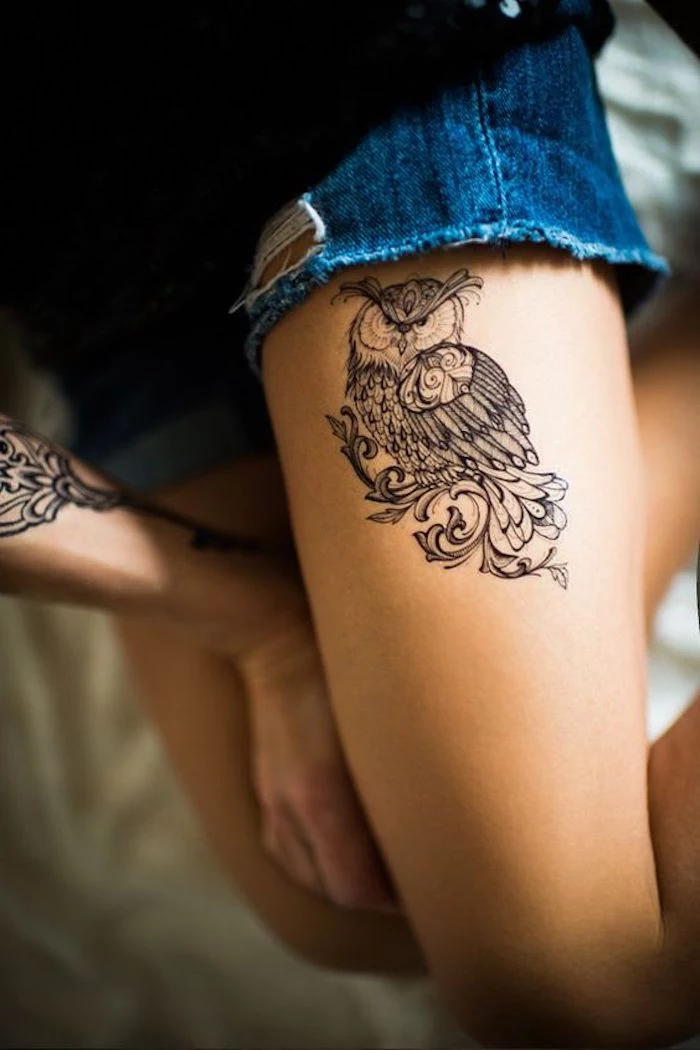
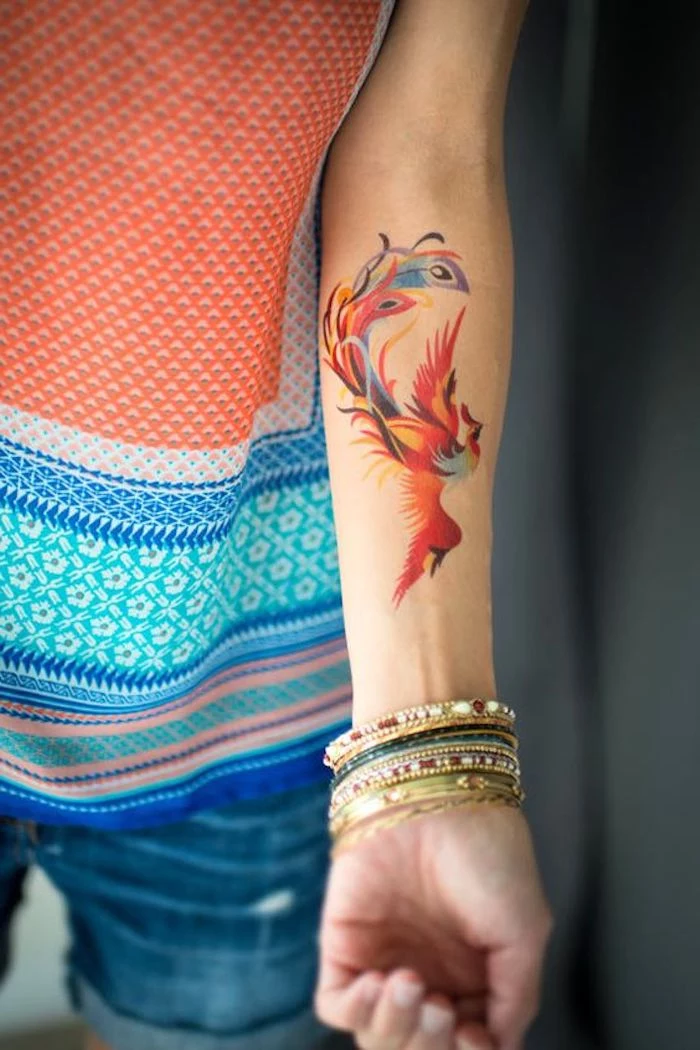
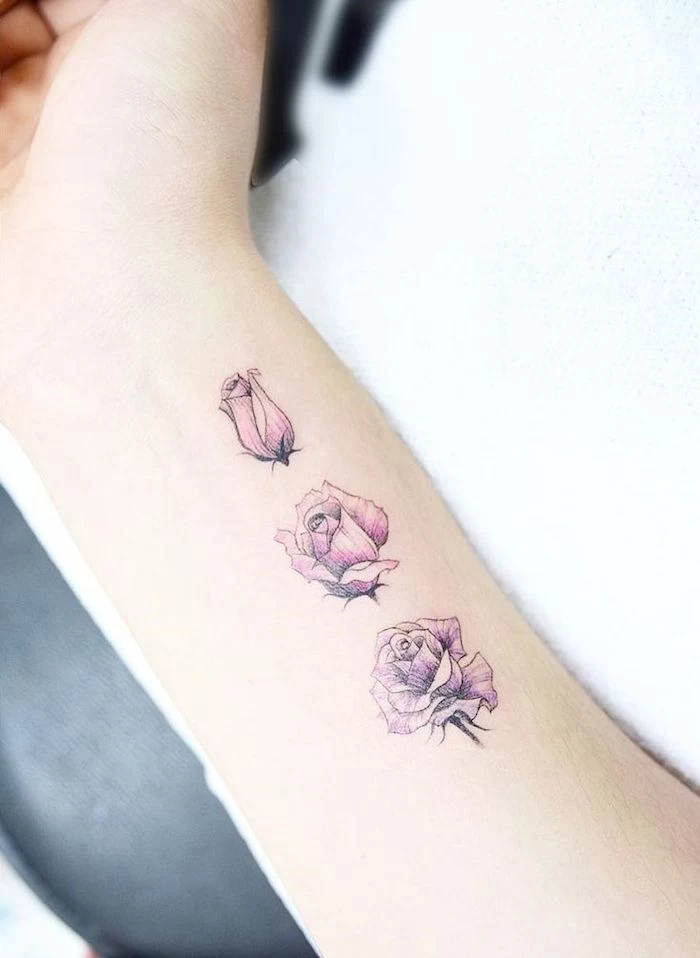
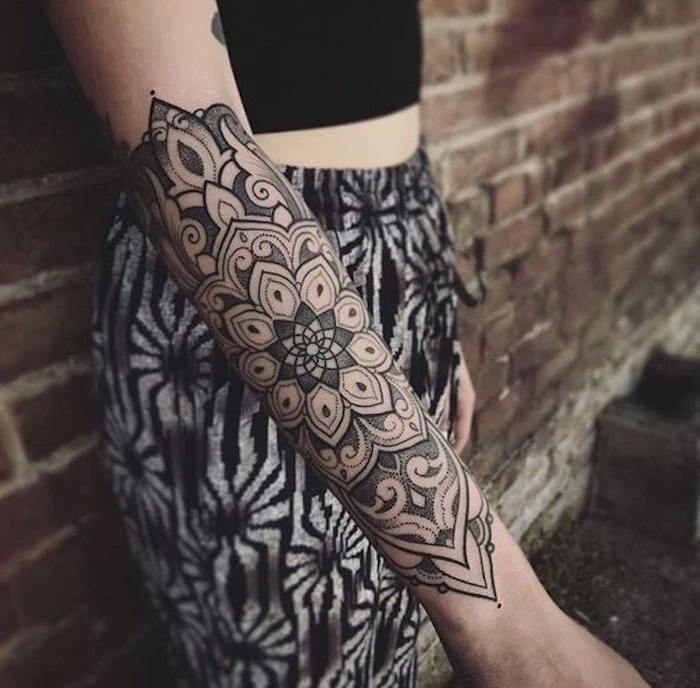
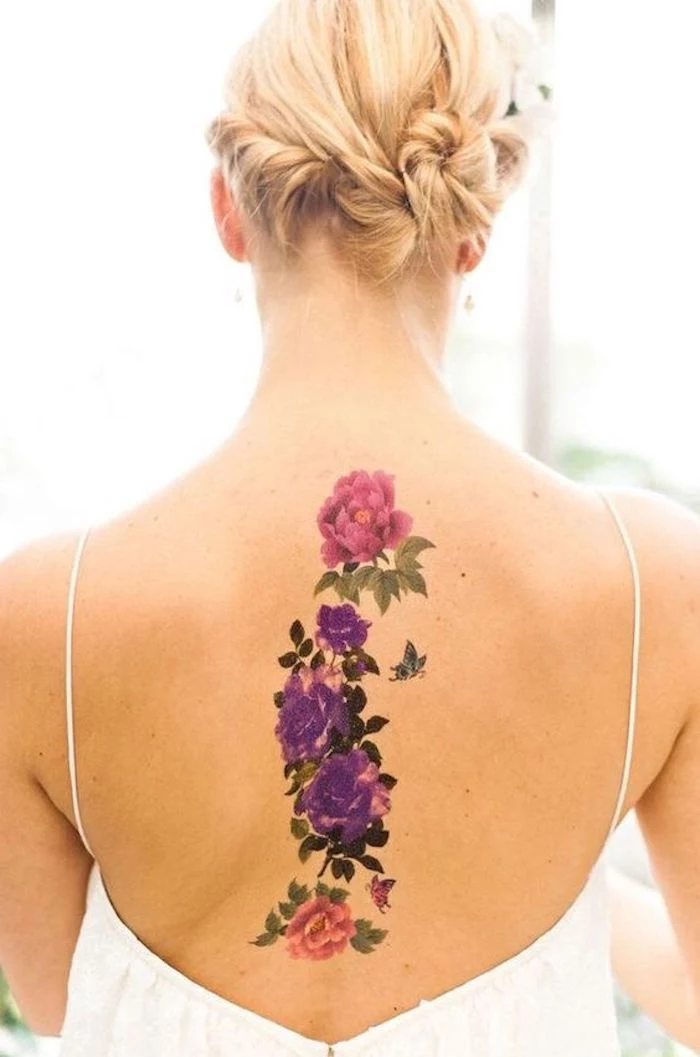

- Don’t submerge your new tattoo in water (no baths, pools, or oceans for at least 2-3 weeks). Showers are fine.
- Don’t pick or scratch the peeling skin. Let it flake off naturally.
- Do keep it clean and lightly moisturized.
- Do protect it from the sun, even after it’s healed.
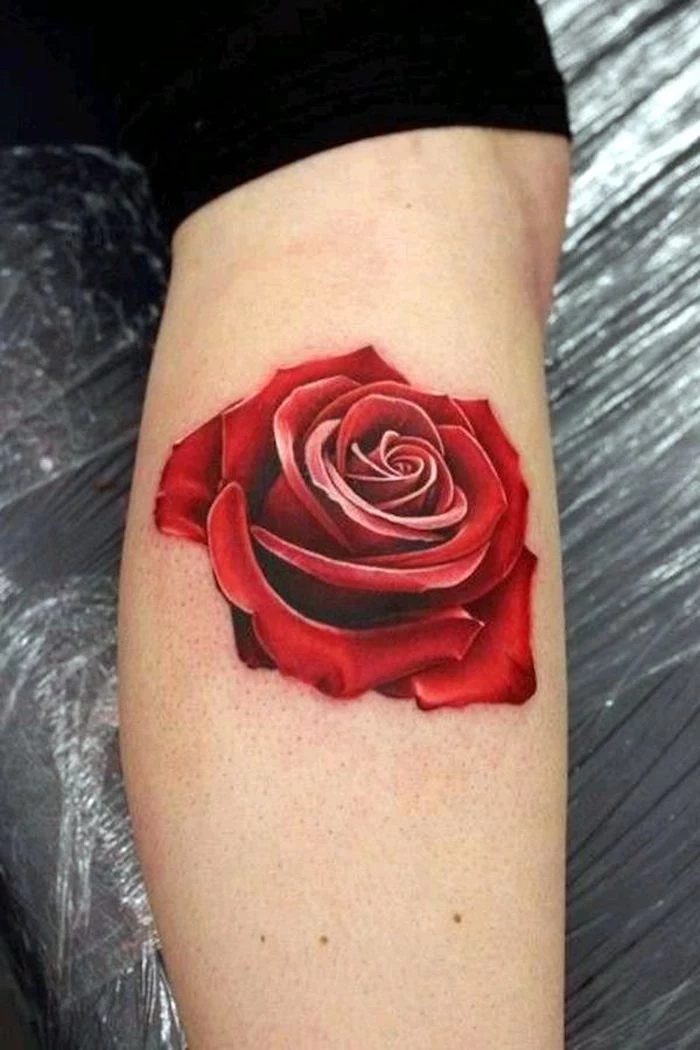
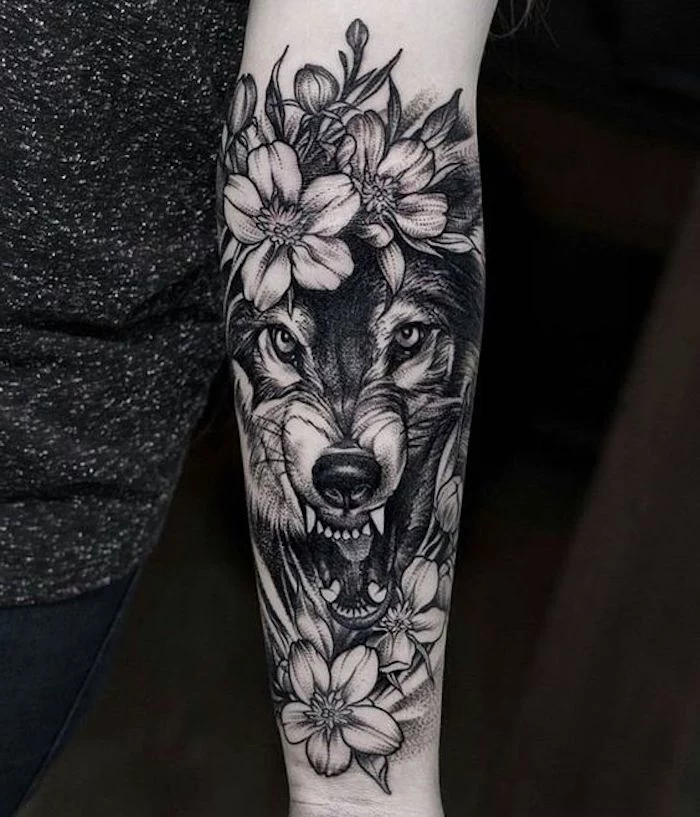
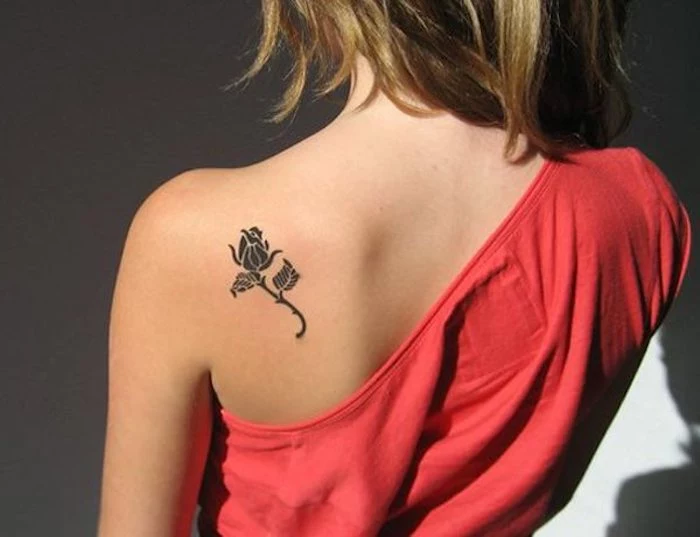
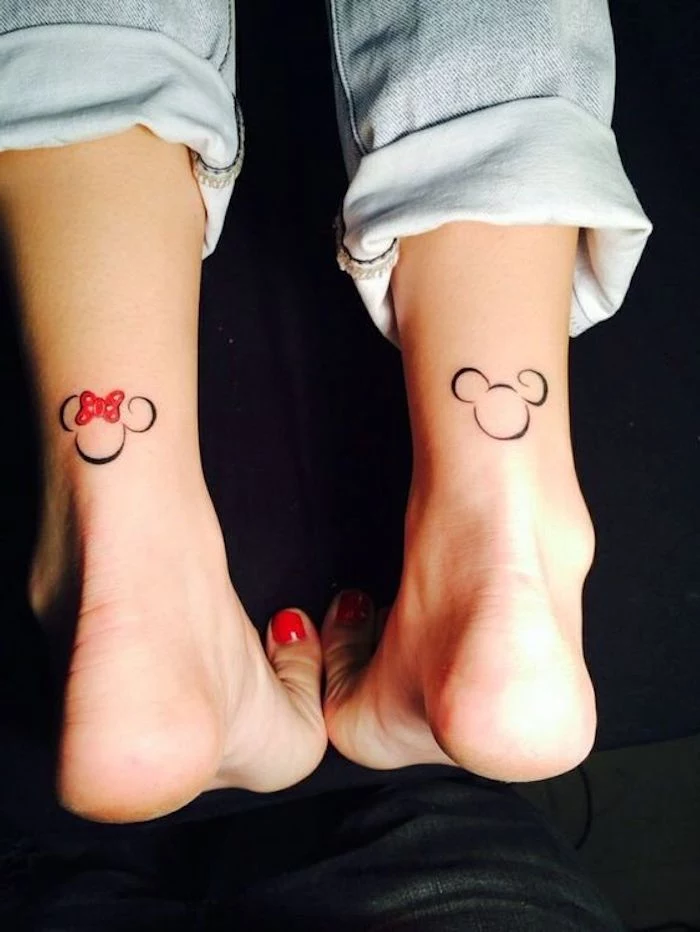
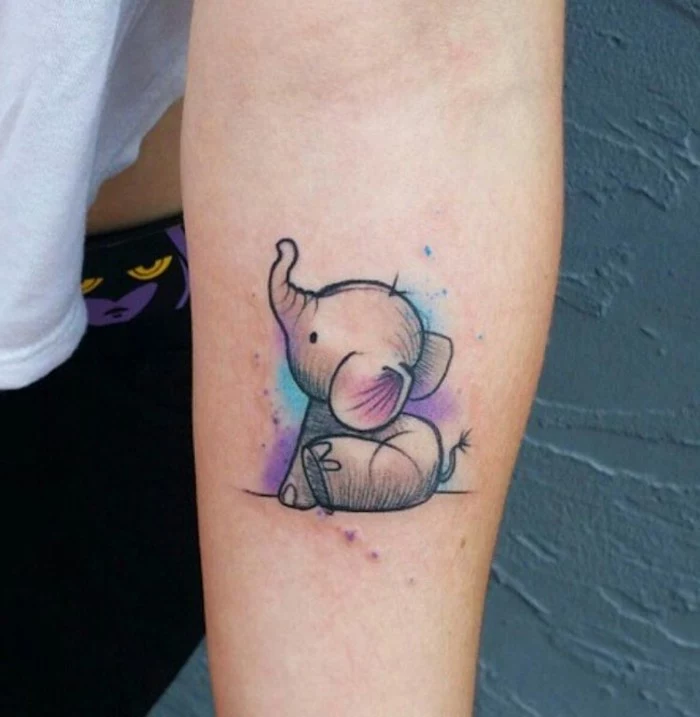
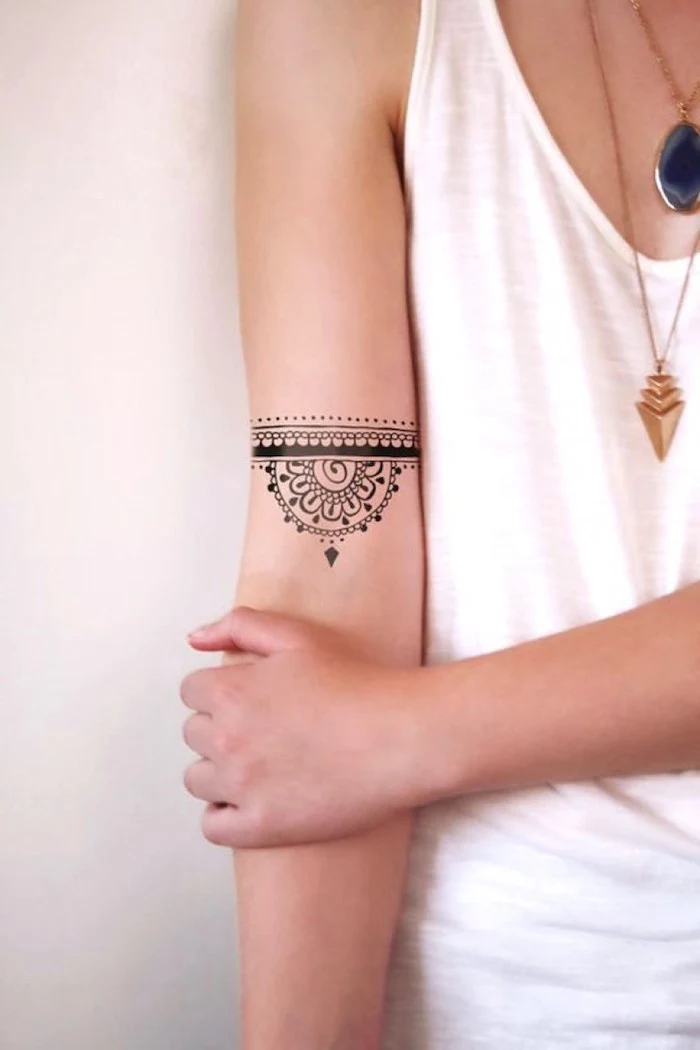
Feeling nervous is completely normal, especially about the pain. But remember that the sensation is often more of a sharp, vibrating scratch than a deep pain. It’s temporary. Focus on your breathing, listen to music, and don’t be afraid to ask your artist for a short break if you need one. They are used to it!
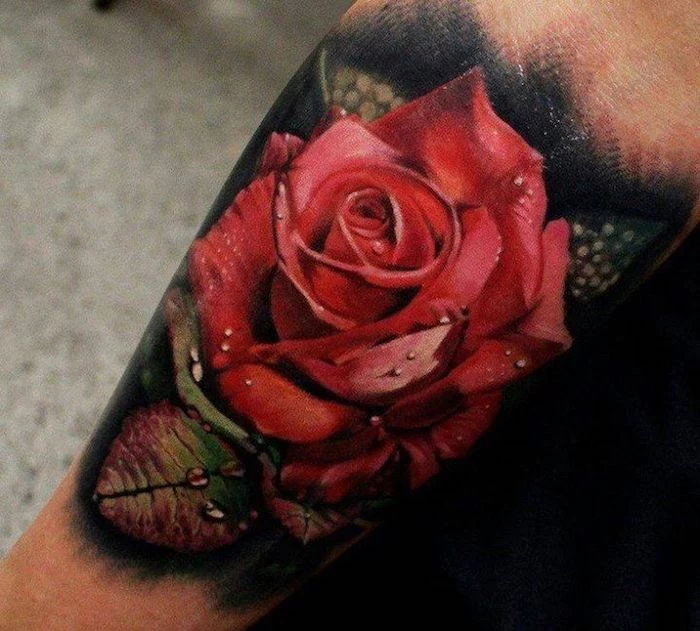
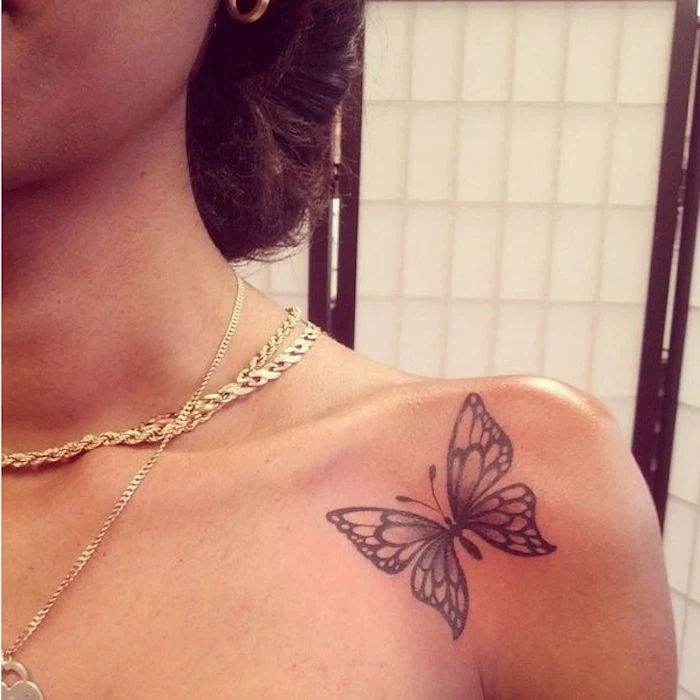
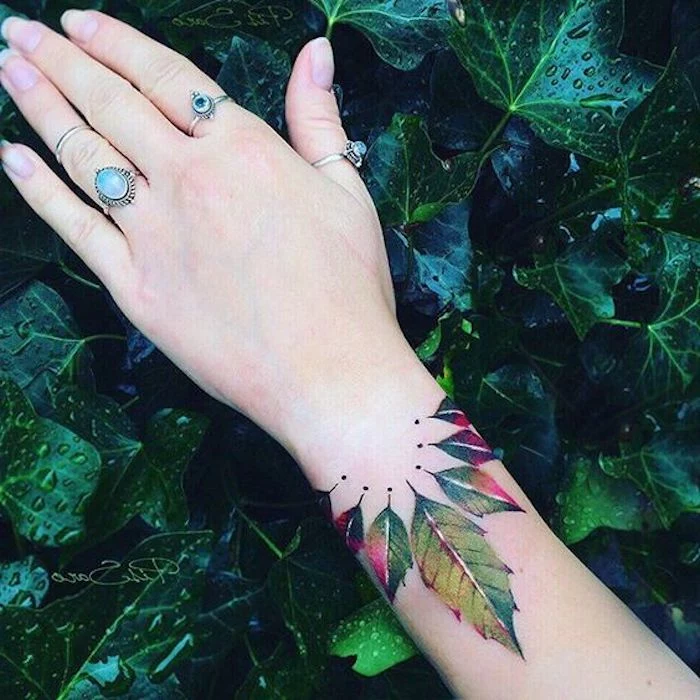
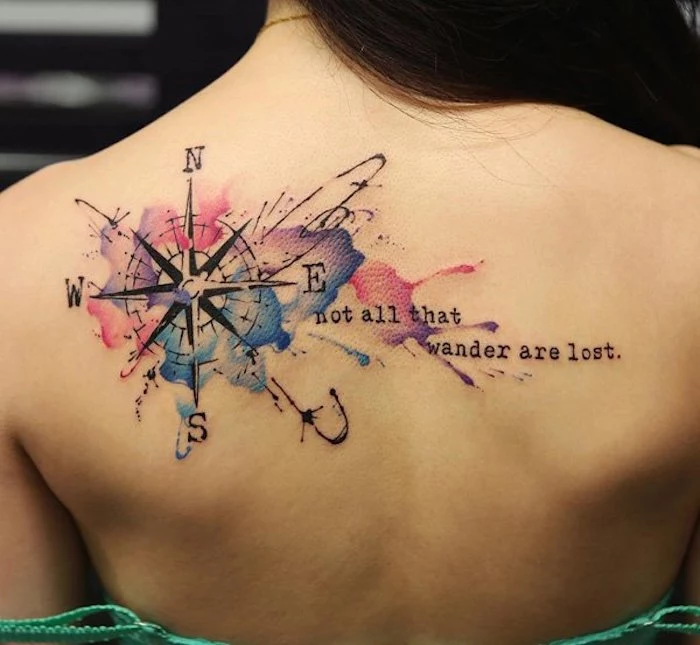
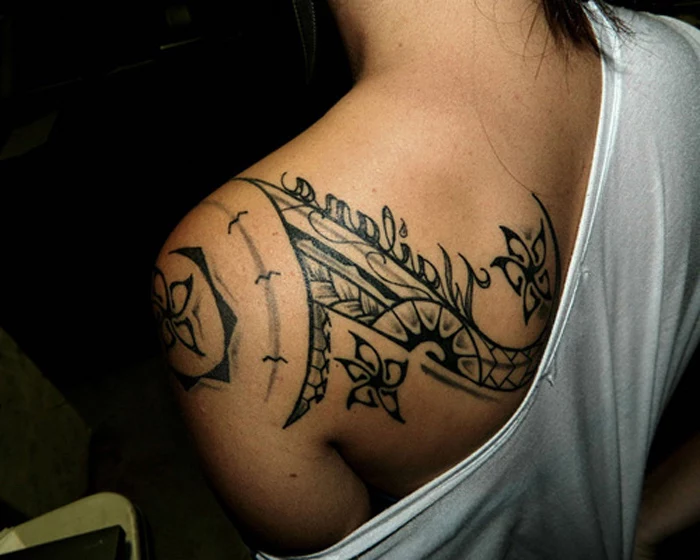
I want to try a design or placement before committing. Any options?
Absolutely. High-quality temporary tattoos have evolved far beyond what you remember from childhood. Brands like Inkbox use a semi-permanent, skin-safe ink that develops over 24-36 hours and lasts 1-2 weeks. It’s an excellent, low-risk way to test-drive how a specific design feels on your body before taking the permanent plunge.
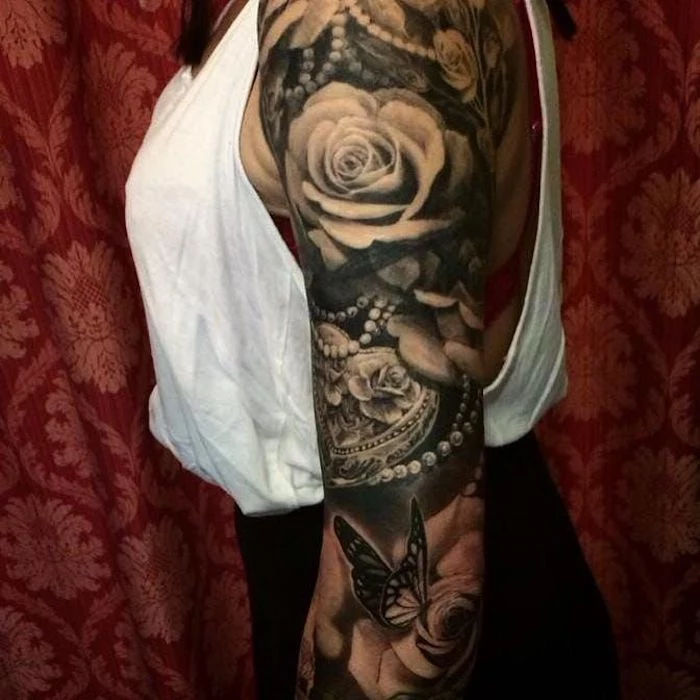
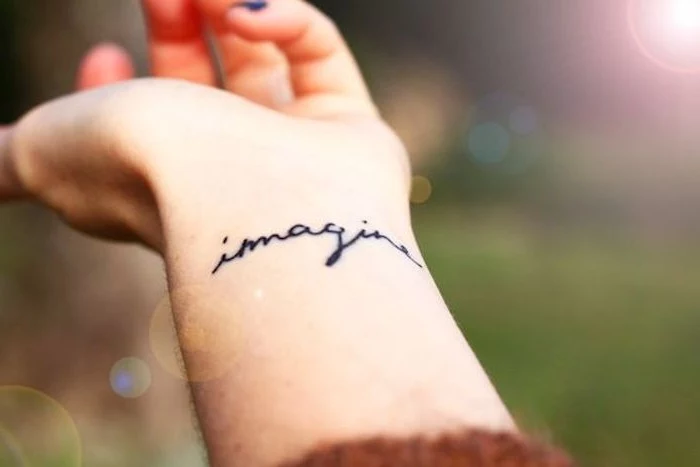
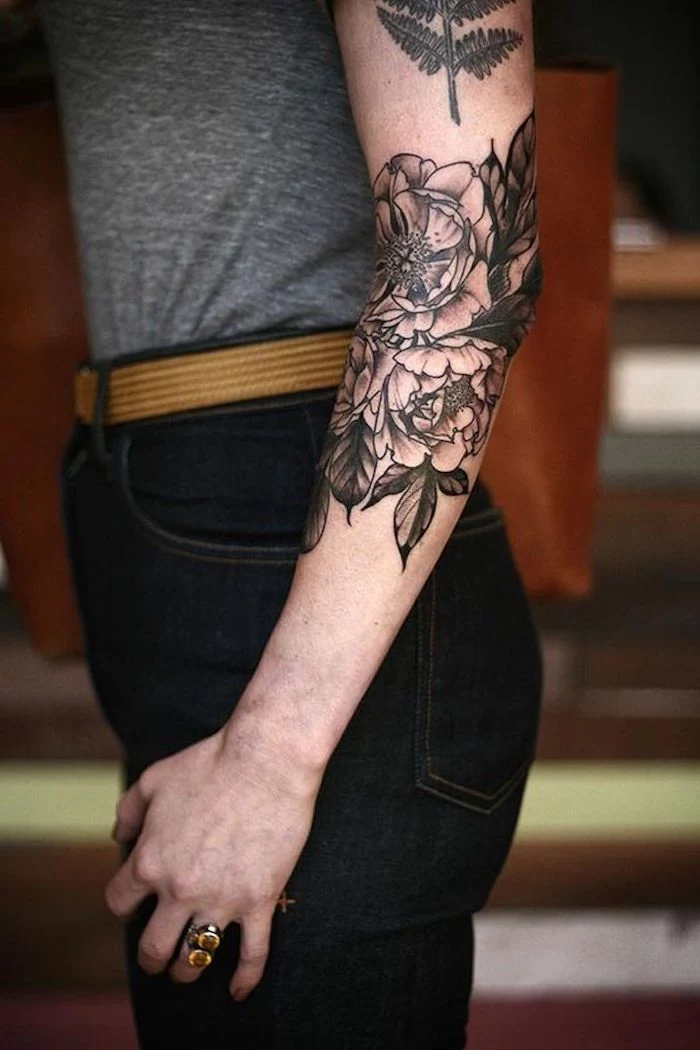
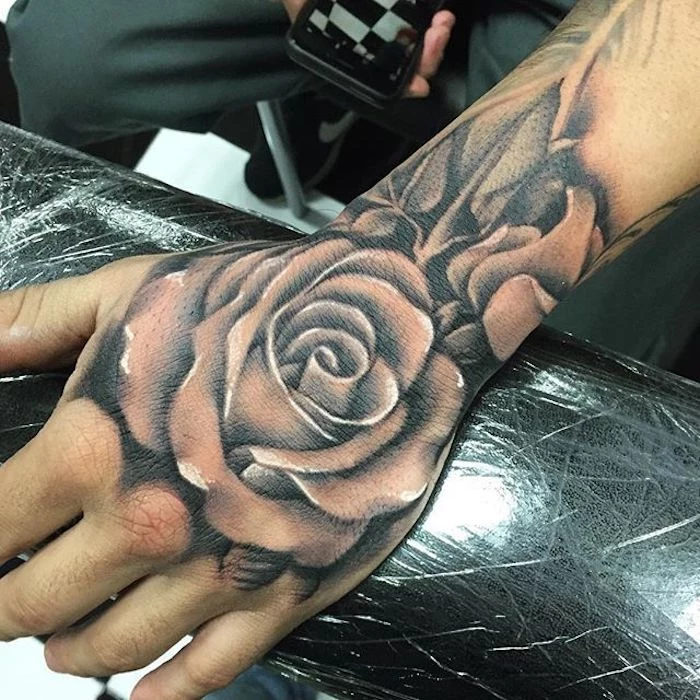
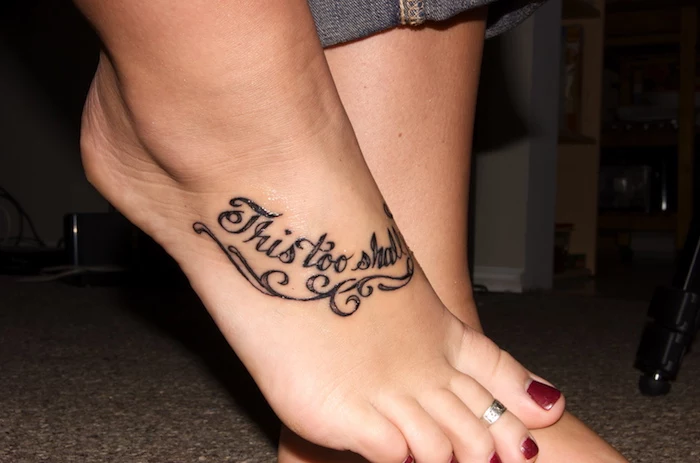
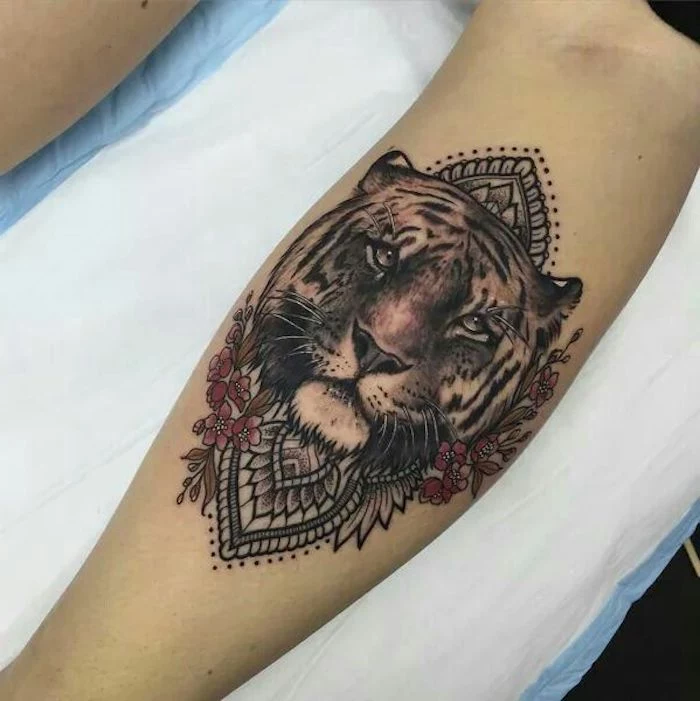
Did you know? The iconic swallow tattoo for a sailor traditionally signified having traveled 5,000 nautical miles. A second swallow meant they had traveled 10,000 miles.
This history reminds us that tattoos have long been used as a visual diary, a way to mark milestones, achievements, and identity long before they became a mainstream art form.
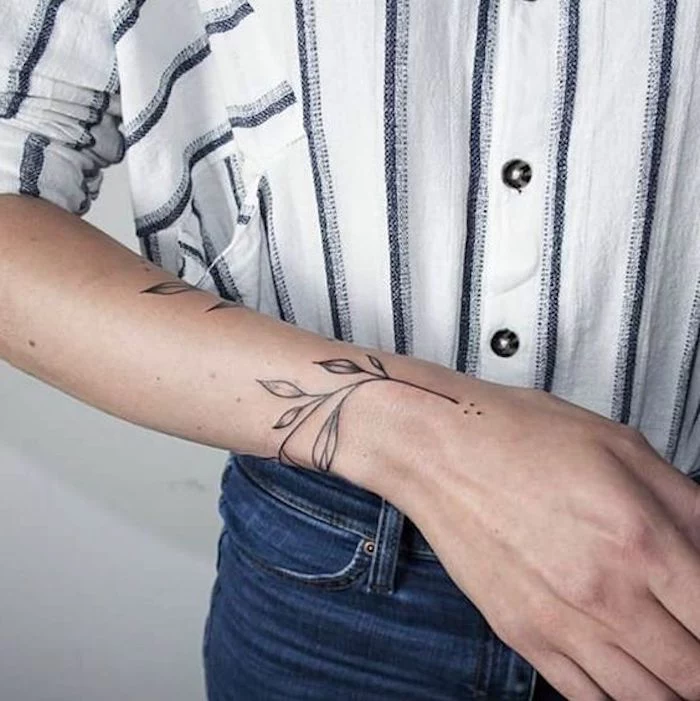
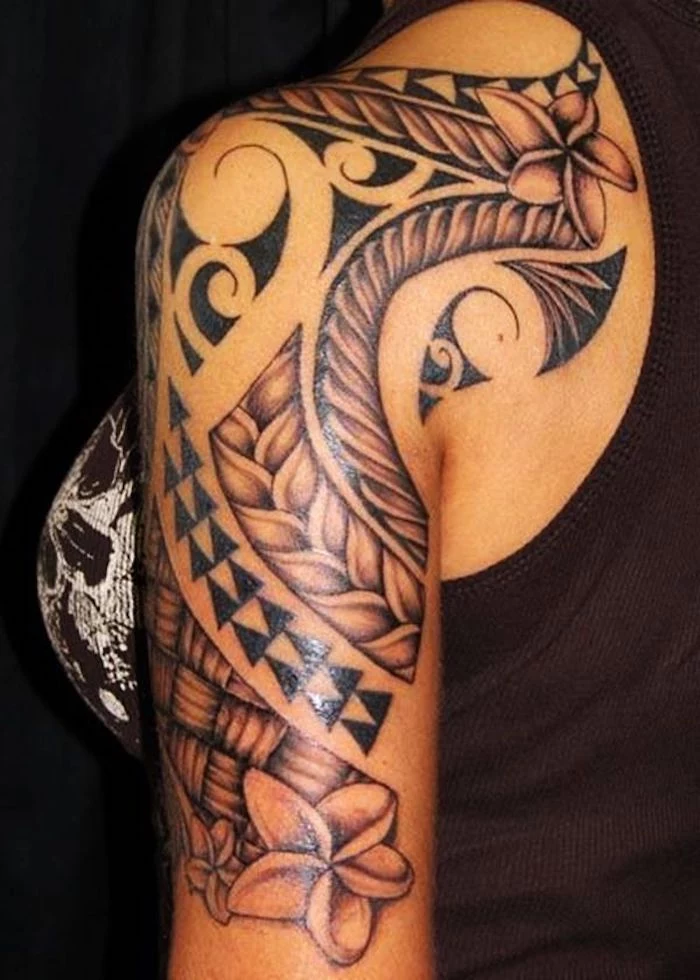
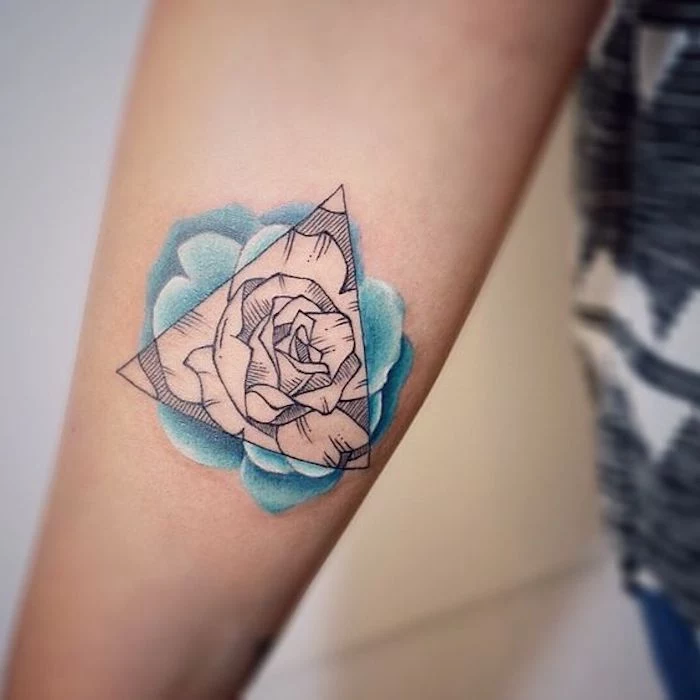
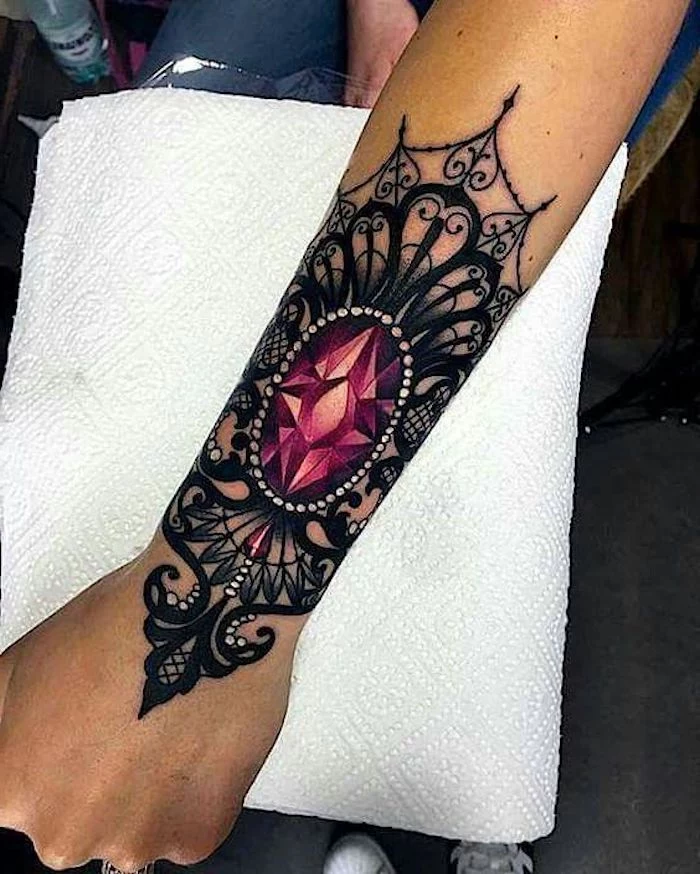
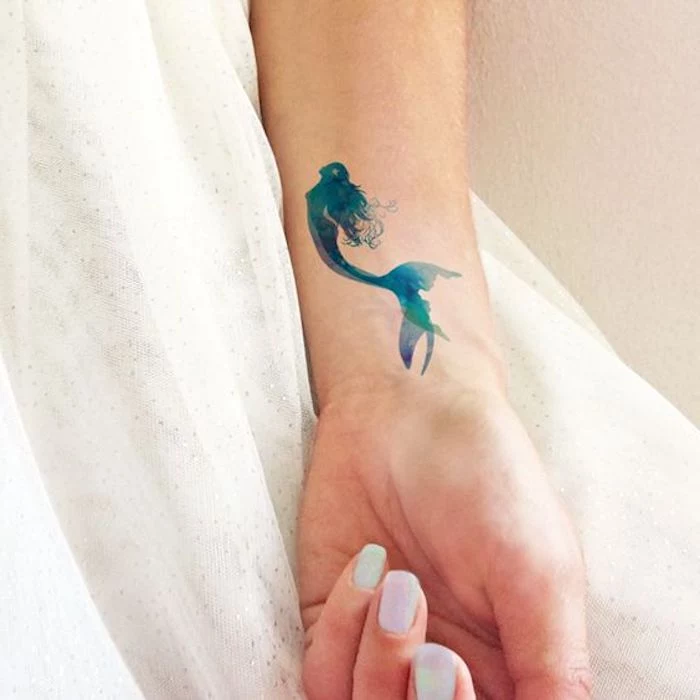
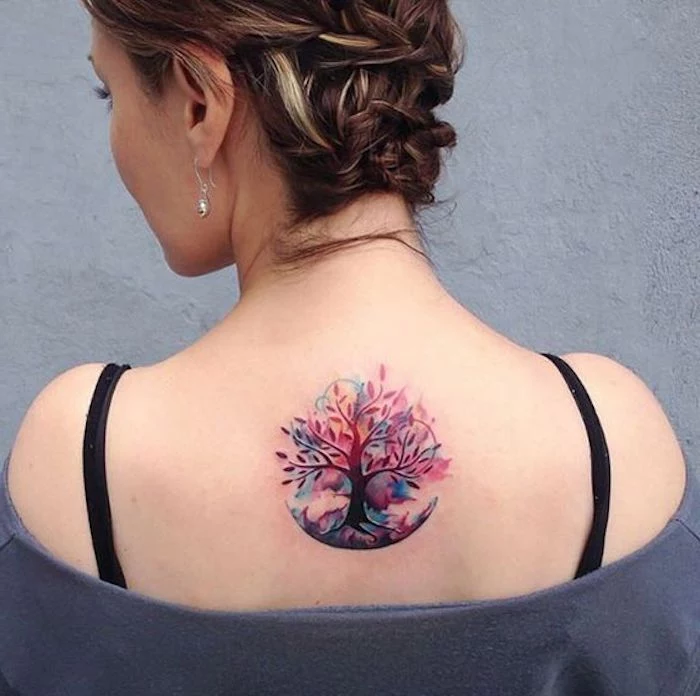
A good tattoo isn’t cheap, and a cheap tattoo isn’t good. While it’s tempting to shop around for the best price, a tattoo is an investment in permanent art on your body. Prices reflect an artist’s experience, skill, and the quality of their materials. It’s far better to save up for the artist you truly want than to settle for a cheaper option you might regret later.
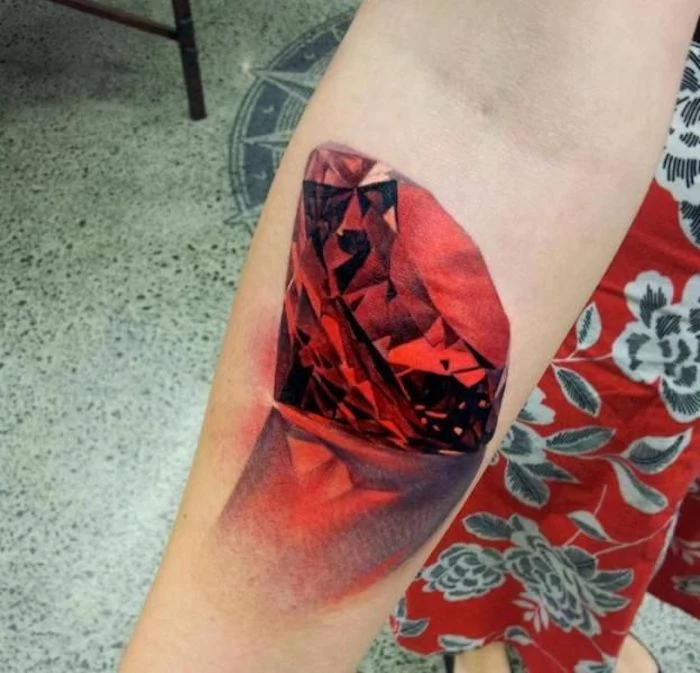
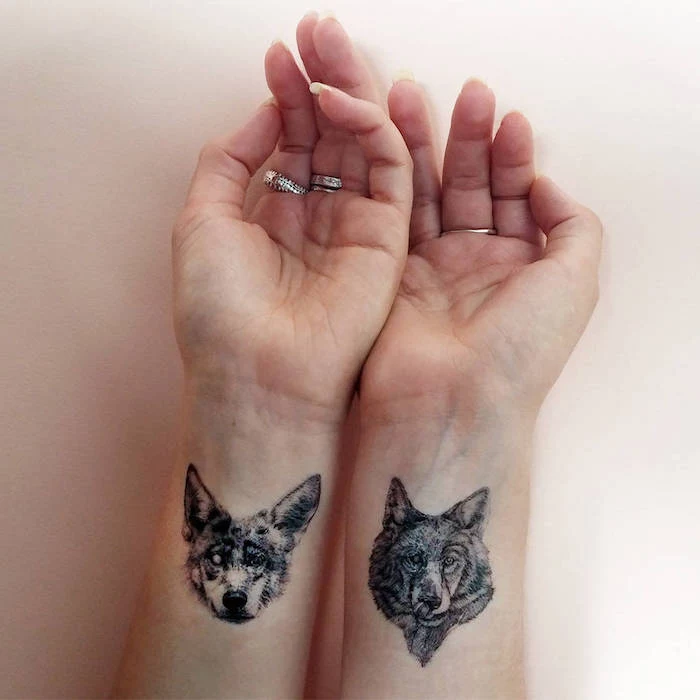
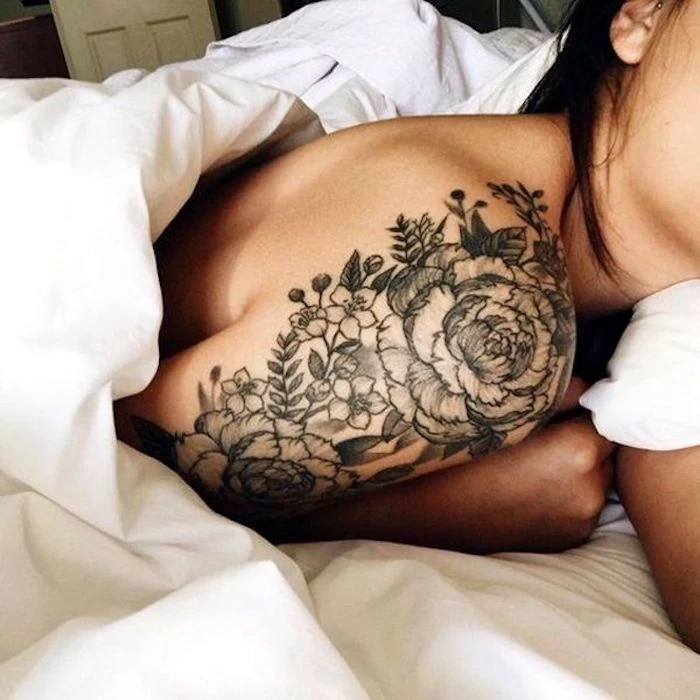
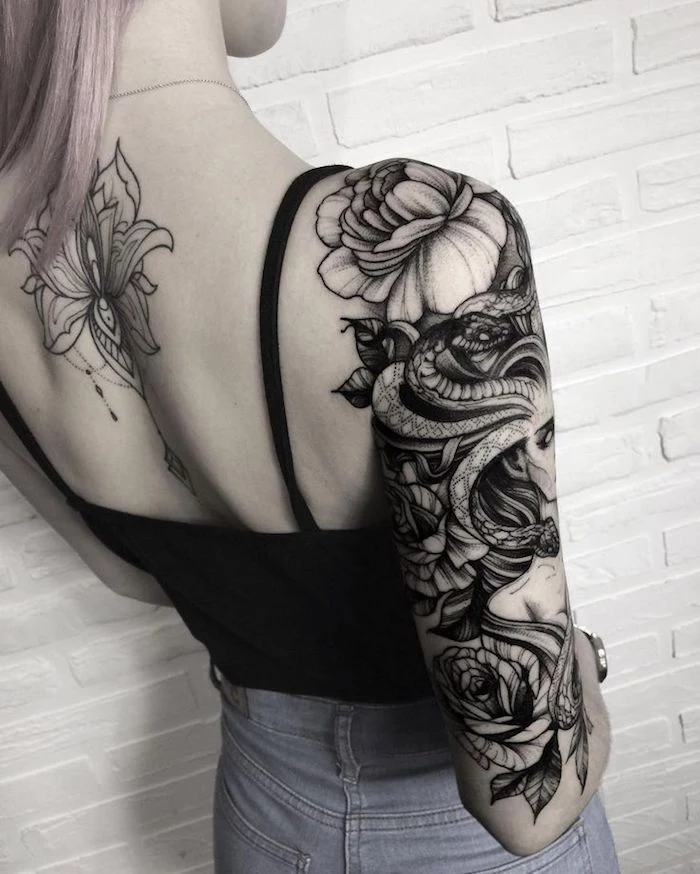
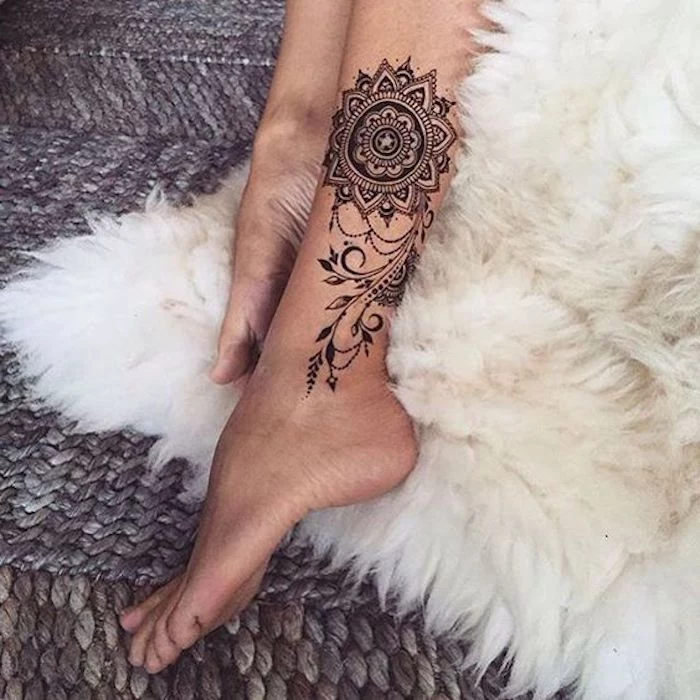
The skin on your hands and feet regenerates much faster than elsewhere on your body, and these areas are subject to constant friction and washing. This means that tattoos here are notorious for fading, blurring, and falling out during healing. They look amazing when fresh but almost always require frequent touch-ups to stay crisp.
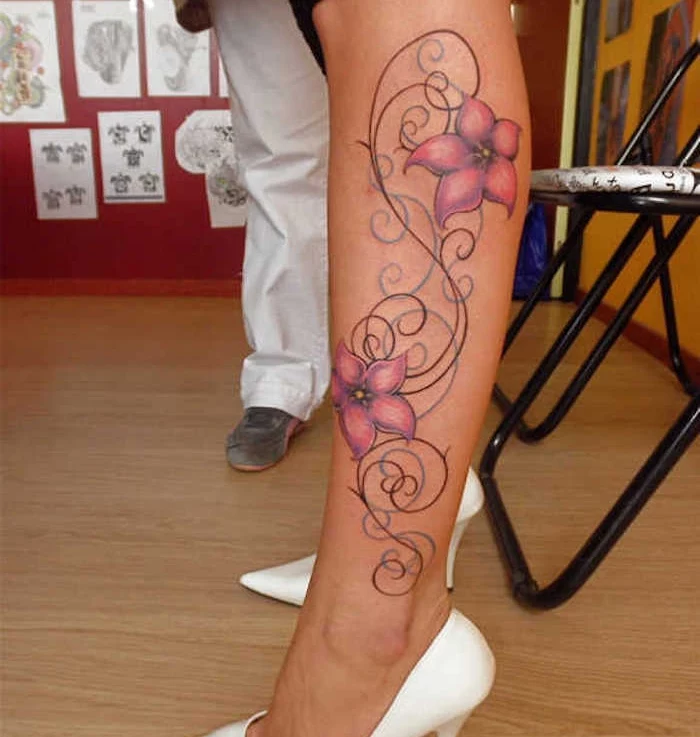
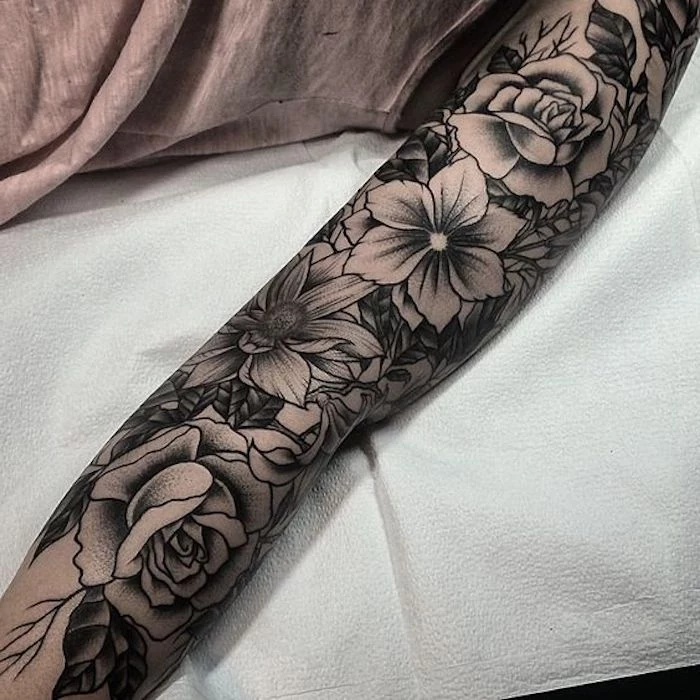
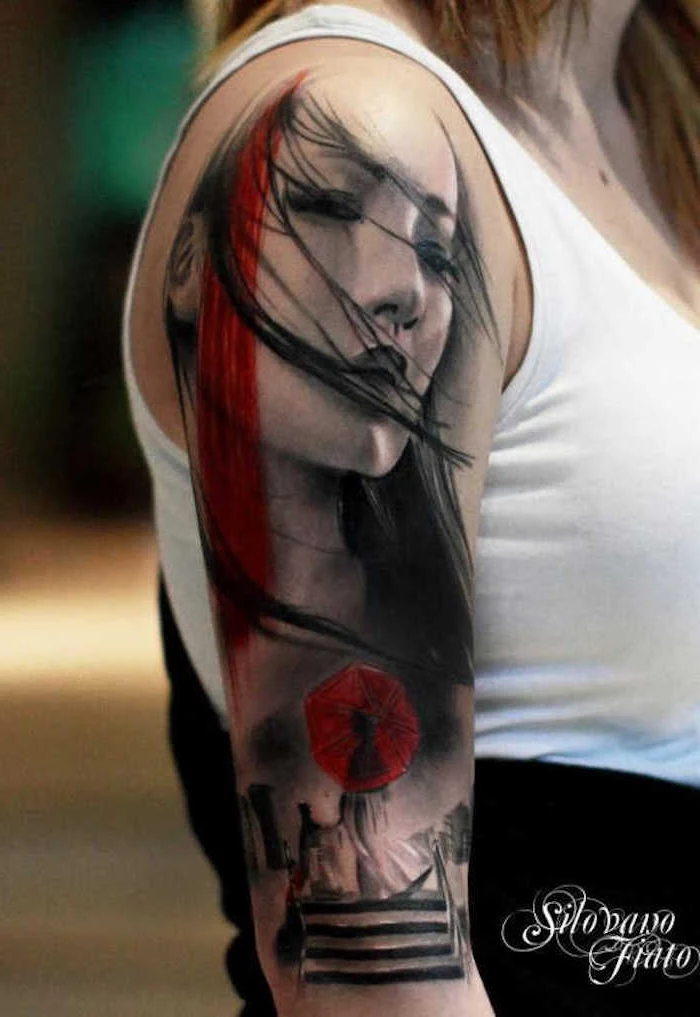
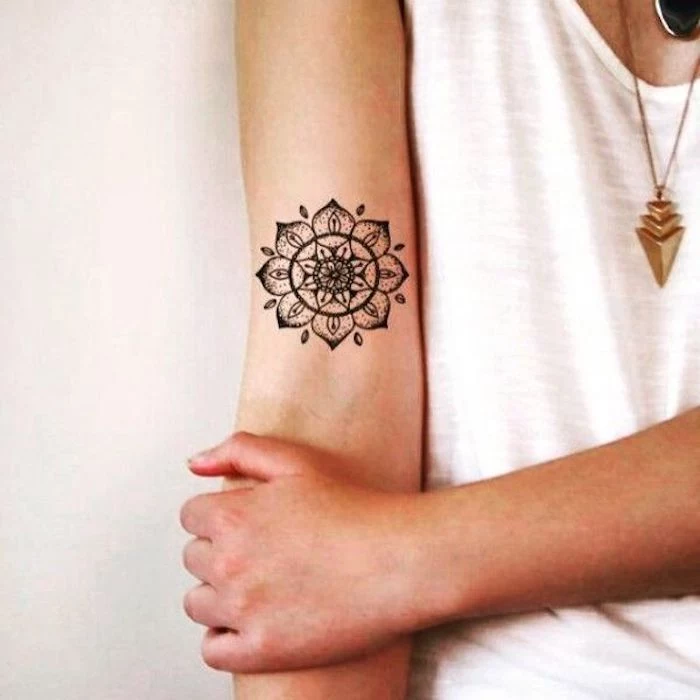
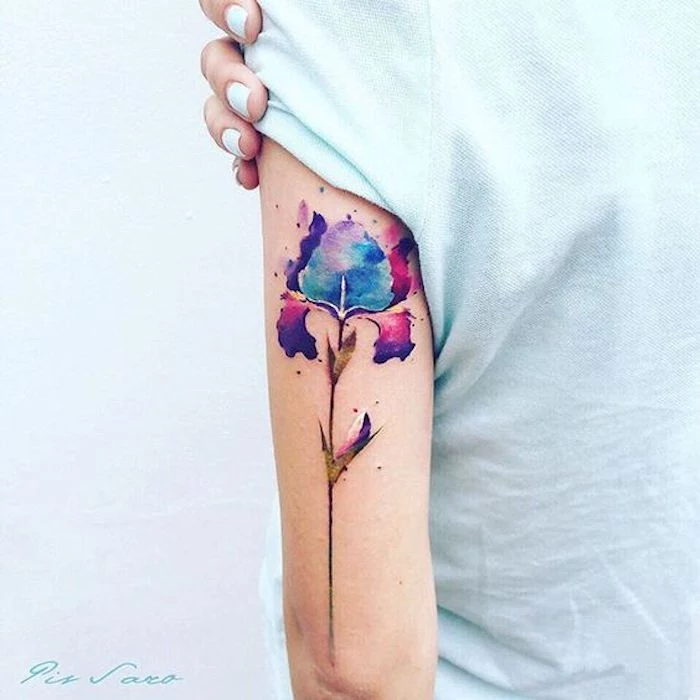
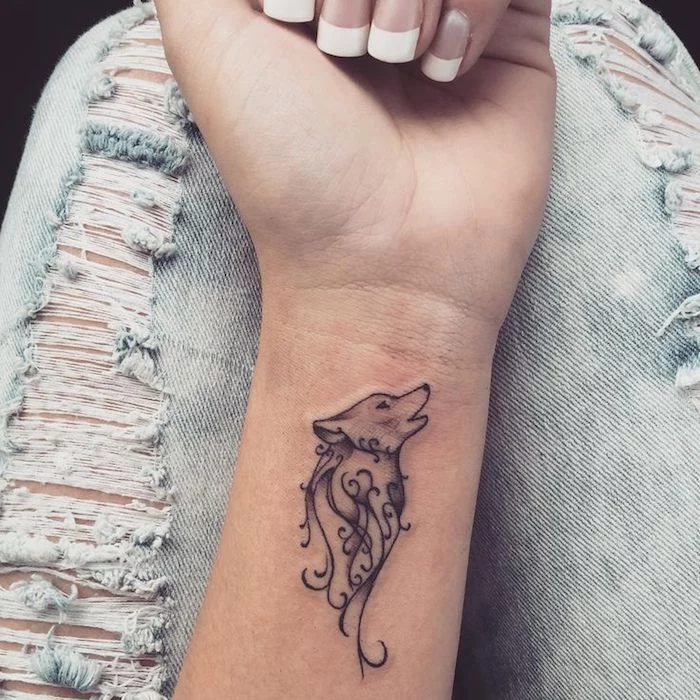
Finding your style is a journey. Start by saving images you love without overthinking it. After a few weeks, look at your collection. Do you see a pattern? Maybe you’re drawn to bold lines, or perhaps delicate florals, or maybe abstract geometric shapes. Use this visual data to communicate with an artist, saying,
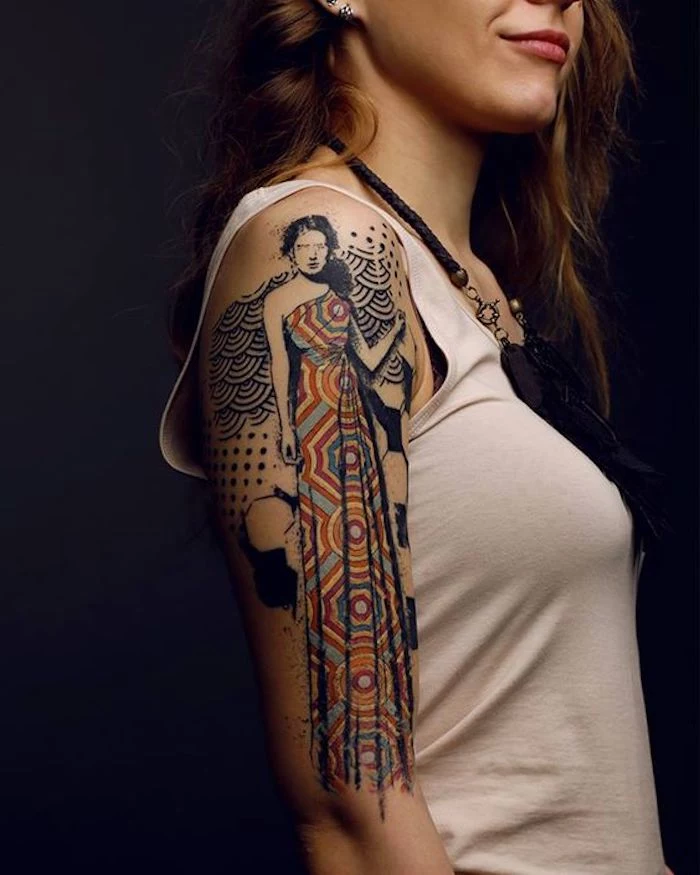
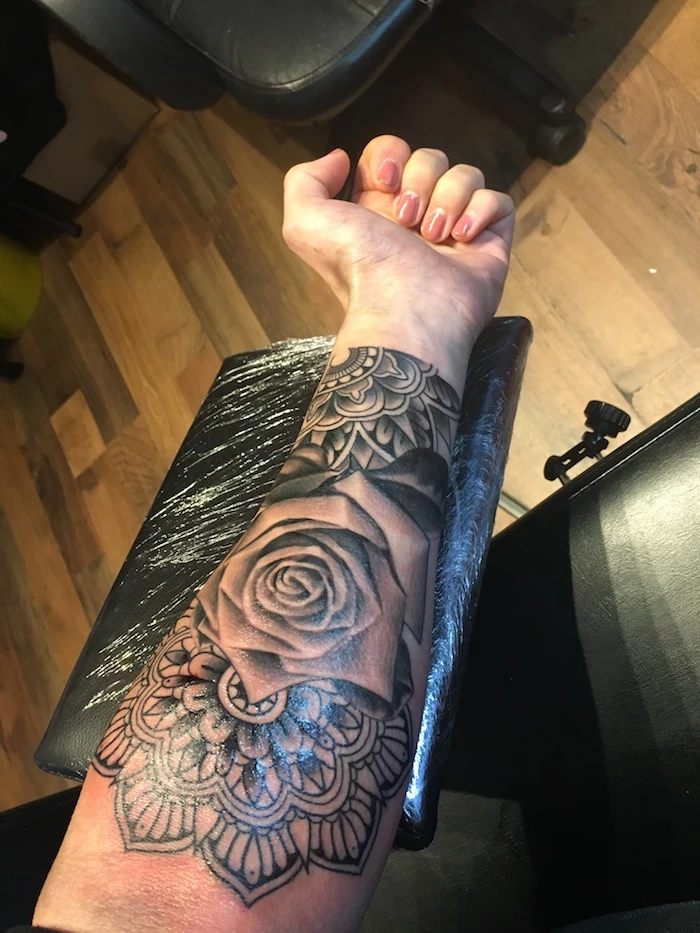
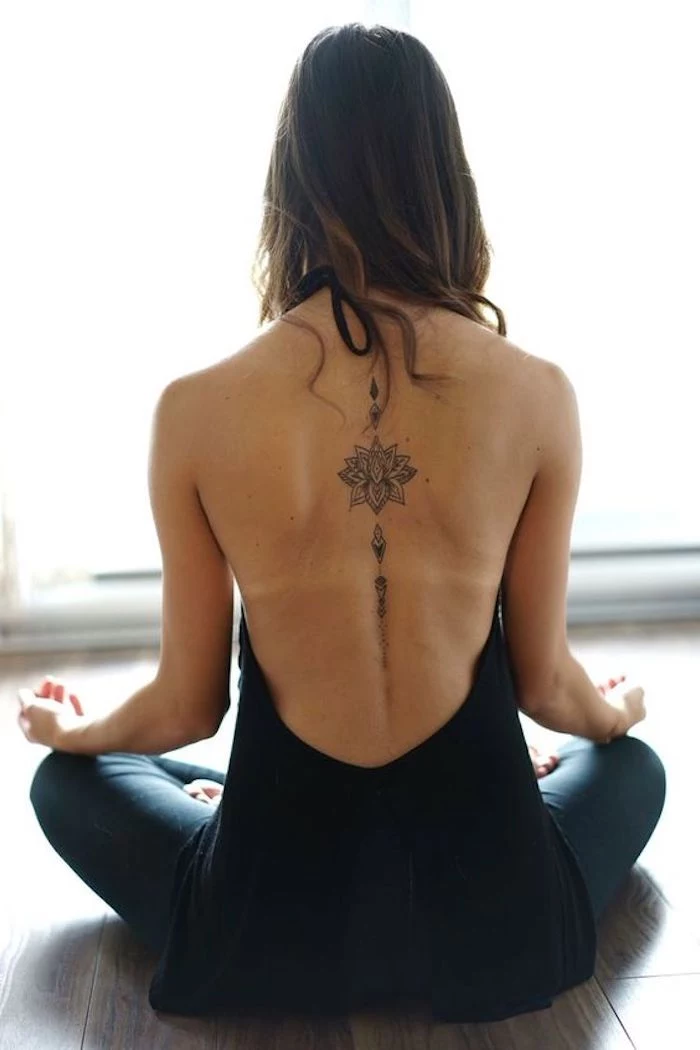
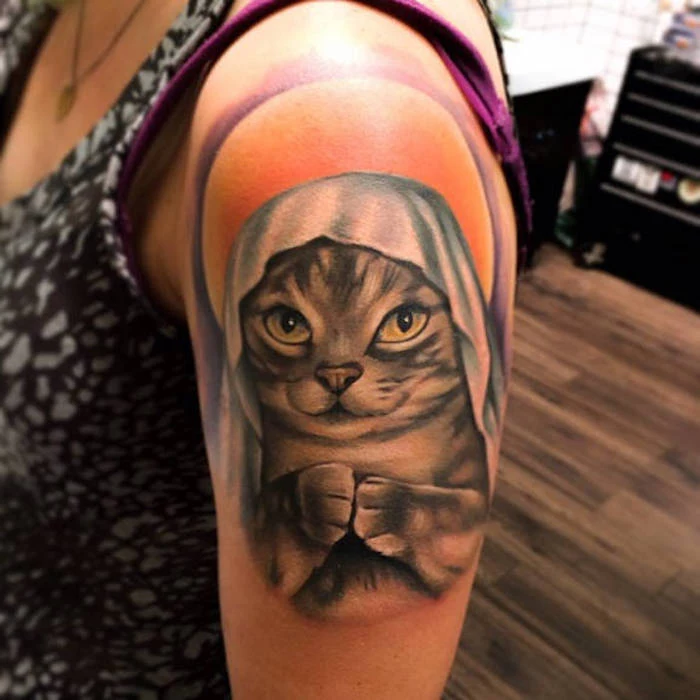
Considering a cover-up? It’s possible, but there are limitations. The new design almost always has to be larger and darker than the original to effectively hide it. An artist specializing in cover-ups will use dark, heavily saturated areas and clever composition to draw the eye away from the old tattoo underneath. Laser removal to lighten the old piece first can significantly open up your options.

